Part II: Bahia de los Angeles – Mulegé
After the first long leg of the Baja down to Bahia de los Angeles we had found our Baja-stride. We realised our skinnier-than-ideal rear tyres were coping ok; we could carry enough water and food; our Spanish was starting to come back to us and were getting used to ‘Baja Midnight’ of 7pm, when restaurants and stores tend close up. But just when we thought we were getting used to the terrain and topography of this incredibly dry and rugged peninsula, it changed it up again, and again.
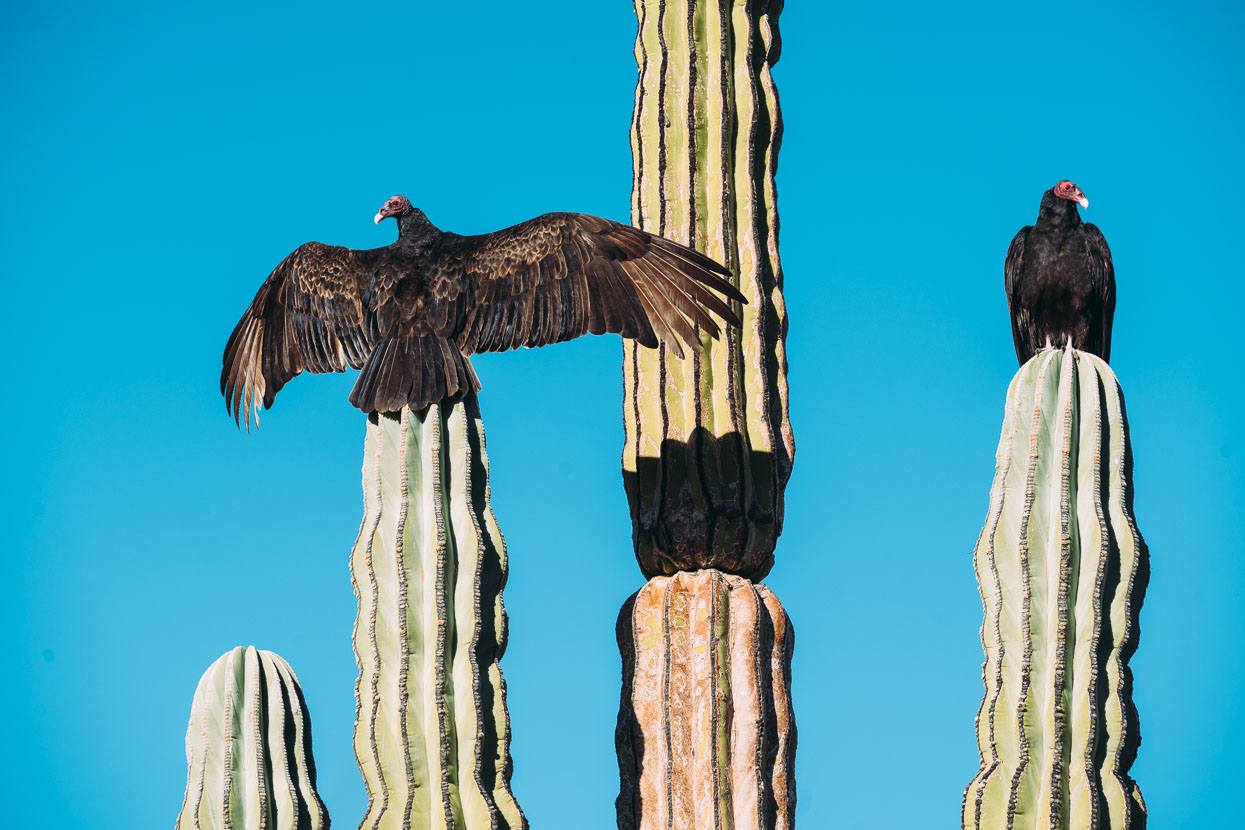
Just a short way out of the Bay of Angels – as the road entered a valley framed by rugged, red mountains – we came across the sight of dozens and dozens of turkey vultures (the most common bird we see here) roosting – wings spread – atop cardon cacti. A pose you might recognise as duplicated on the Tecate beer logo.
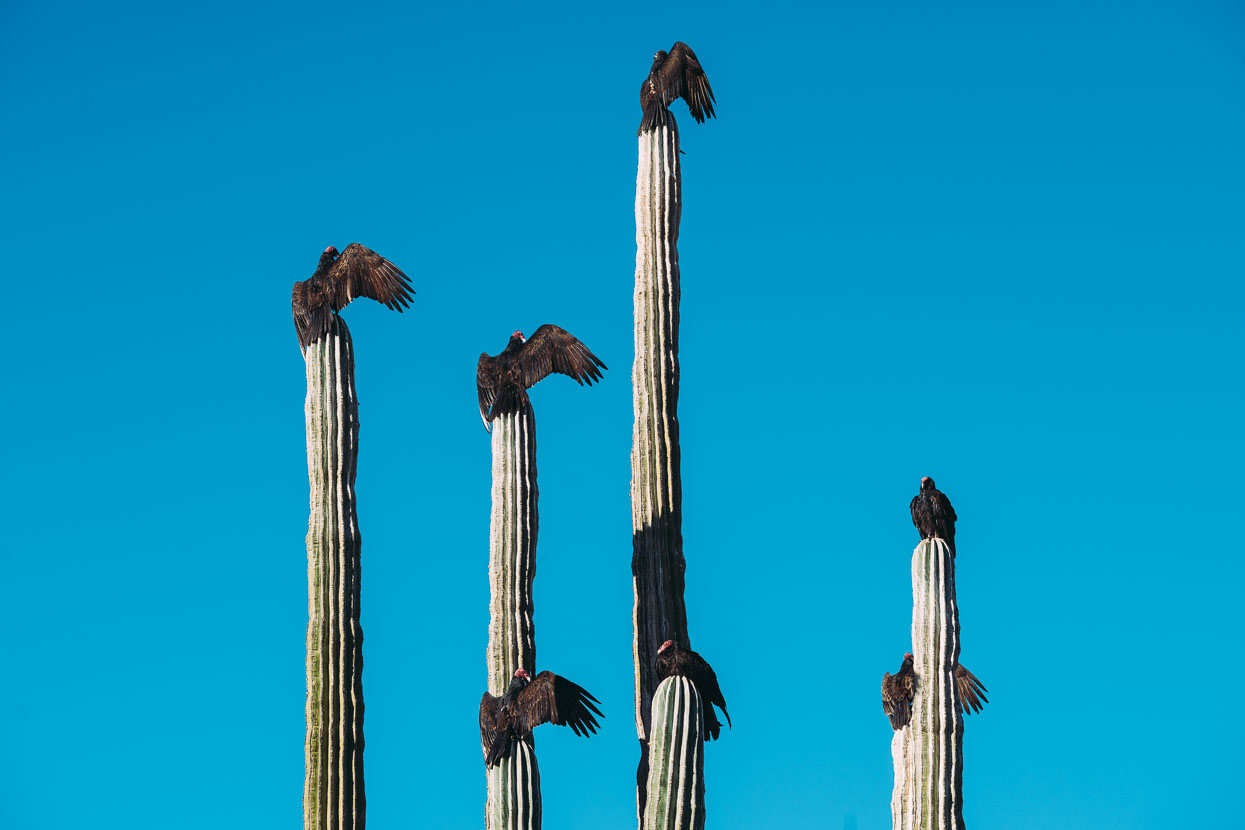
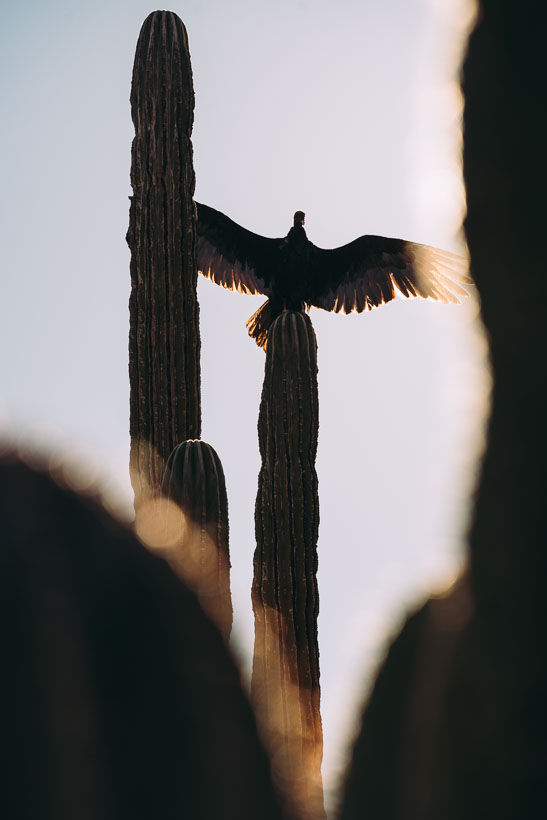
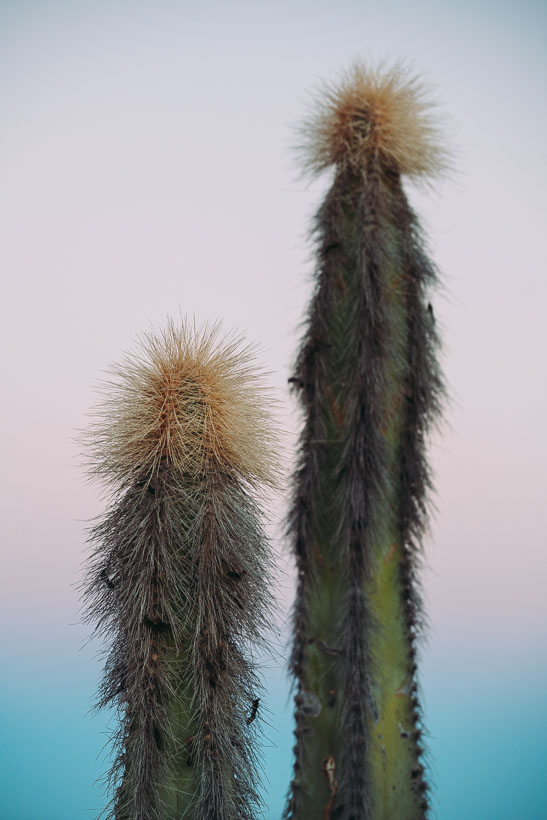
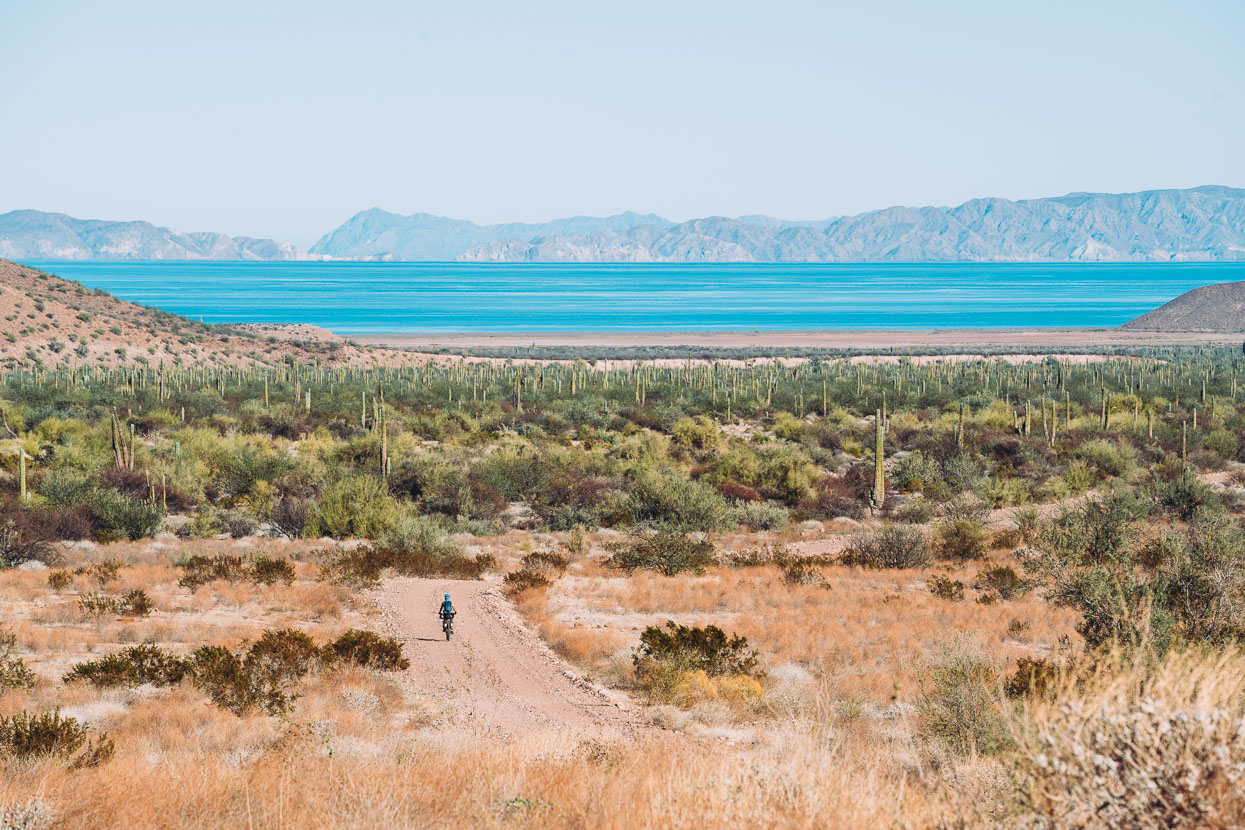
Through broad and dry mountain valleys the road wove; at times towards the sea and at others across craggy passes. We stopped to camp in the bay before San Rafael. It was incredibly calm. Warm. Warm enough even for a quick dip. The water carried barely a ripple and as we walked towards it a column of fins broke the surface; a pod of dolphins smoothly swimming by. They spent the evening passing back and forth across the bay, seeming to enjoy the ambience as much as we were.
At dusk coyotes howled very nearby and soon after a pair appeared on the beach about 100 metres away from us, roaming for an evening snack.
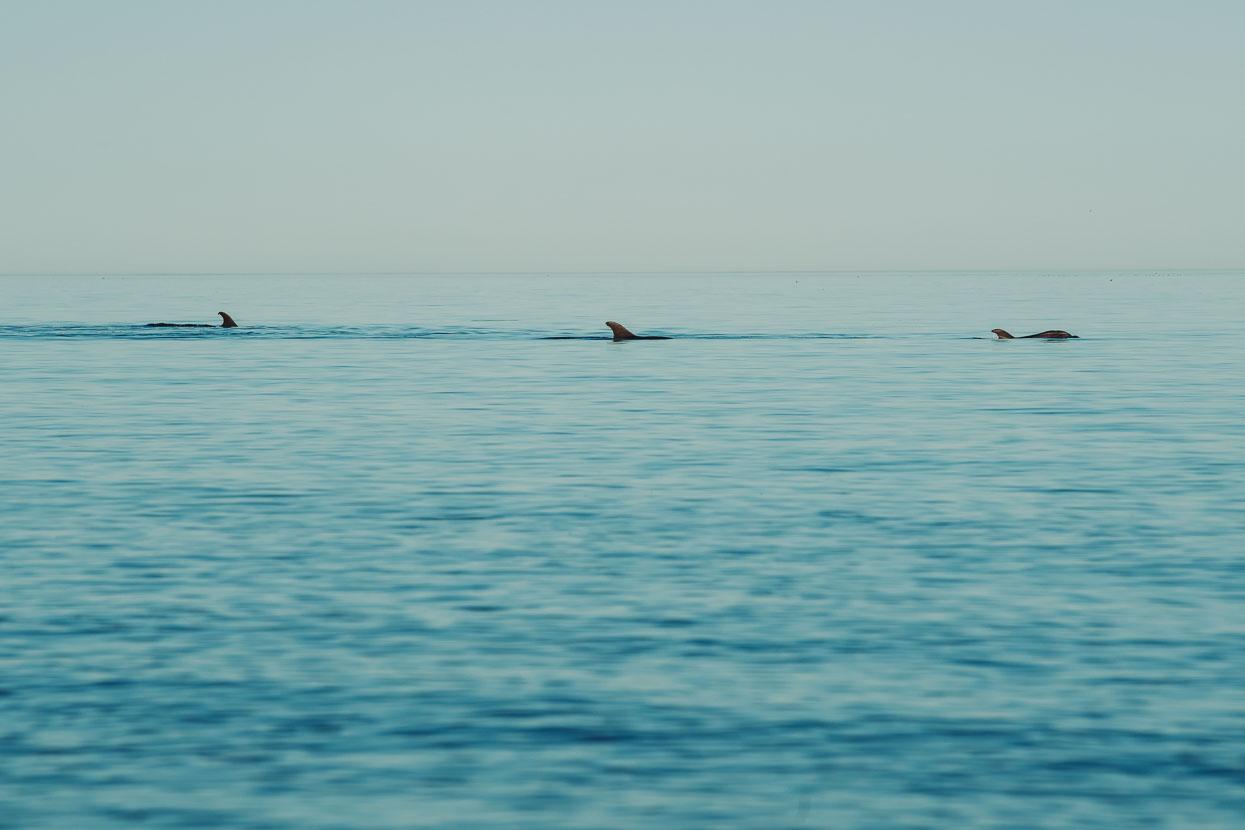
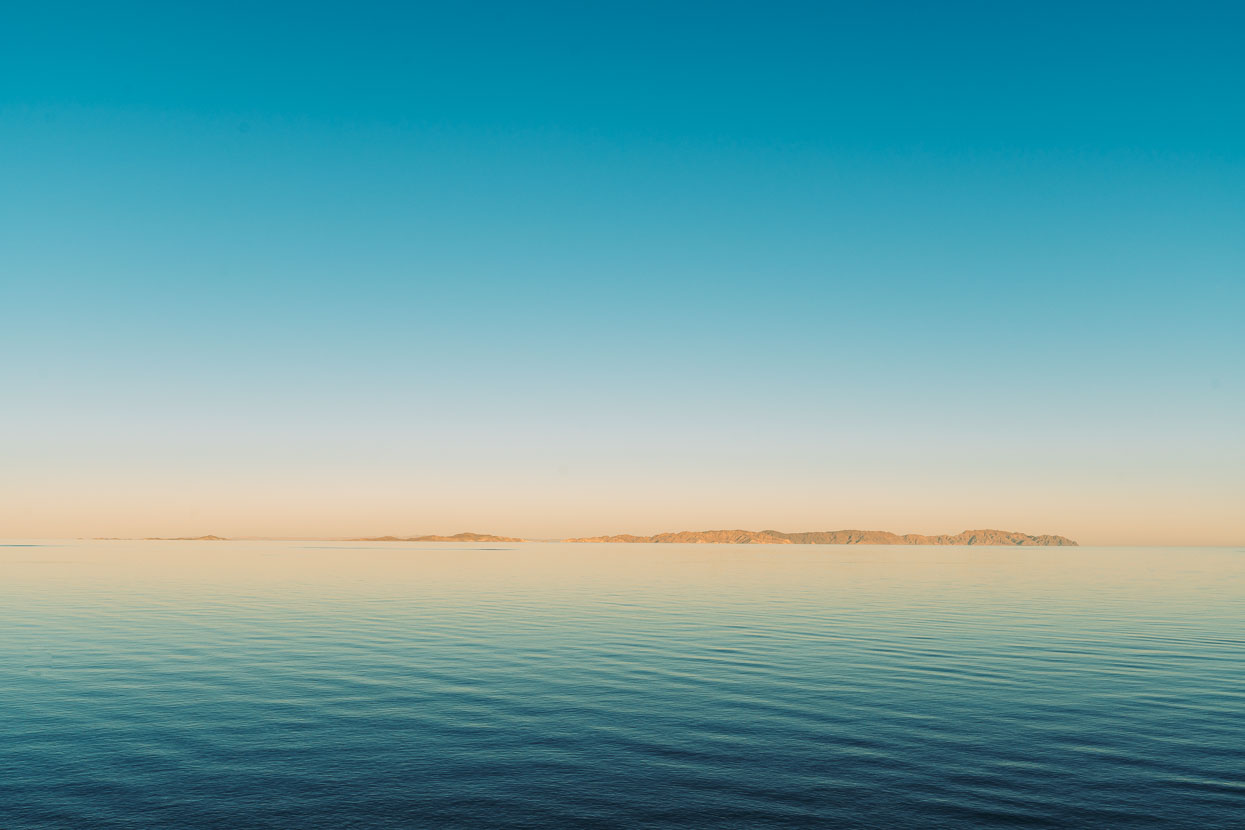
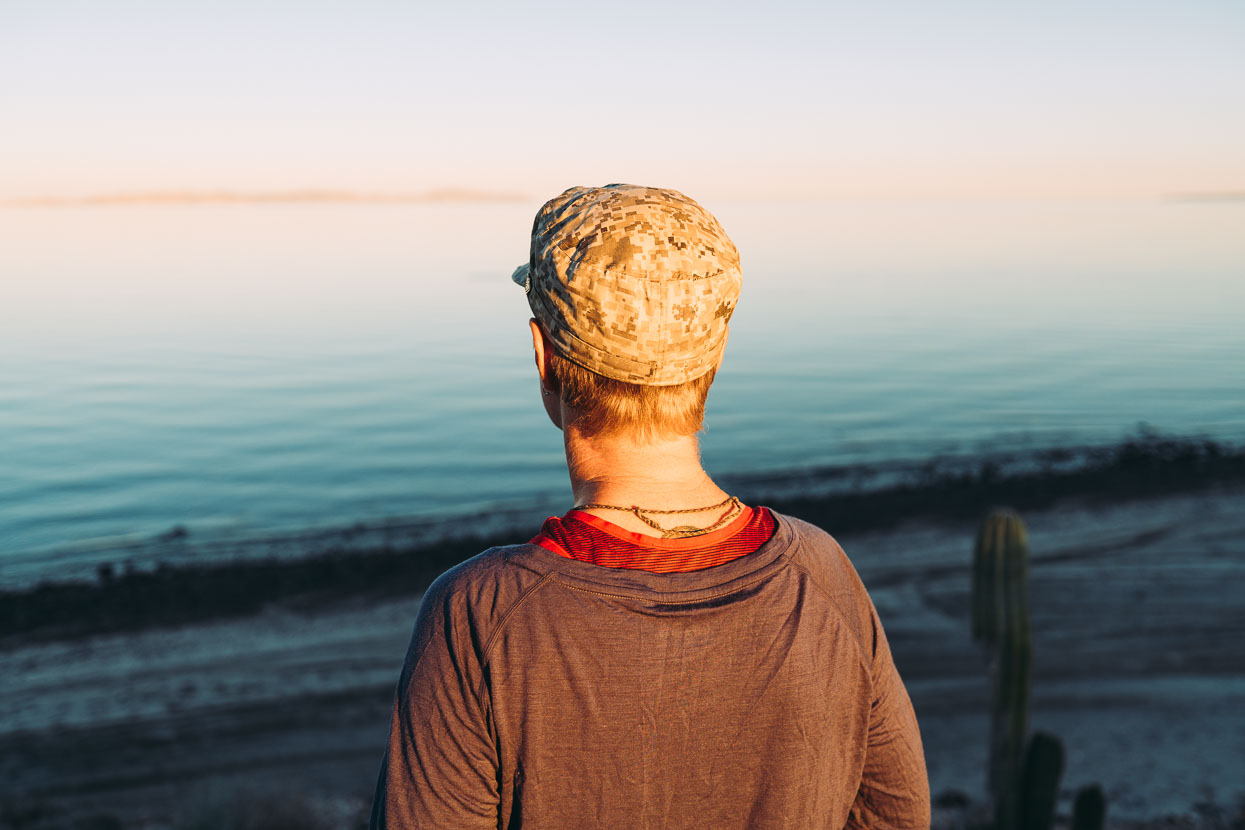
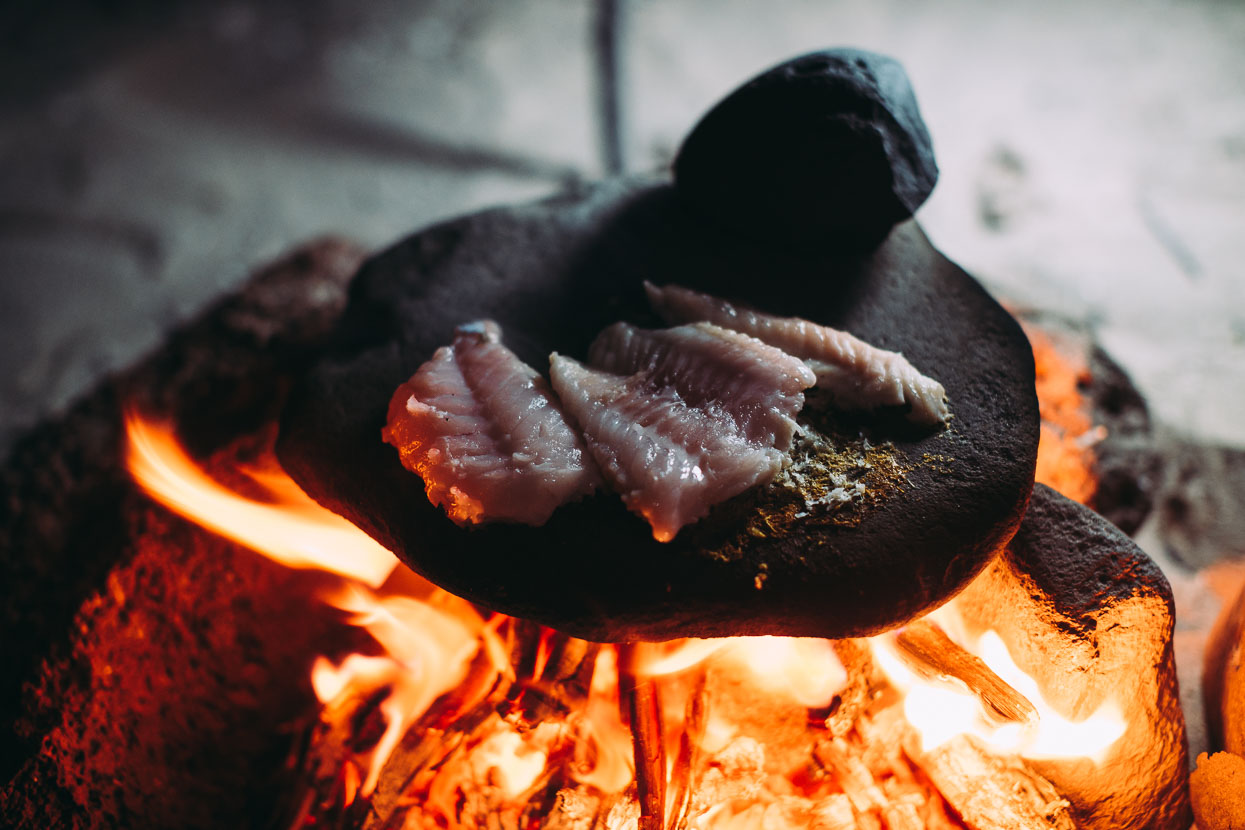
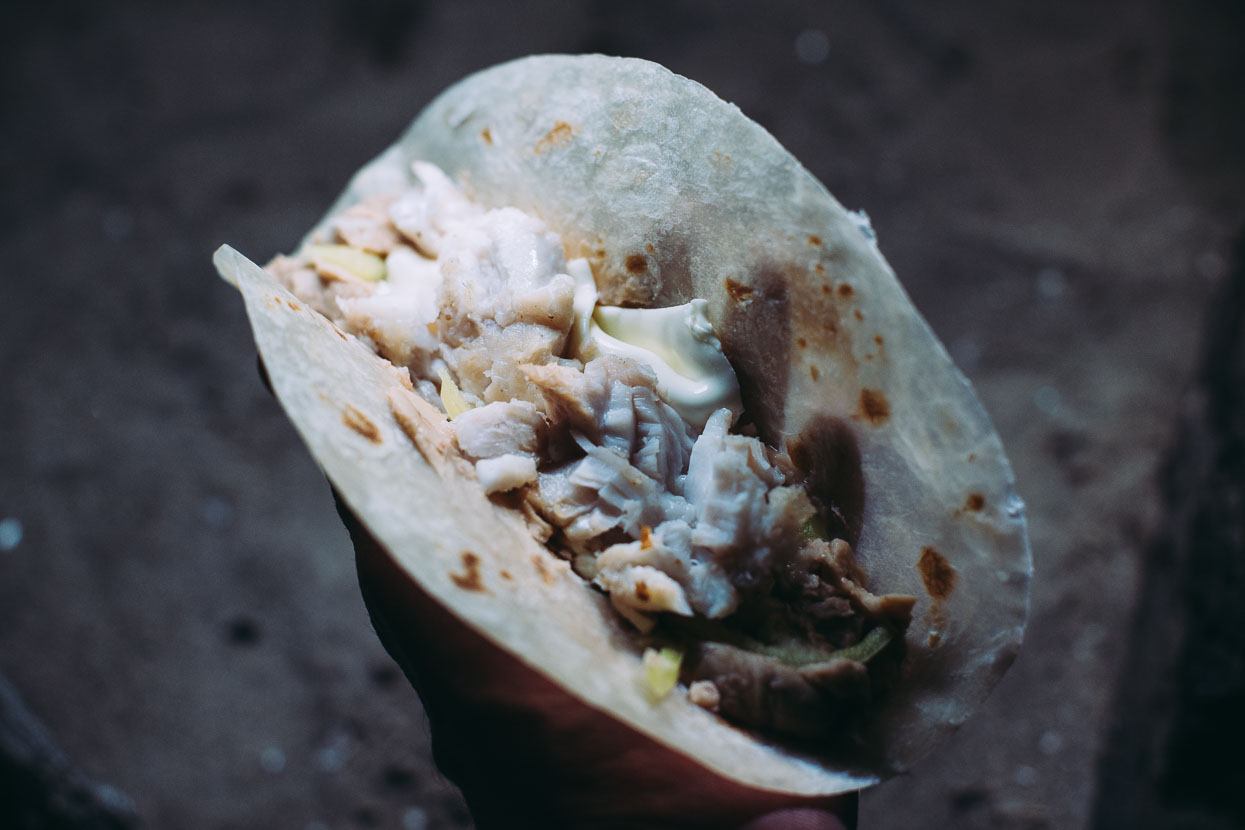
Back in Bahia de los Angeles we’d chatted with some US college boys on a fishing (drinking) vacation. They’d driven past in a 4WD earlier in the day, puncturing on a rock soon after. On our bikes, we came across them drunkenly attempting a wheel change at which point they offered us some fish from the previous day’s catch. Without a stove or cooking implements, we made do with a small fire and a very hot rock to cook it for our tacos.
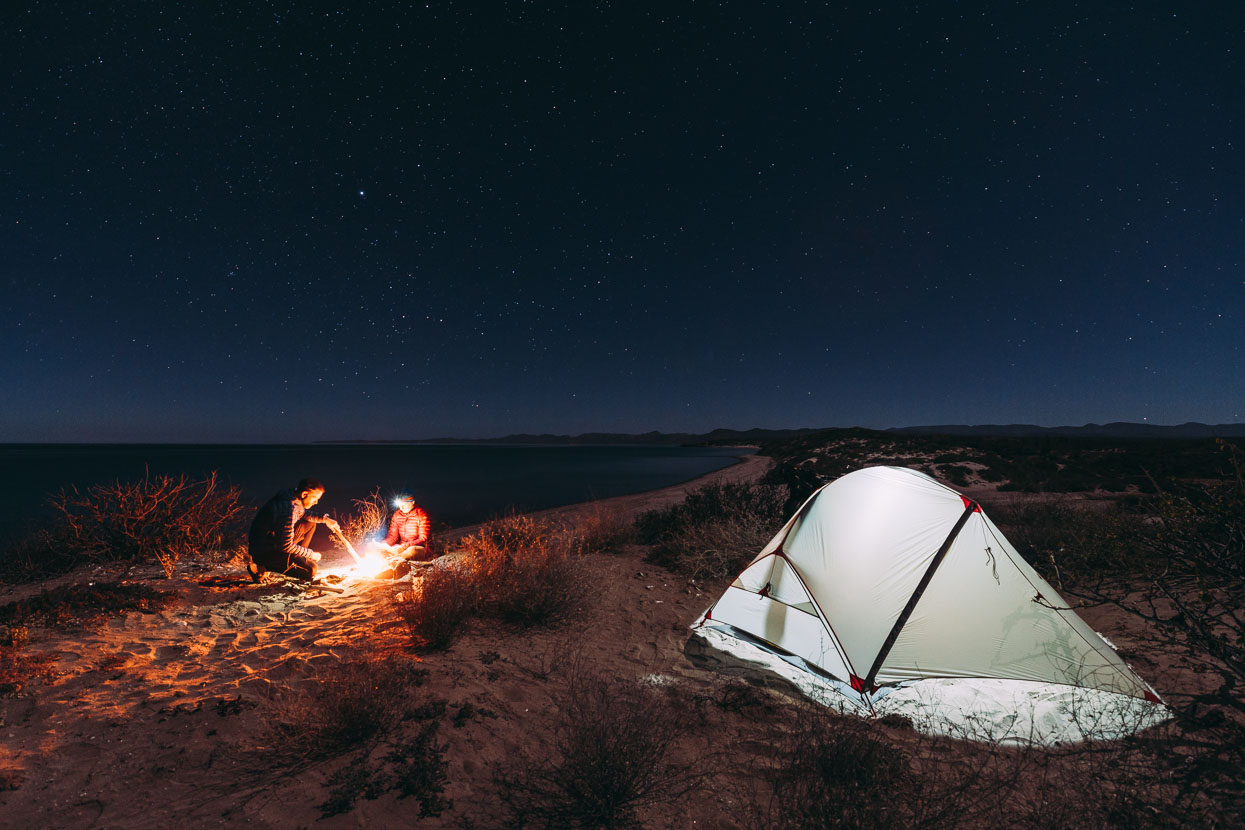
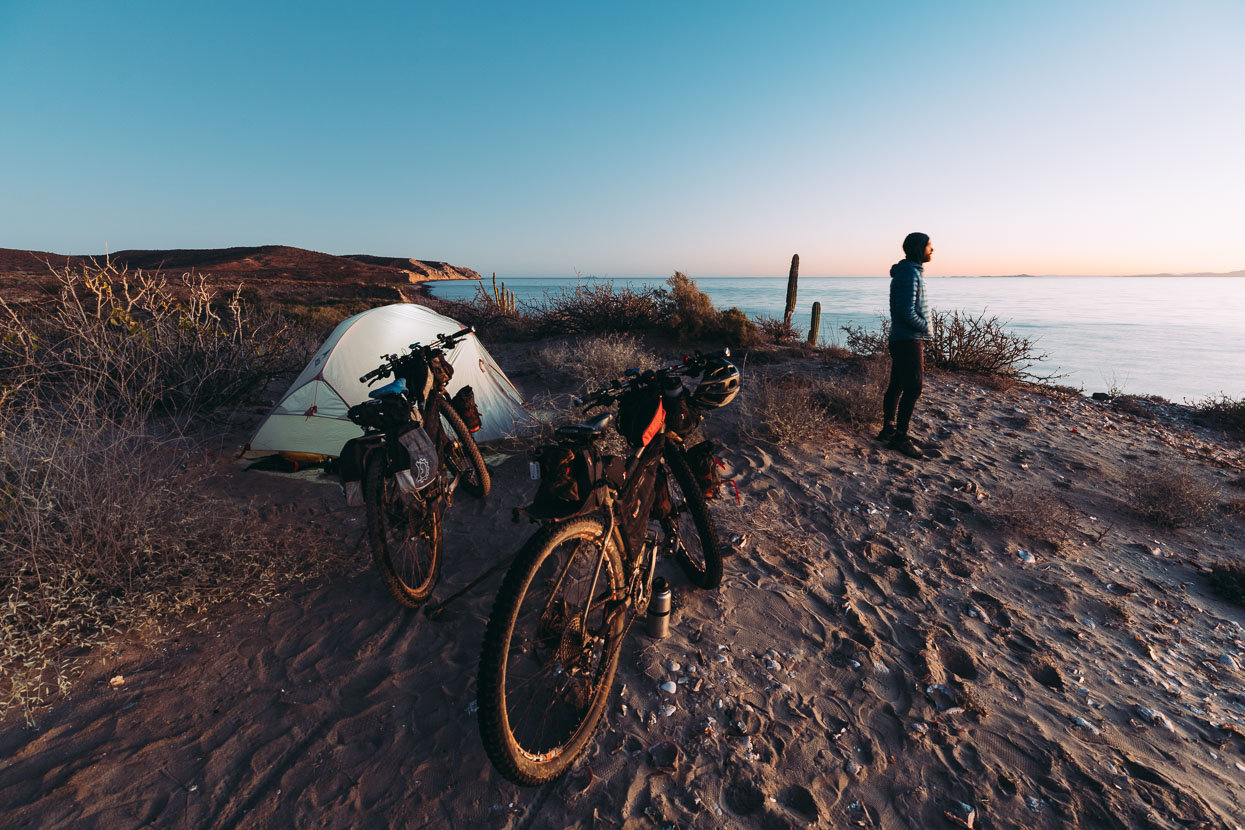
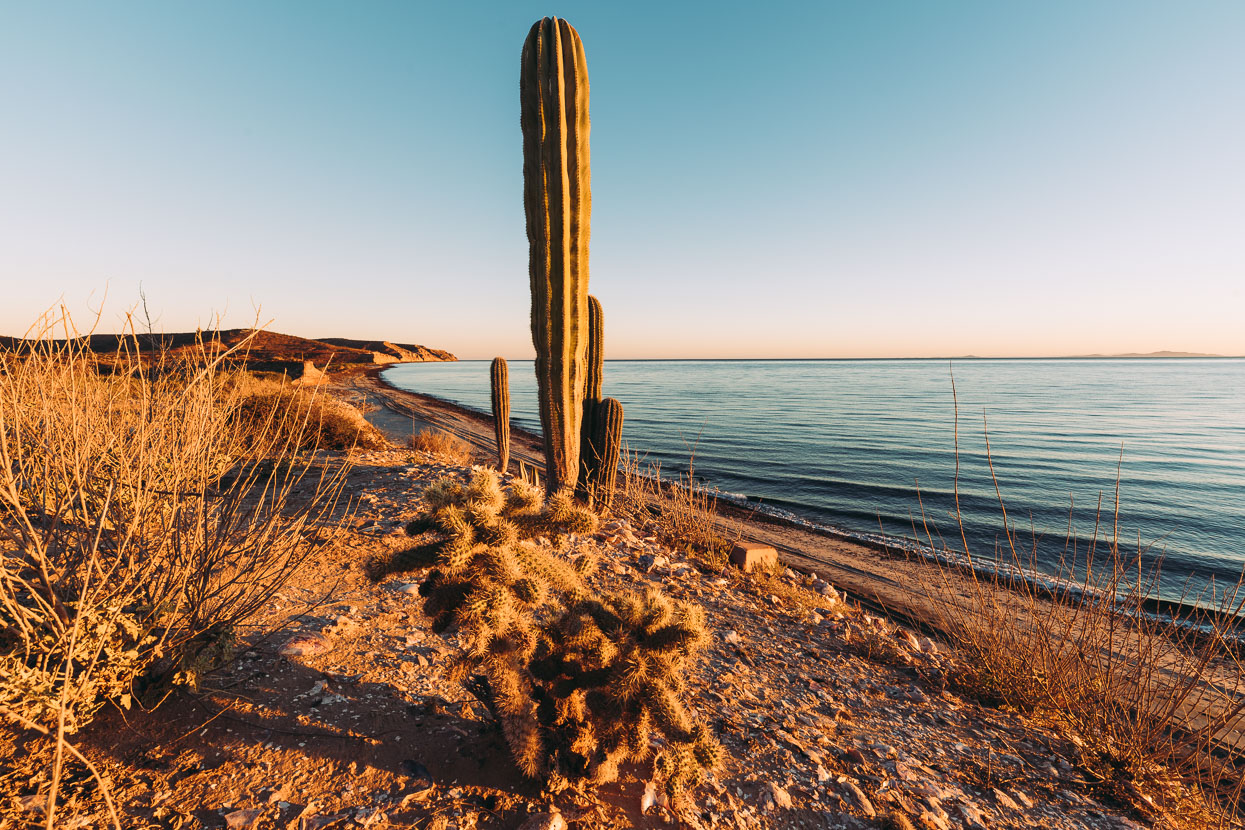
As much as the Baja Divide is about riding through incredible landscapes, challenging yourself on the variable terrain, and all the experiences that come with touring in a developing country; it’s also about the camping and the random patches of dirt you get to call home each night. Sometimes they’re poxy and sometimes they’re the best campsite you’ve ever had.
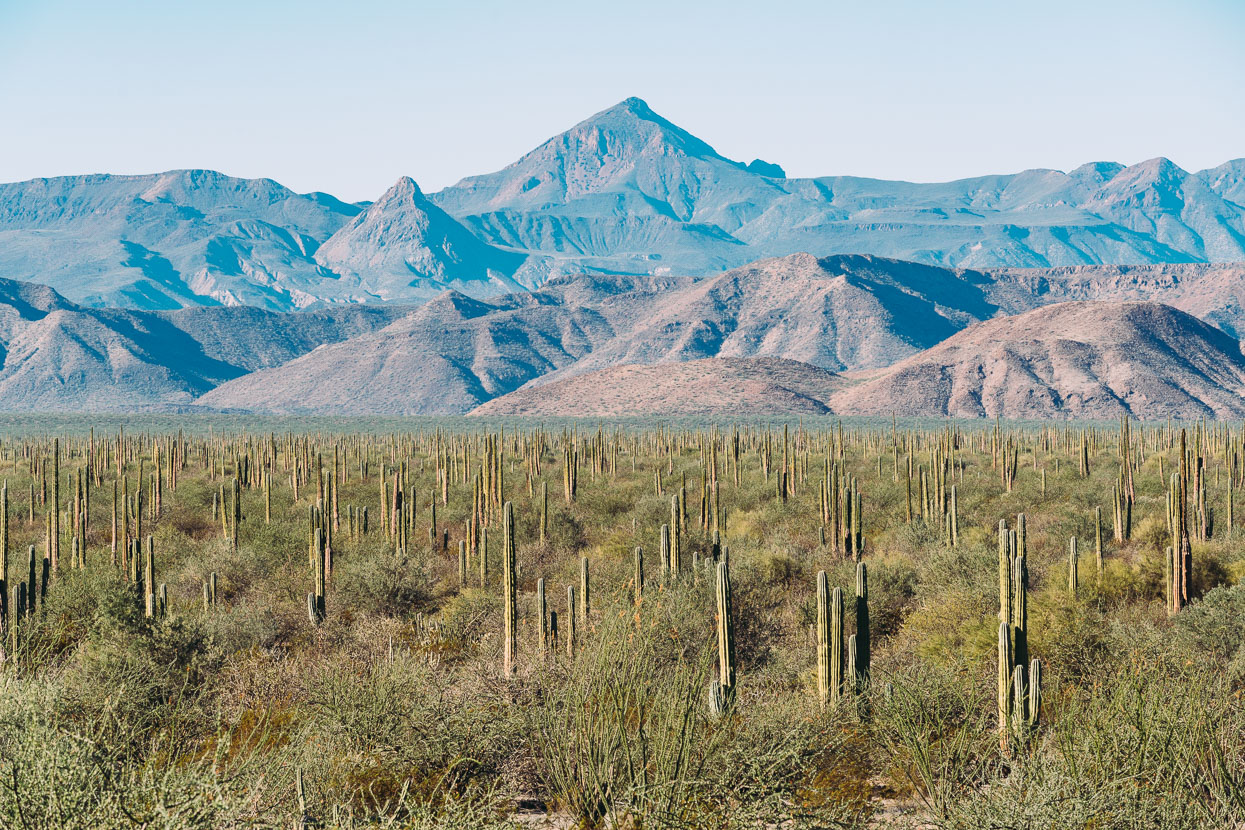
A giant cardon army defended the mountains, but we got through after bribing an ocotillo.
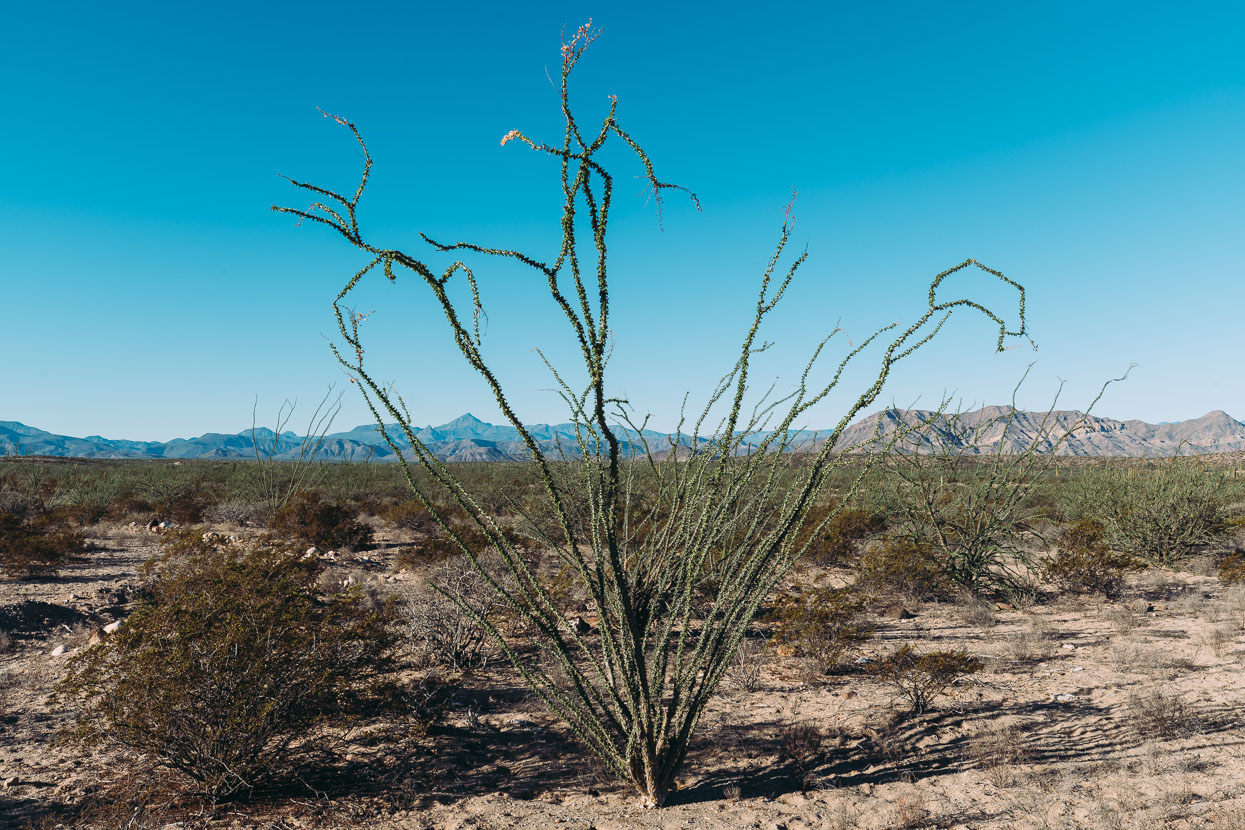
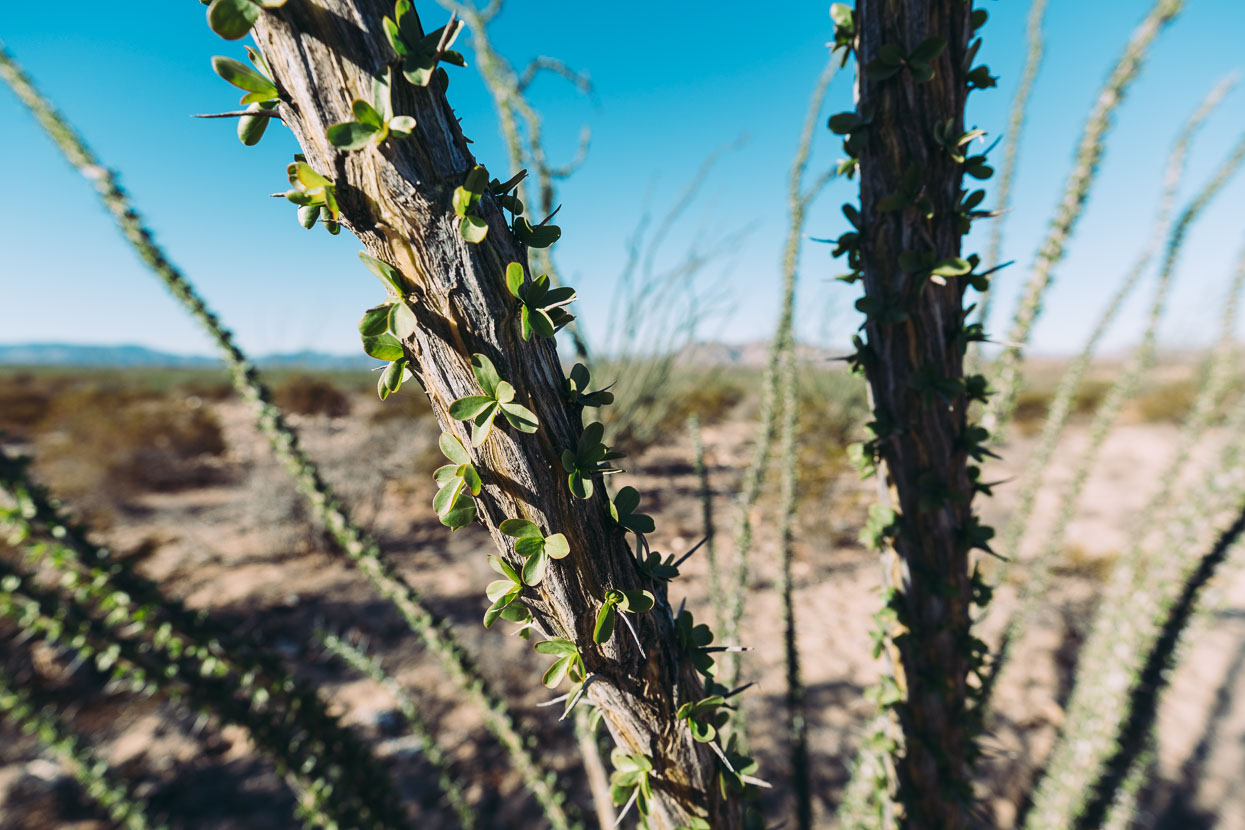
We made a small detour to Rancho Escondido to resupply with water. An elderly couple in attendance were happy to help out. Born and bred in the valley they now look after the ranch for the owner, but have their own small ranch elsewhere in the valley. We chatted in broken Spanish over coffee that they generously offered us, and made friends with the gato.
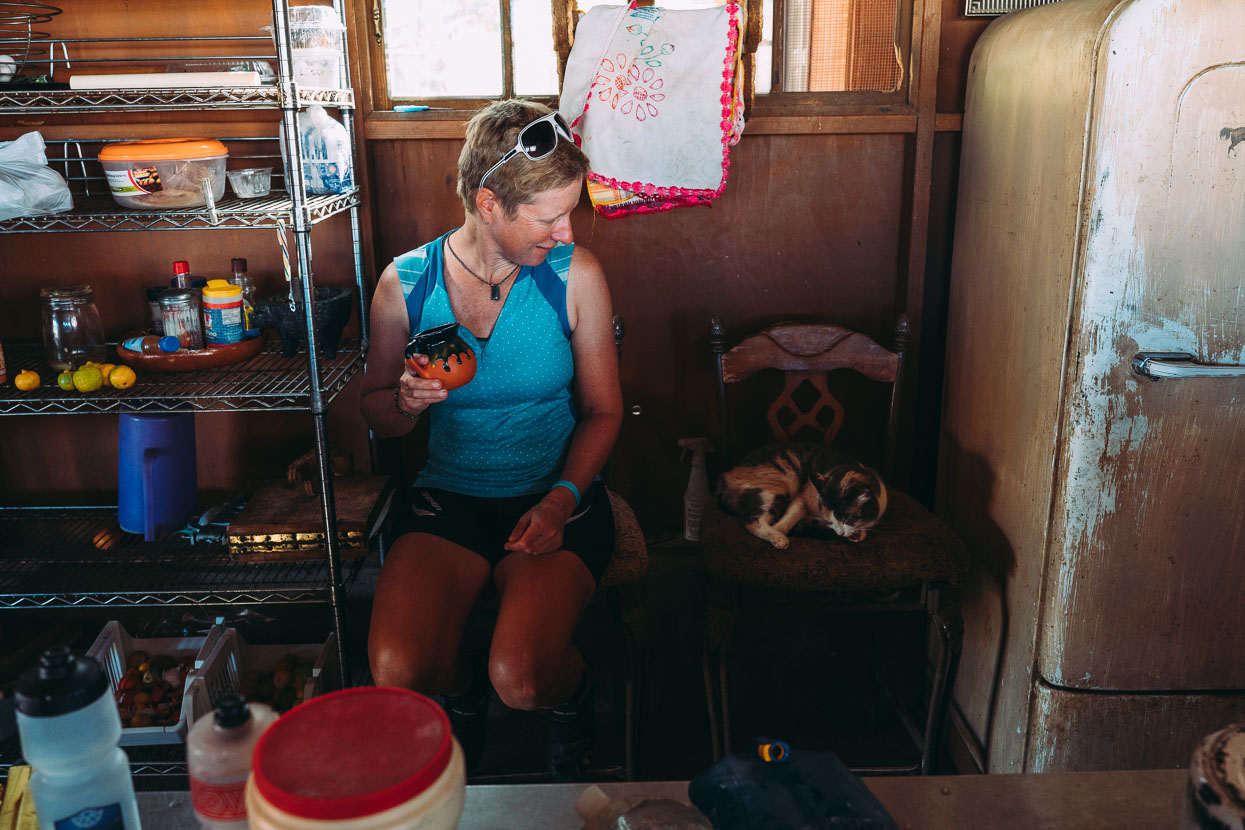
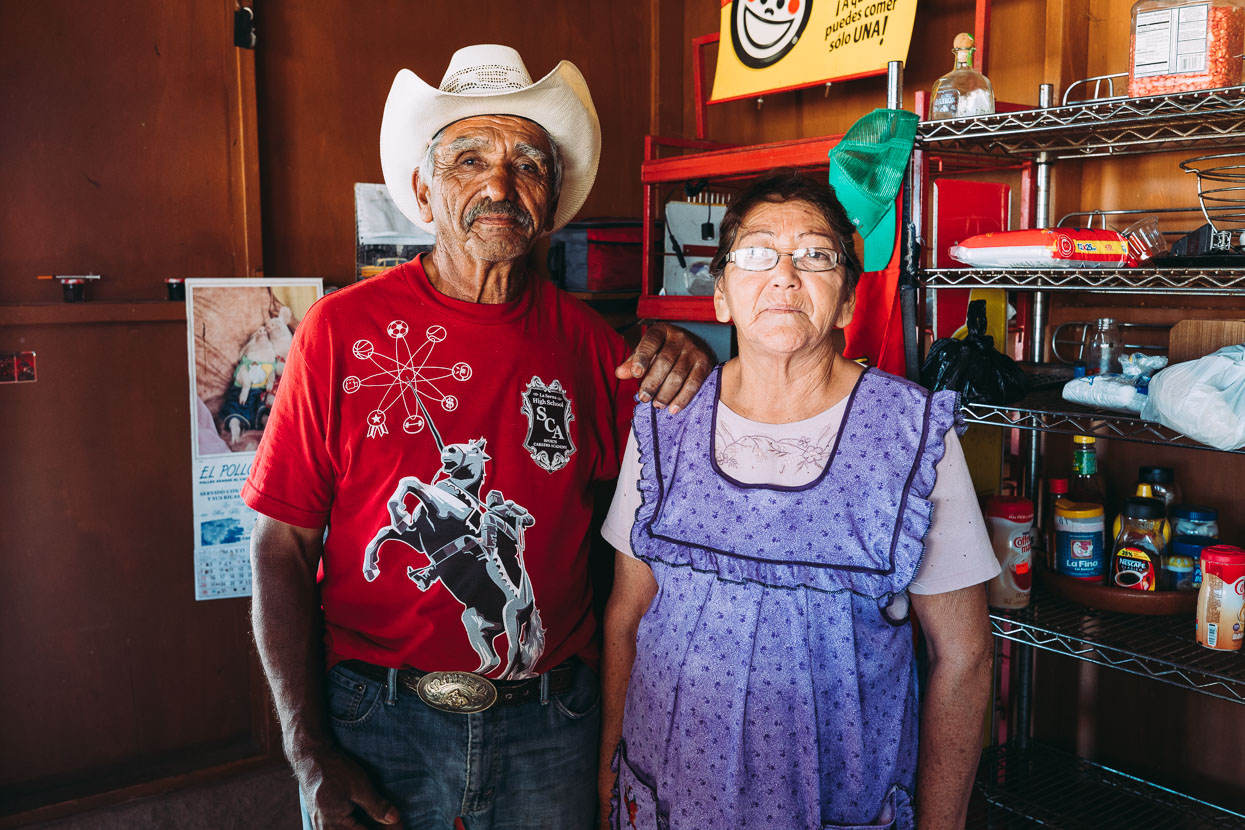
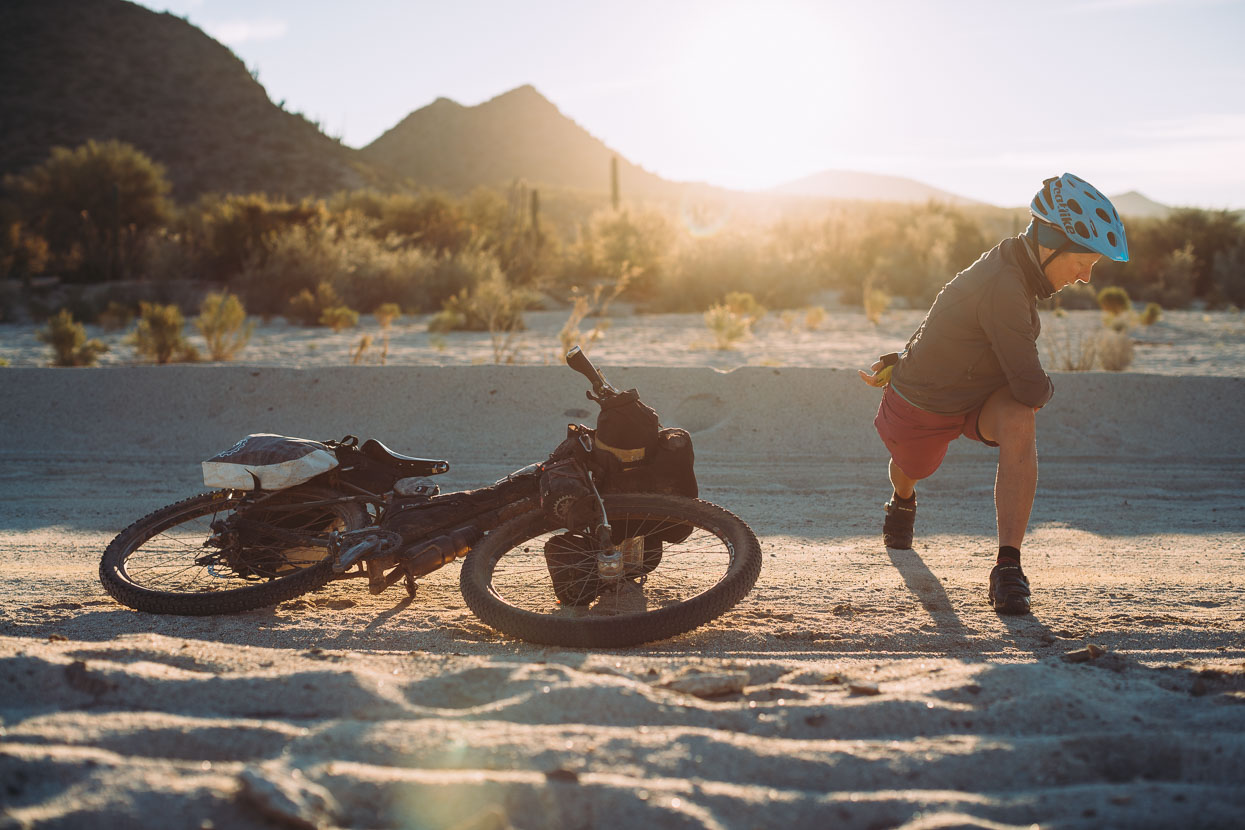
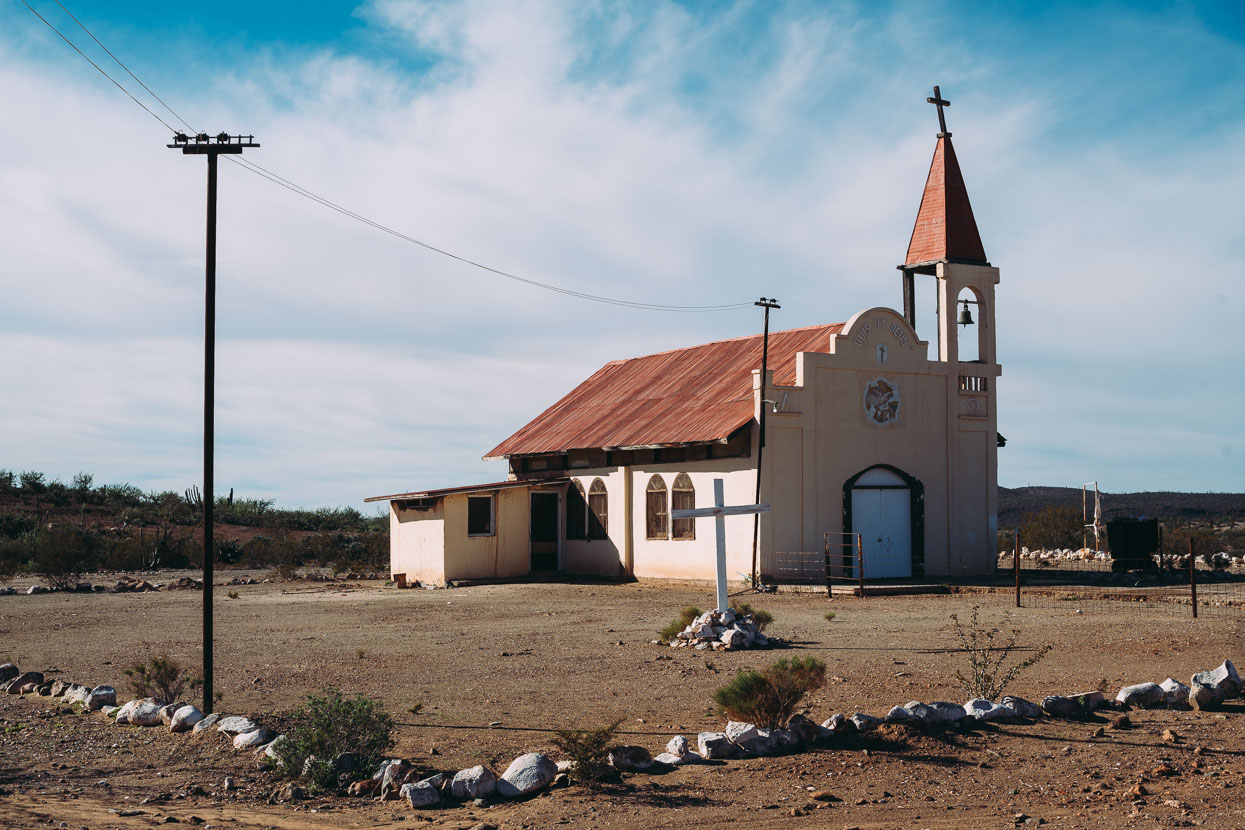
Between El Arco and the big town of Vizcaino the road alternated between almost-too-sandy-to-ride and really loose and rocky. You use a lot of concentration keeping cadence smooth through the sand, and picking your line among the rocks.
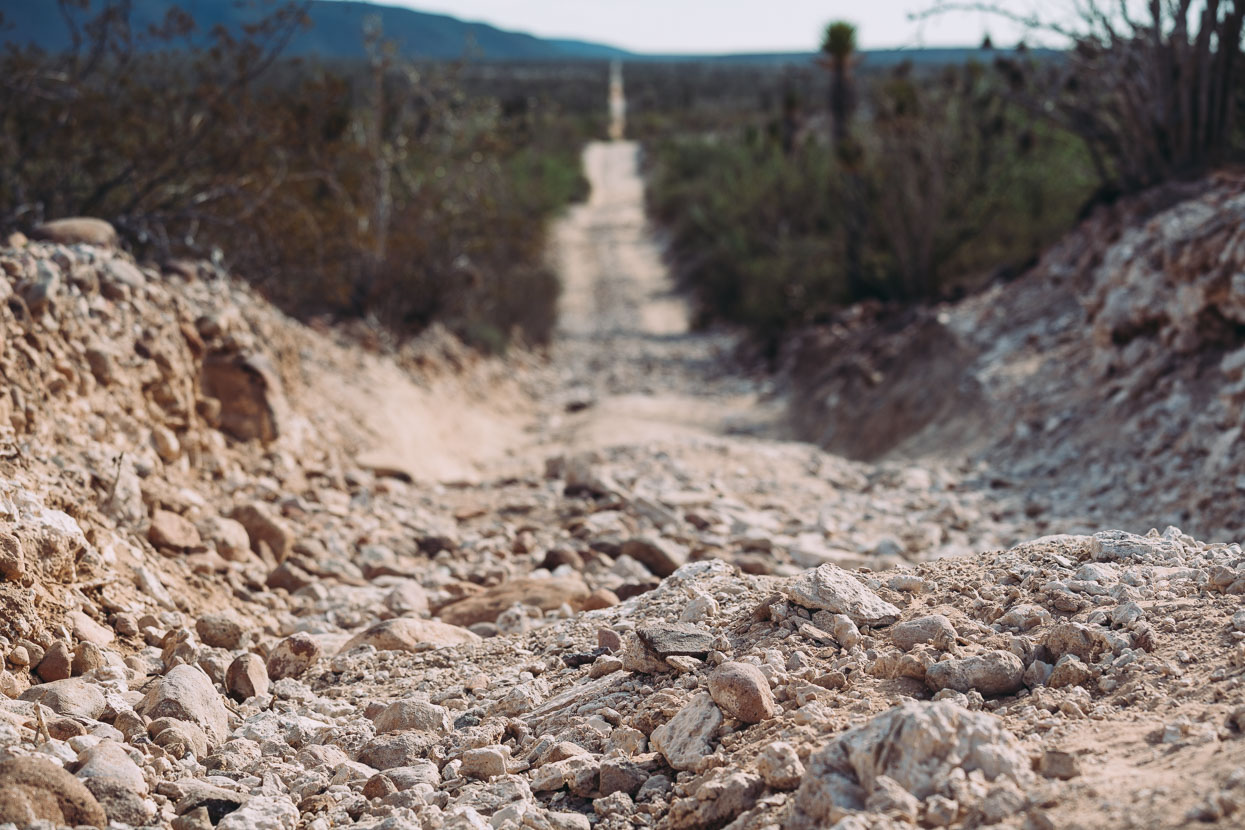
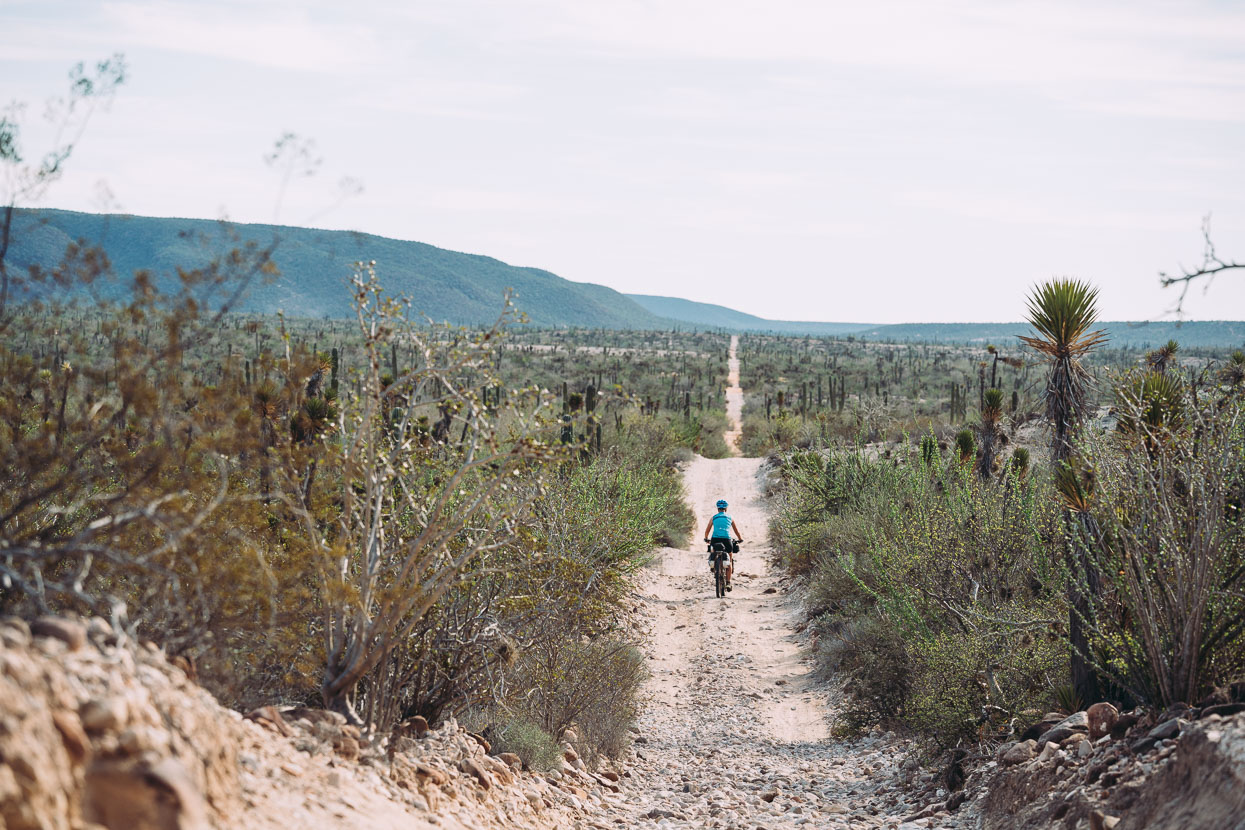
A very steep and rough stretch of riding leads to the crest of the ridge in the morning.
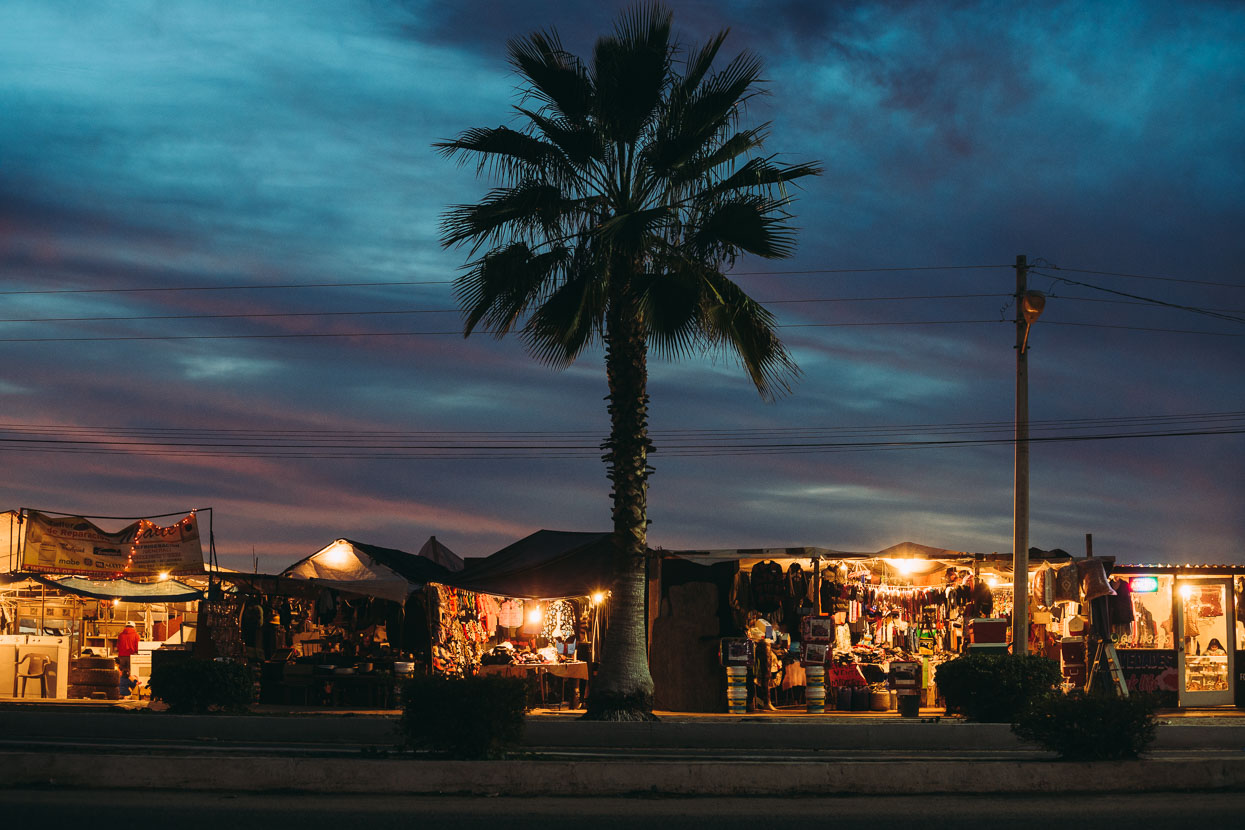
Vizcaino. Like most of the other highway towns Baja has passed through so far Vizcaino also seemed to lack the joy de vivre that many Mexican towns are known for, still it was a good place to spend the night in a cheap and comfortable room and eat a hot meal.
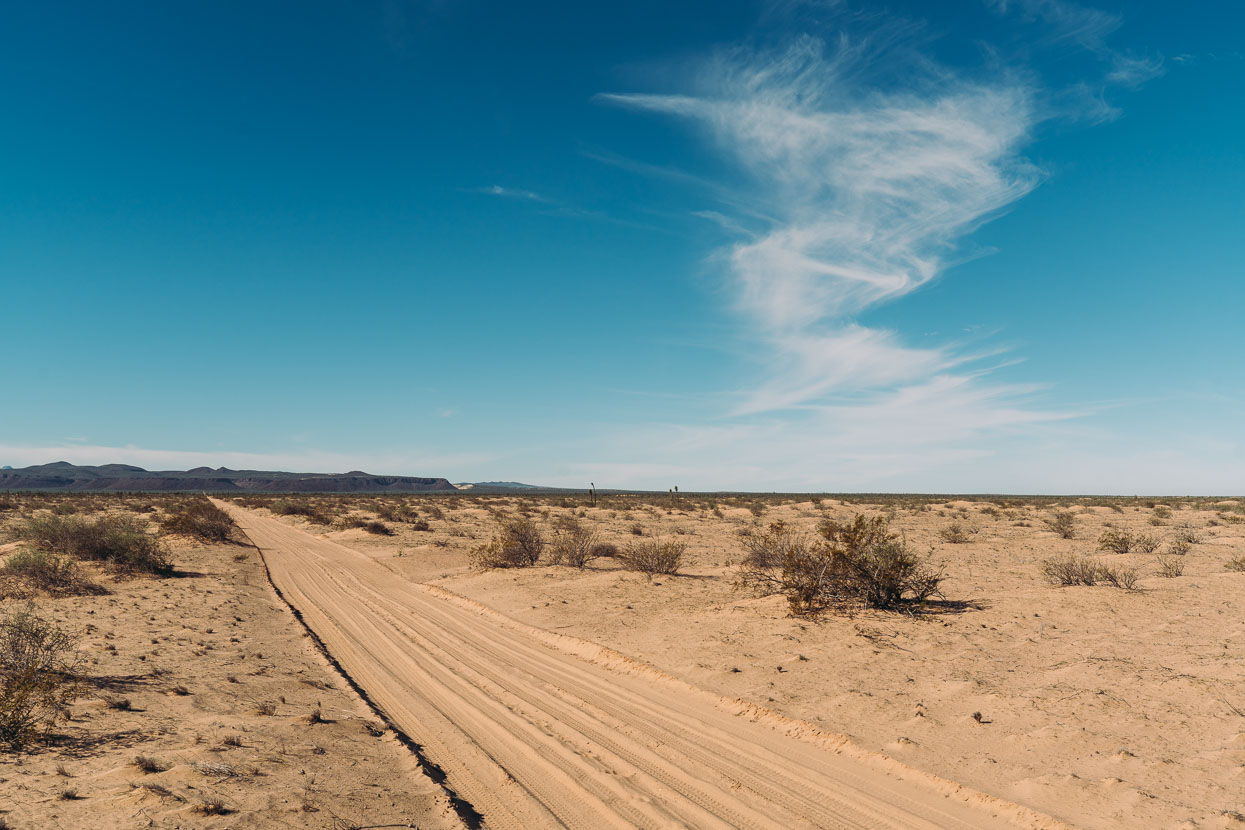
From Vizcaino the route takes the highway for 20-odd kilometres, then a fast dirt road for a while before cutting off that onto an improbable looking sandy track. It looked so unlikely that we even second guessed the GPS for a while before committing to it. Low tyre pressures and smooth pedalling makes the fine, bottomless sand rideable.
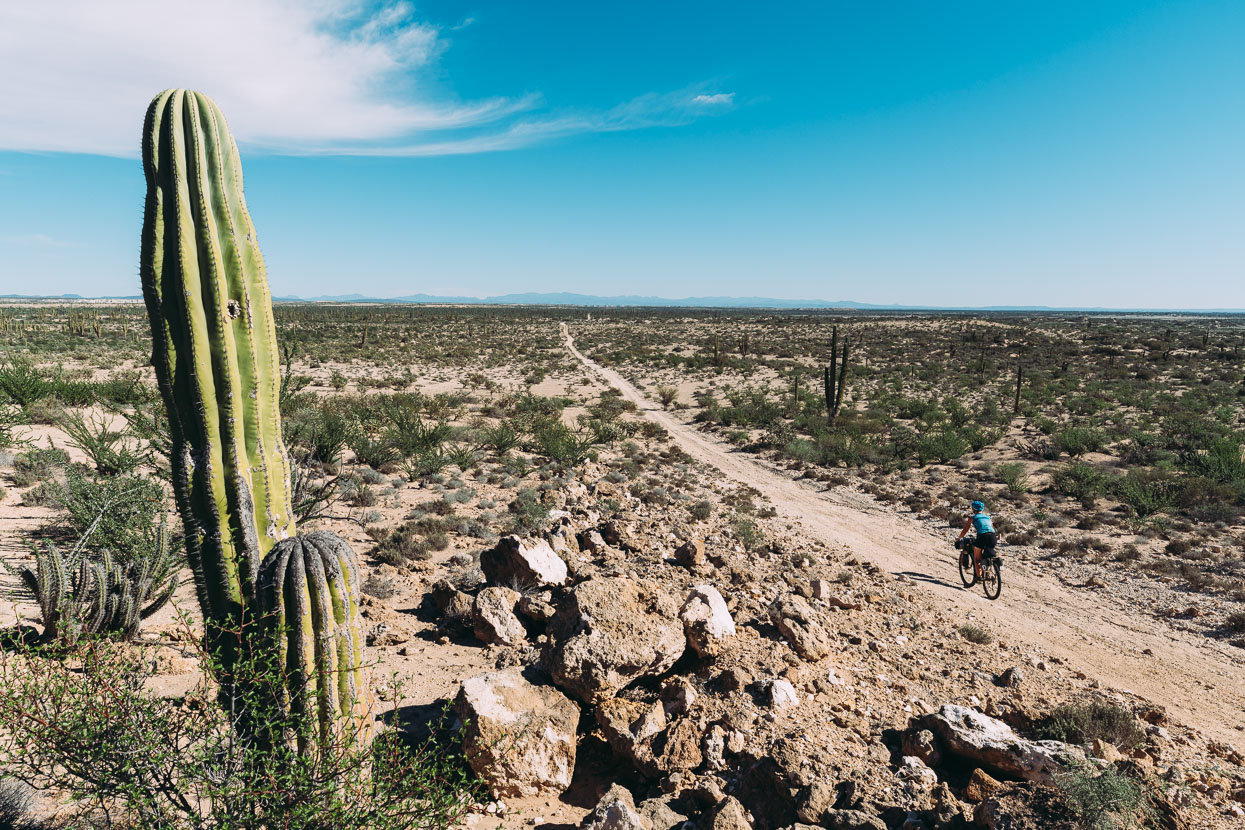
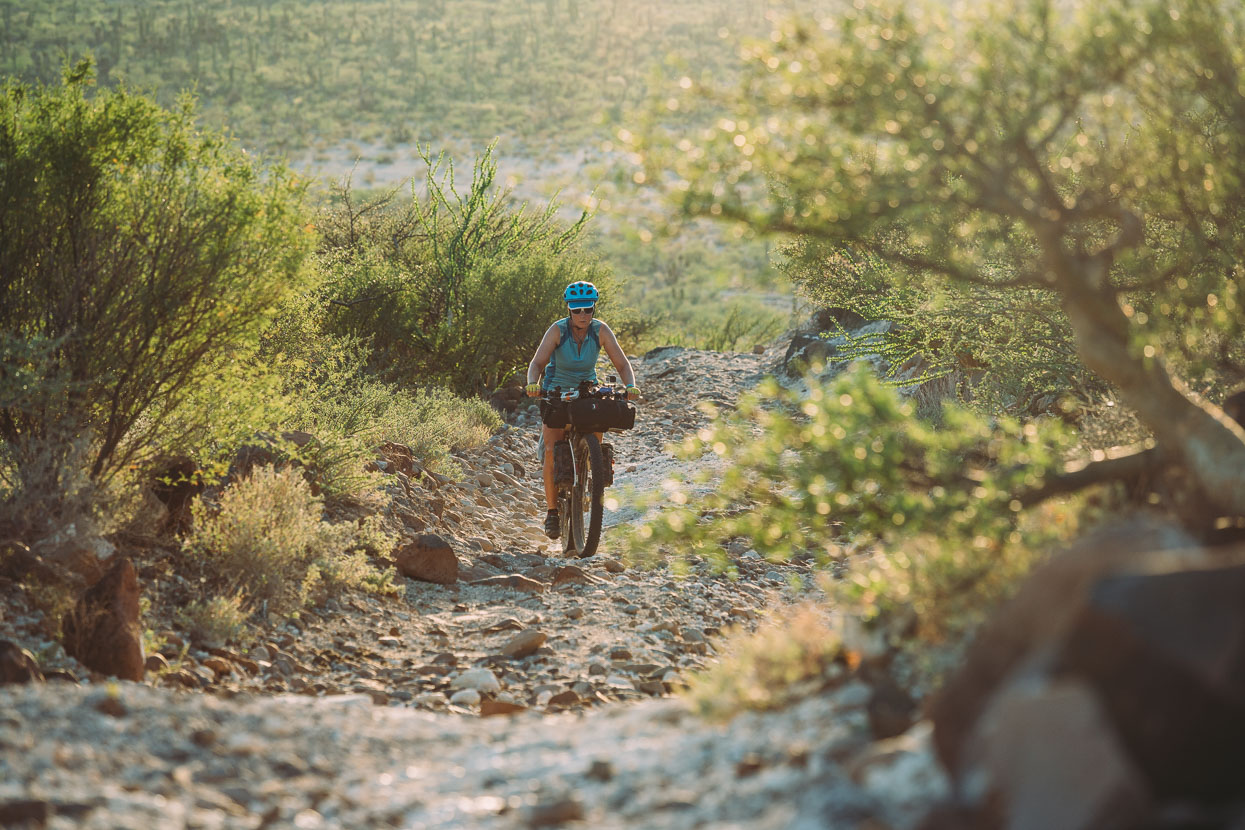
This particular day was the hottest we had on the whole ride, getting up to 32°C in the early afternoon. The kind of dry heat that evaporates the moisture from your mouth while you ride. A hot tailwind pushed us along a bit but we both suffered in the heat and ran out of water. Having committed to reaching San Ignacio that day we pushed on after sunset, riding and pushing the very rough last couple of kilometres into the village in the dark.
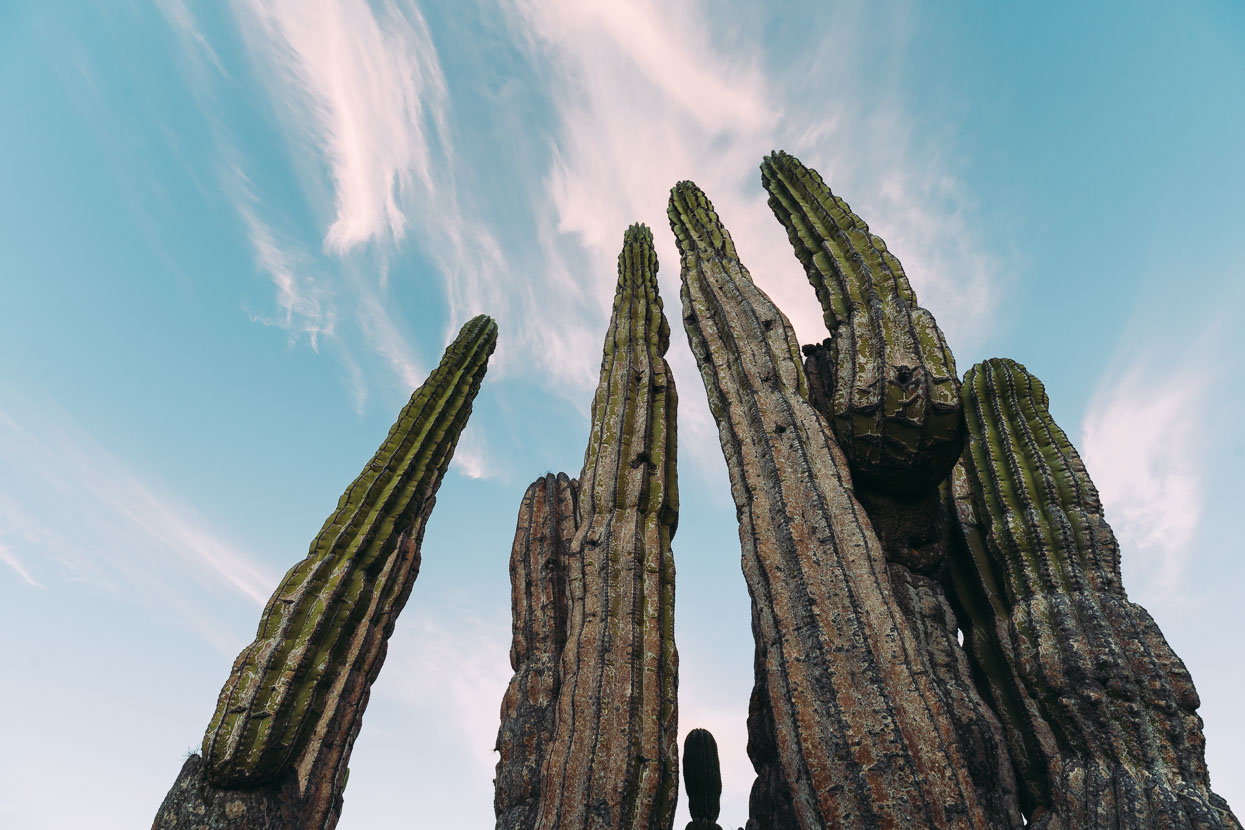
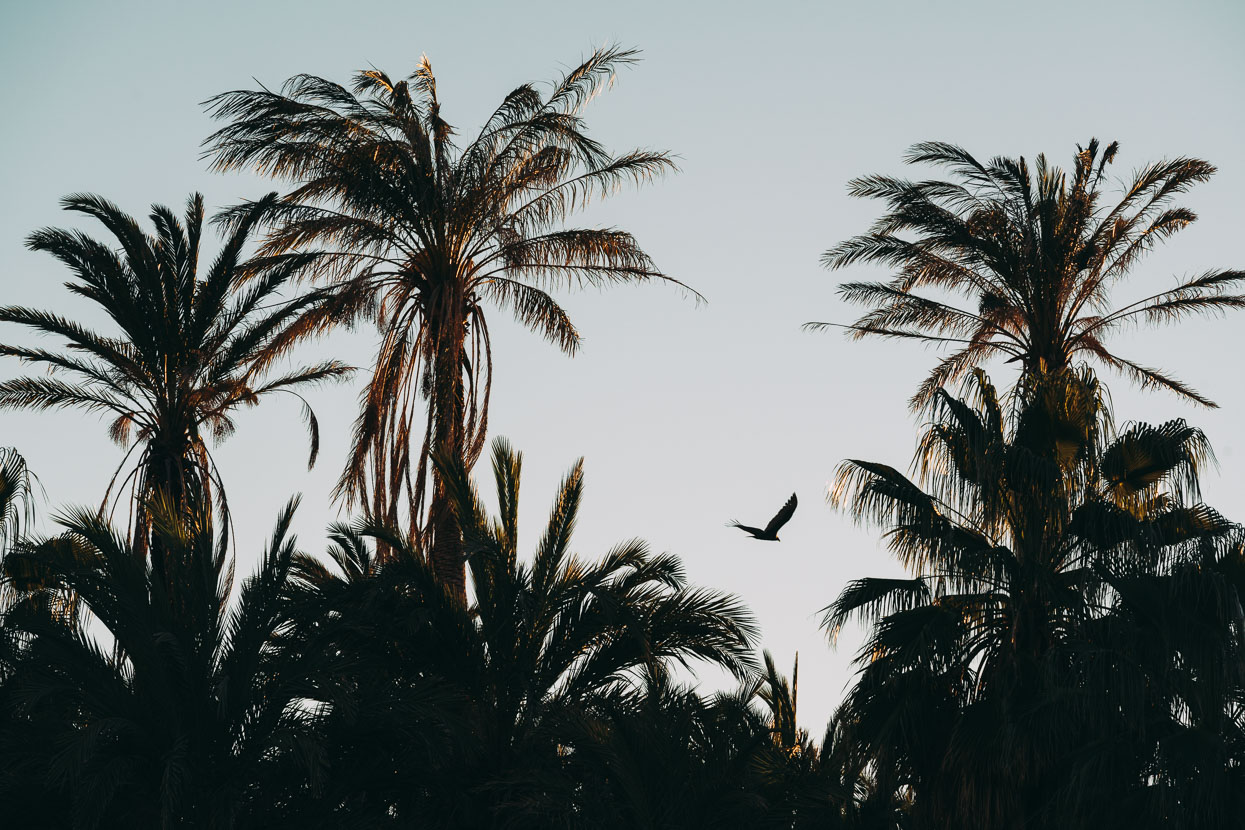
San Ignacio was a pleasant surprise: a literal oasis, fed by spring water and with a town square sheltered by date palms and large trees. Restaurants and shops ring the square on three sides, the fourth dominated by the Misión San Ignacio Kadakaamán, founded in 1728. This was the old world Mexico charm we’d been seeking.
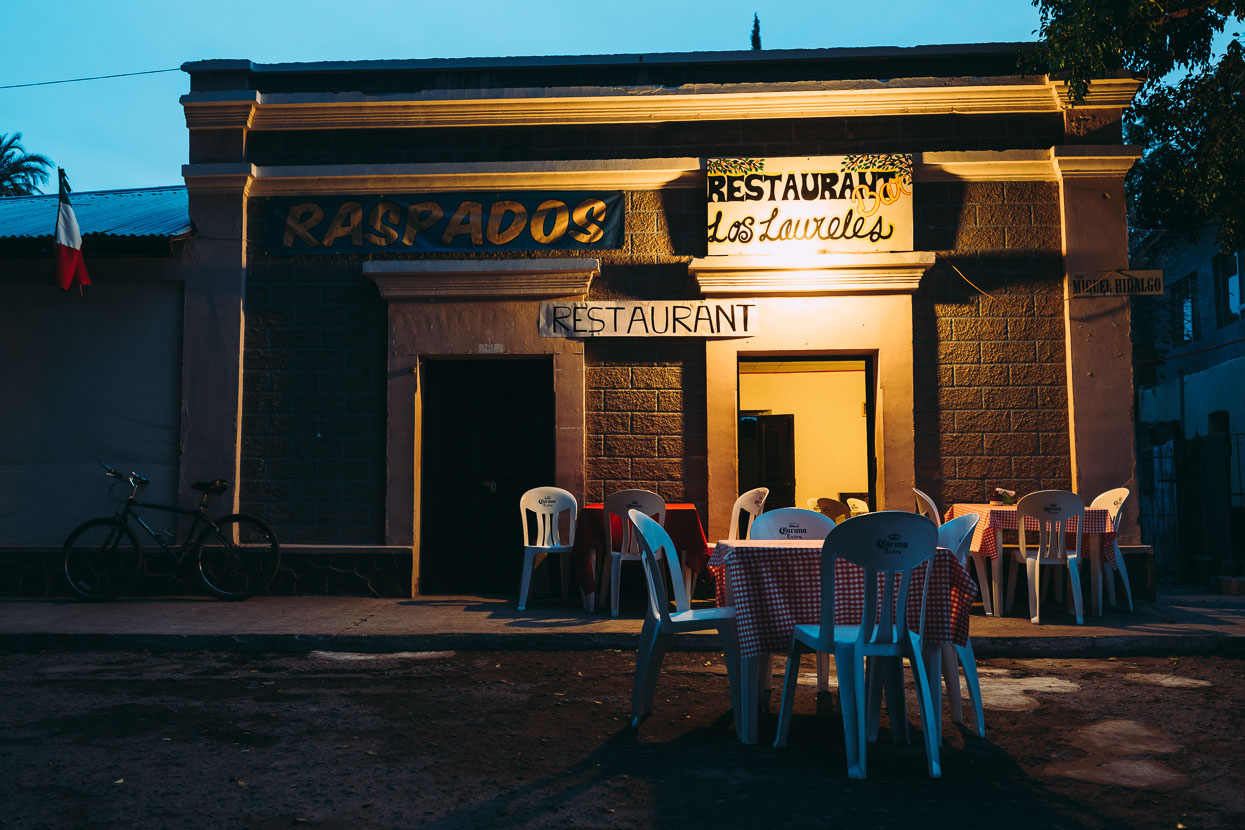
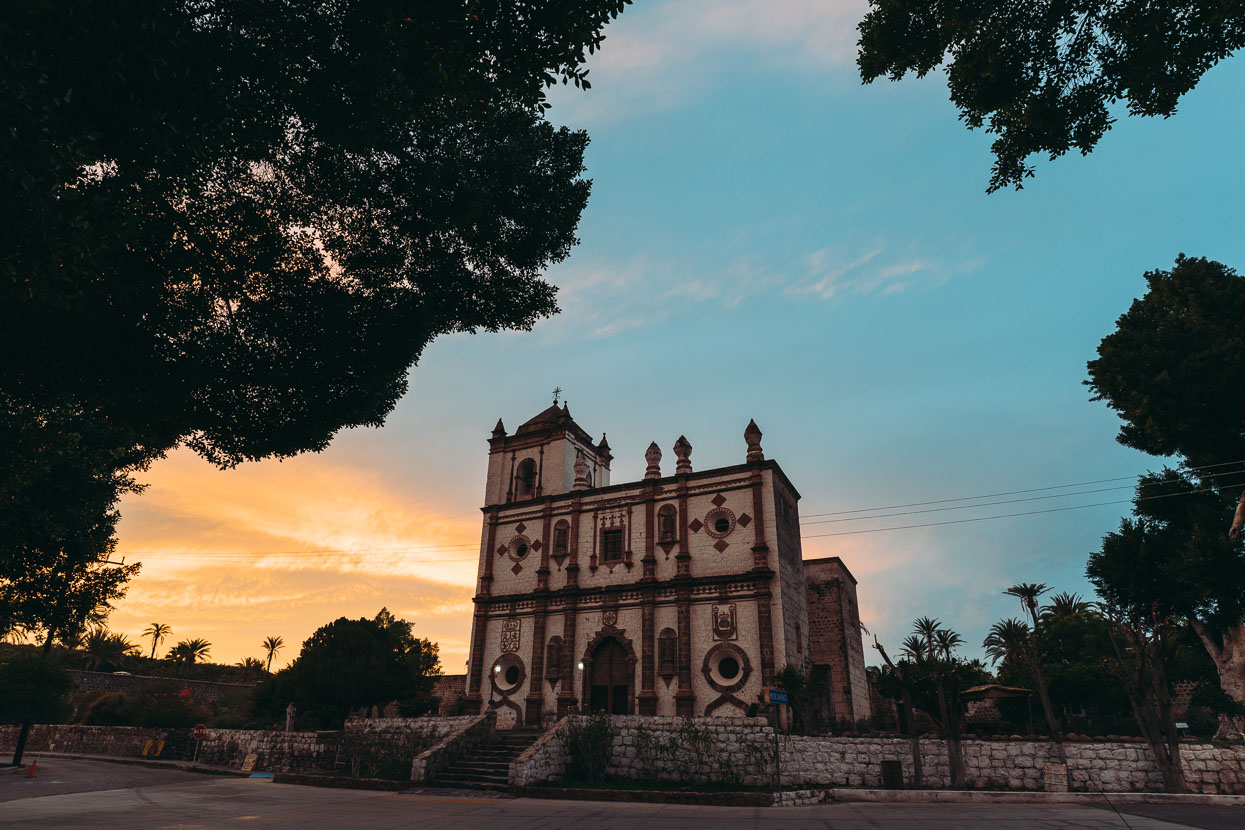
We took two days off in town; resting and refuelling and spending one day on a whale watching tour out at the coast.
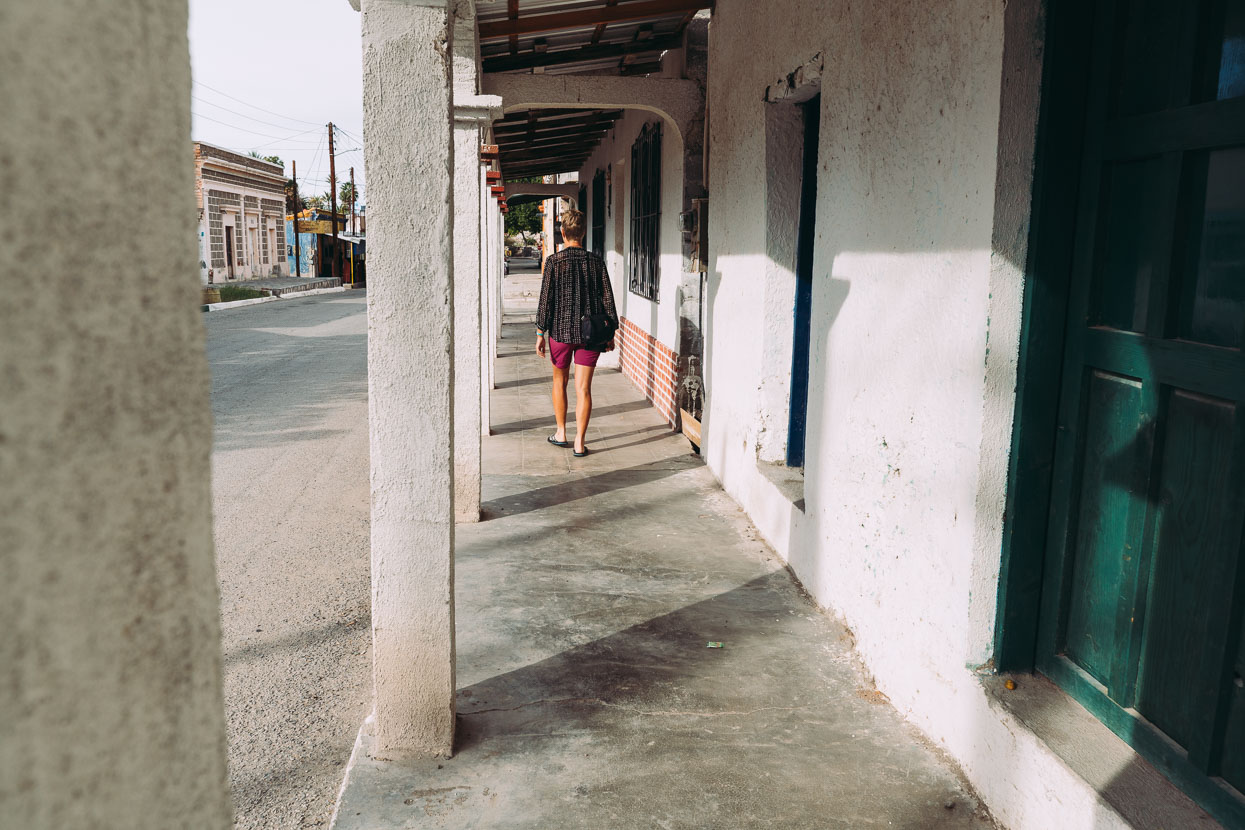
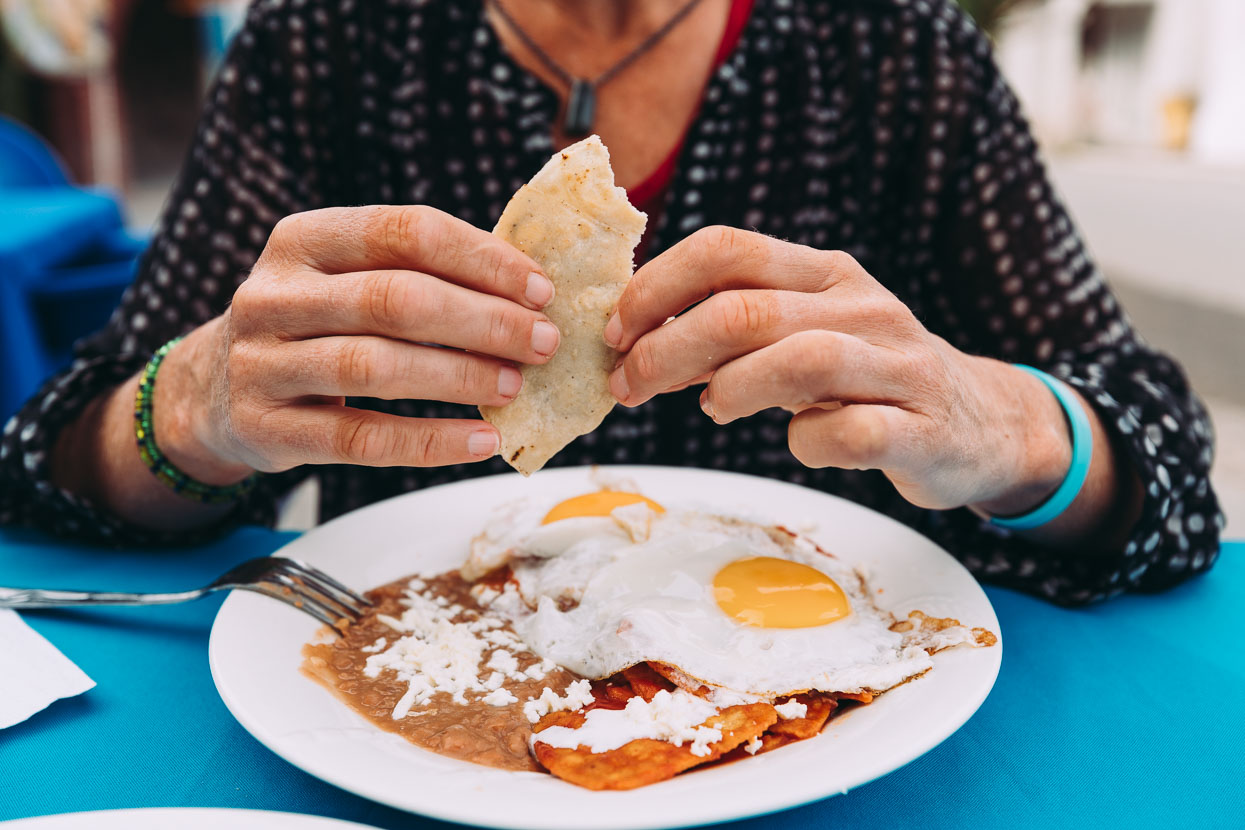
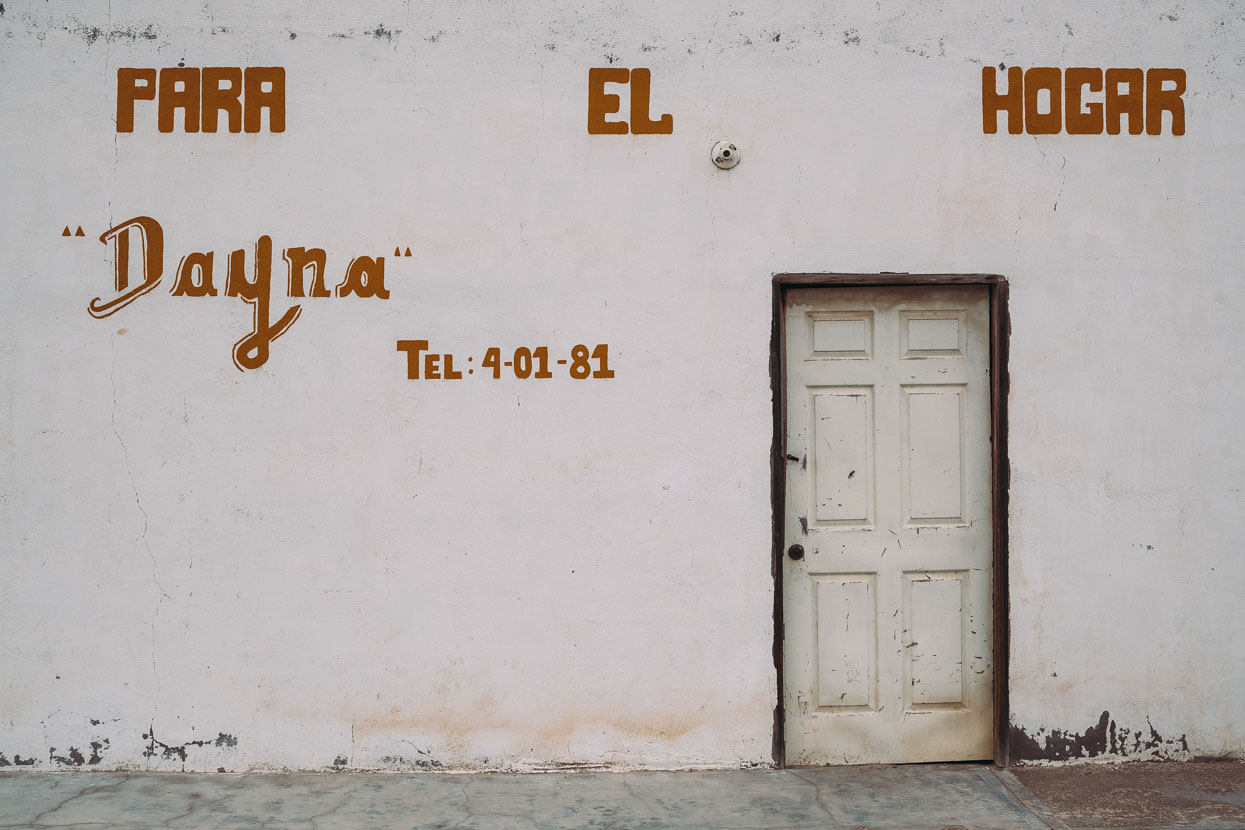
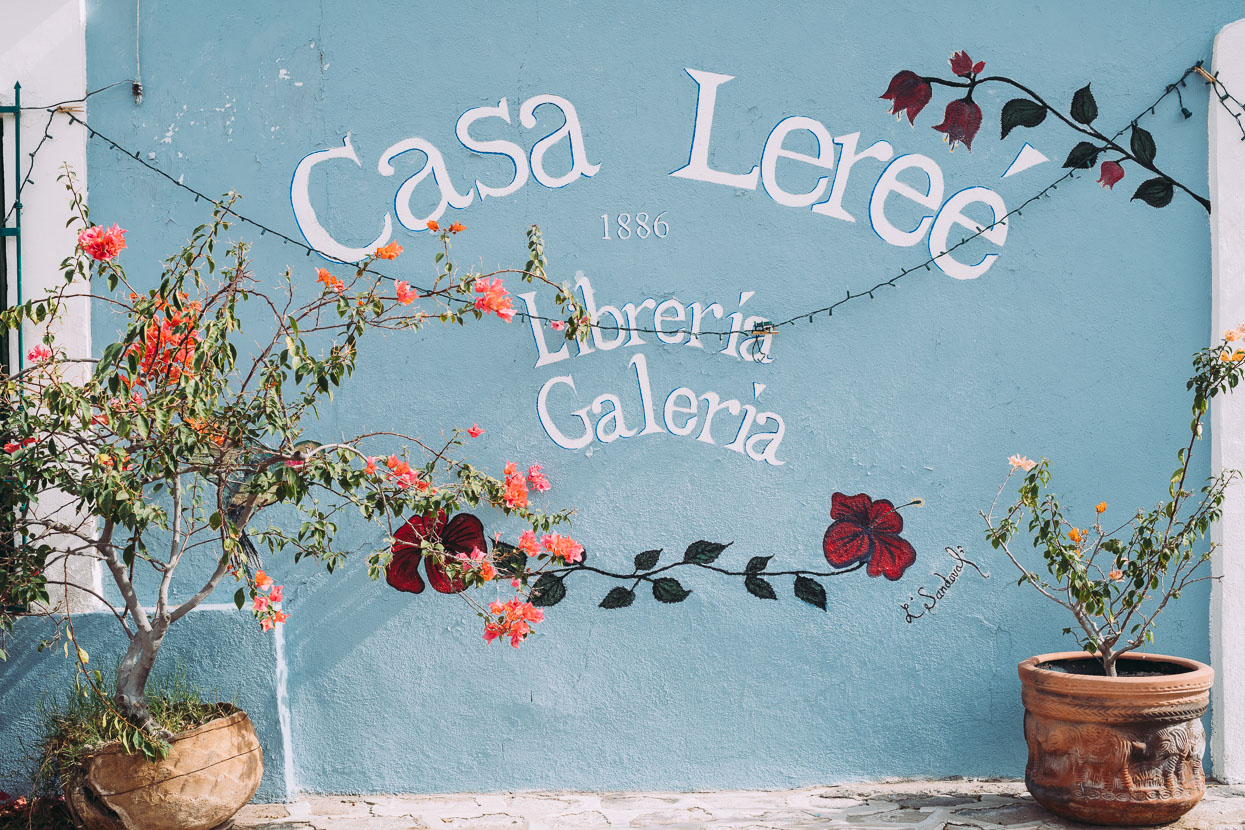
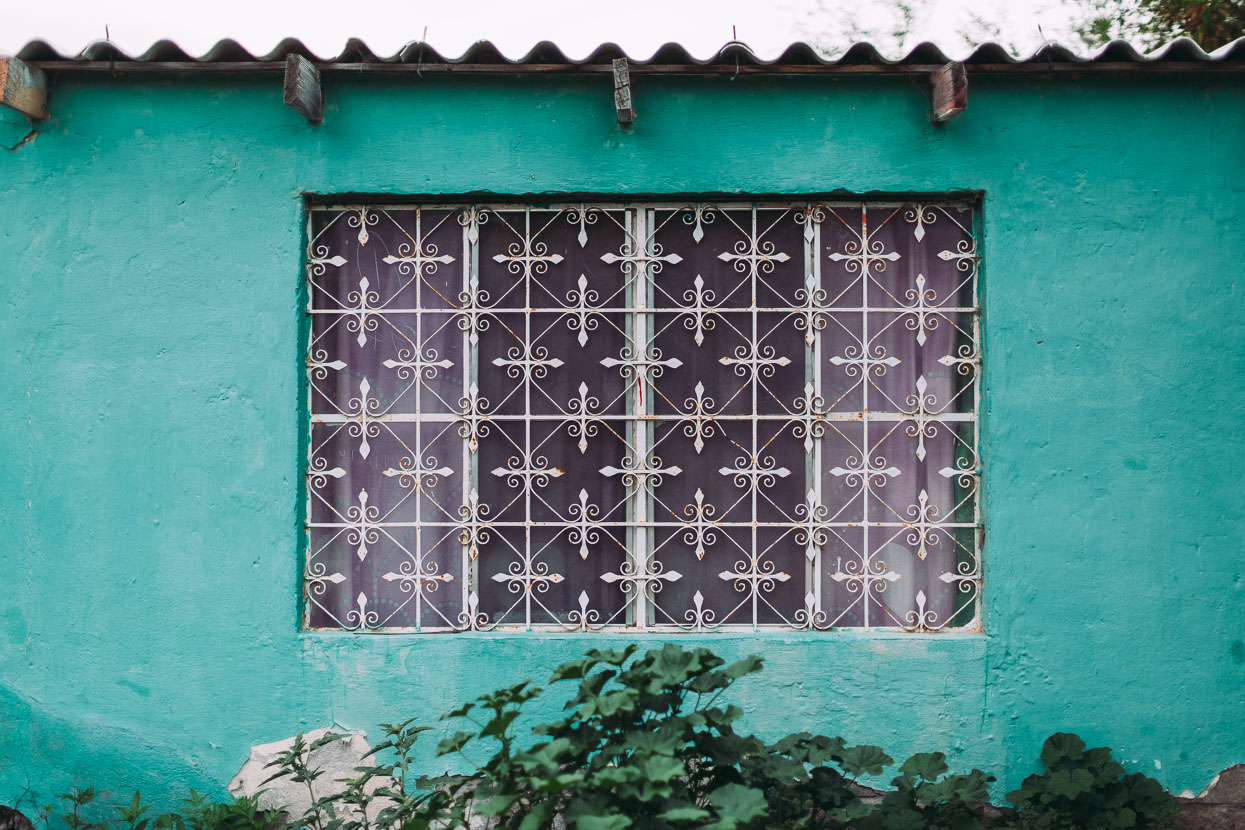
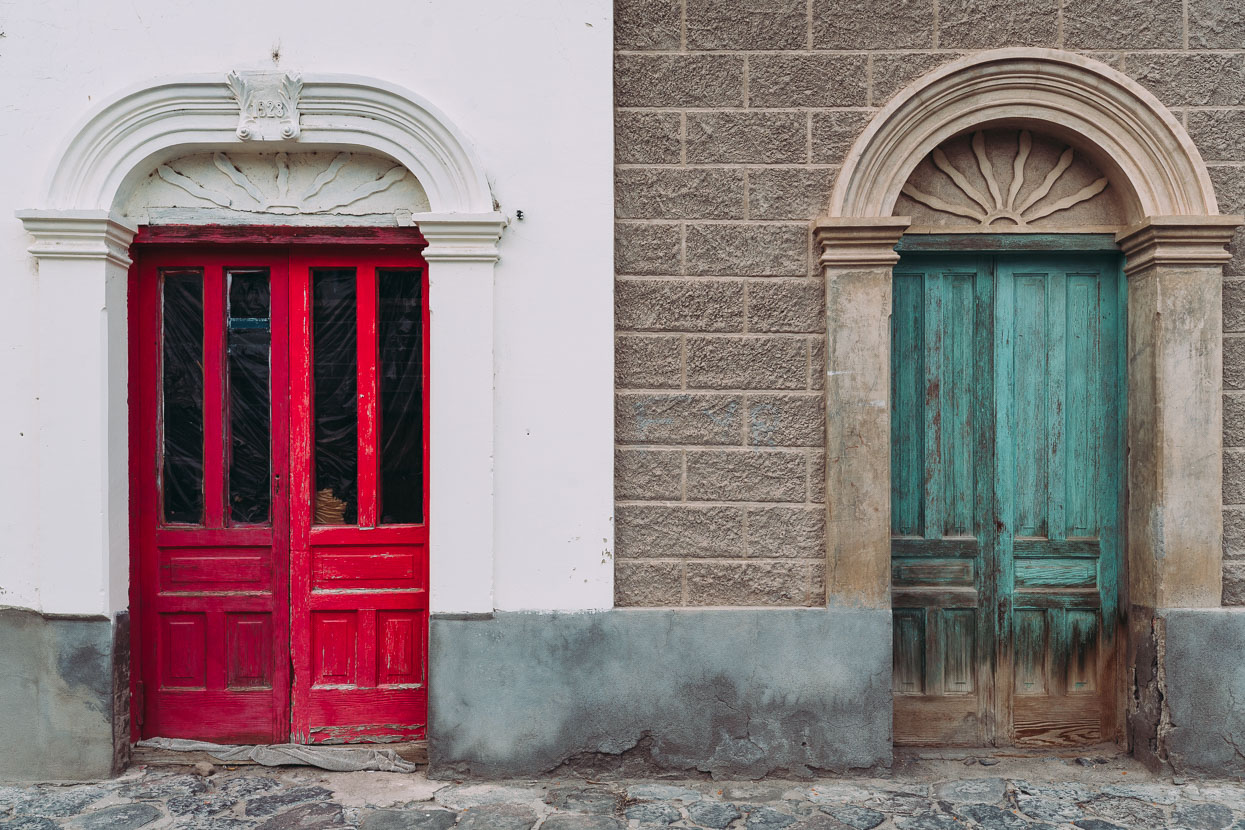
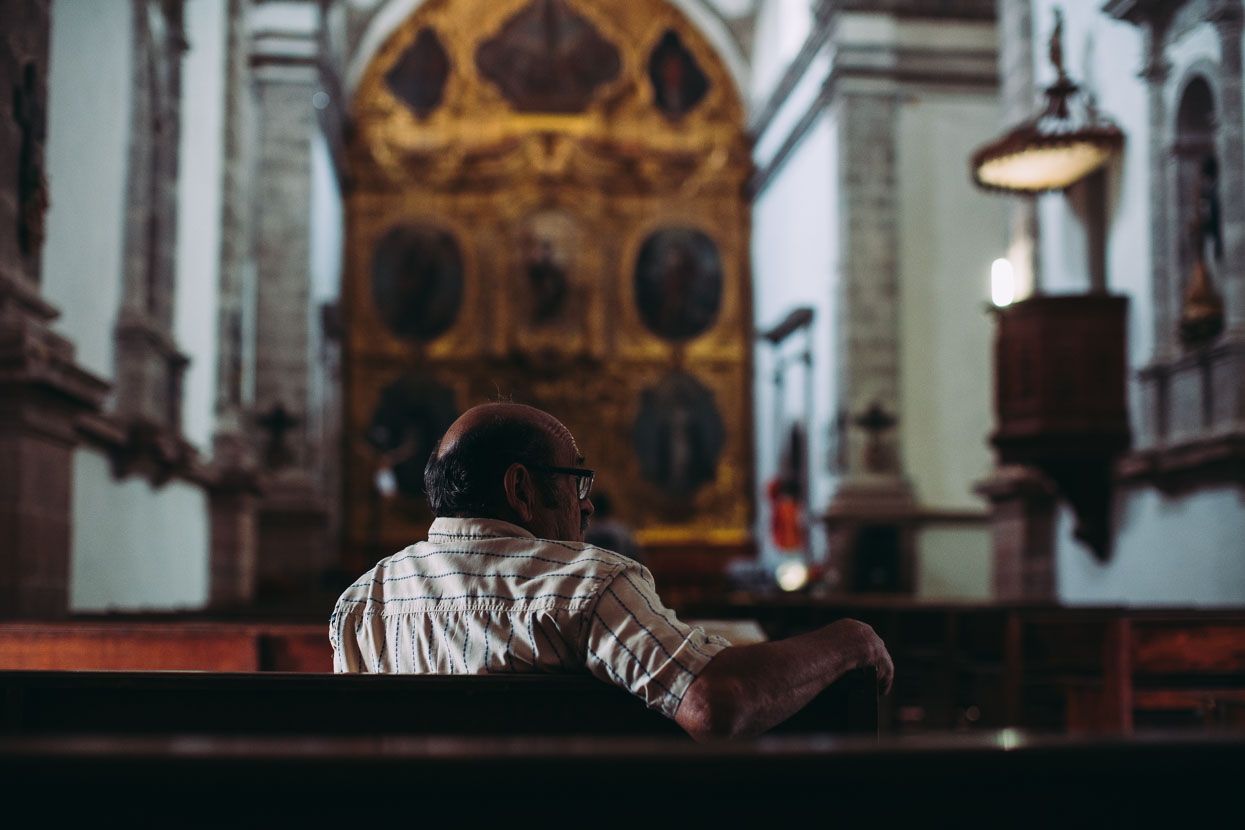
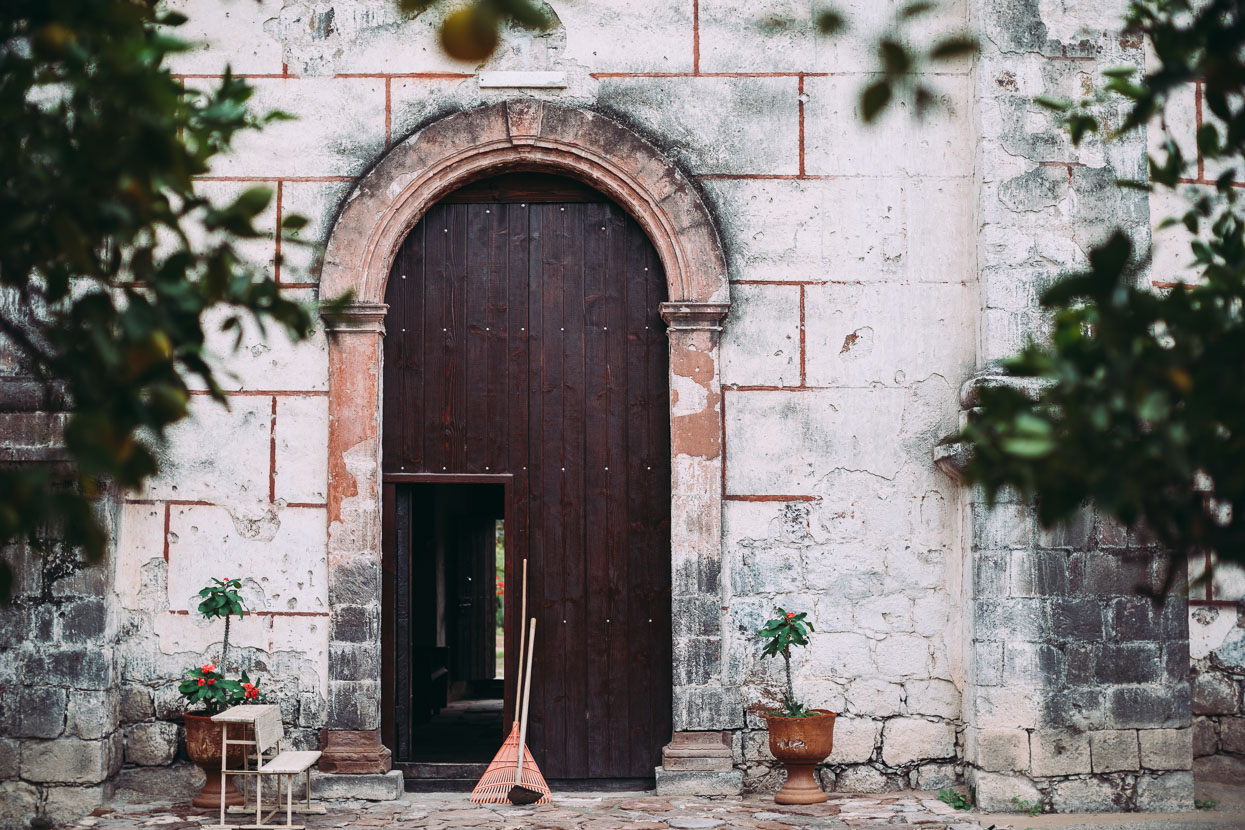
The Misión San Ignacio Kadakaamán.
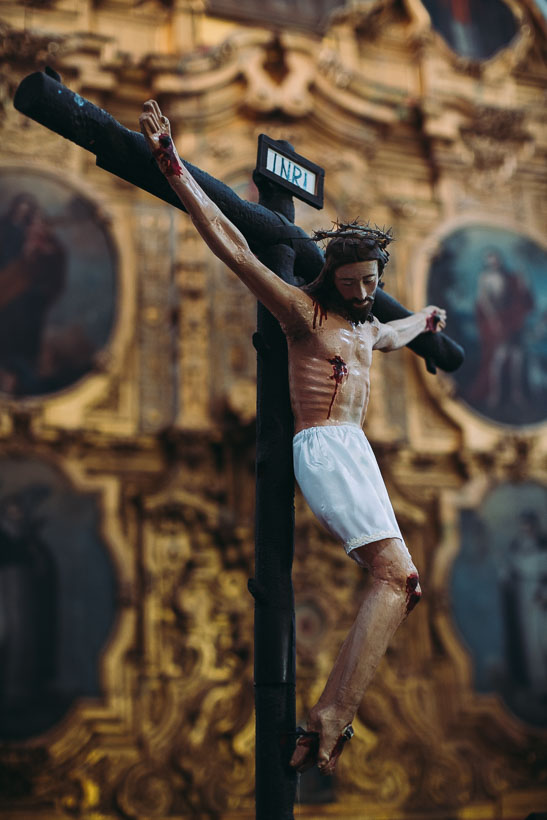
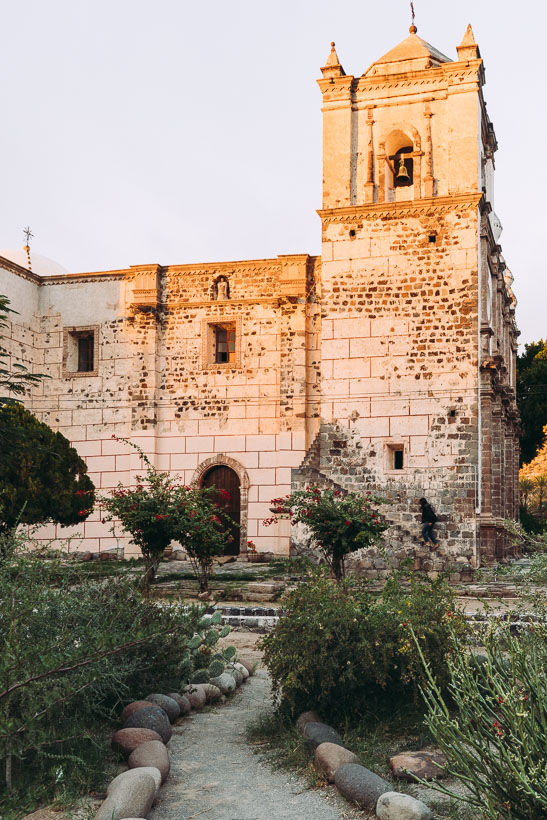
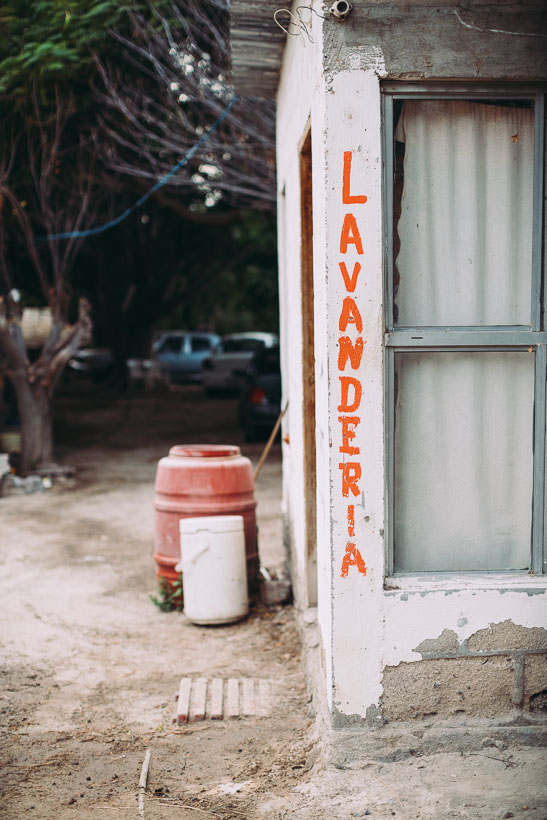
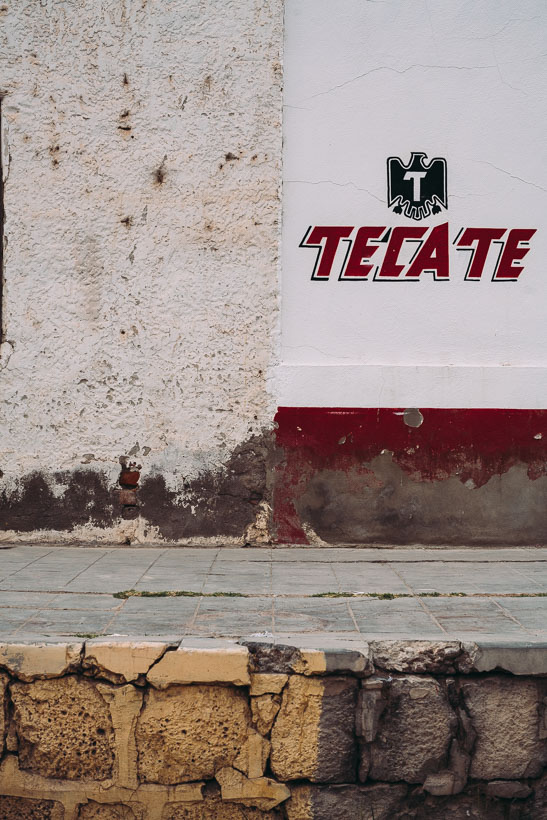
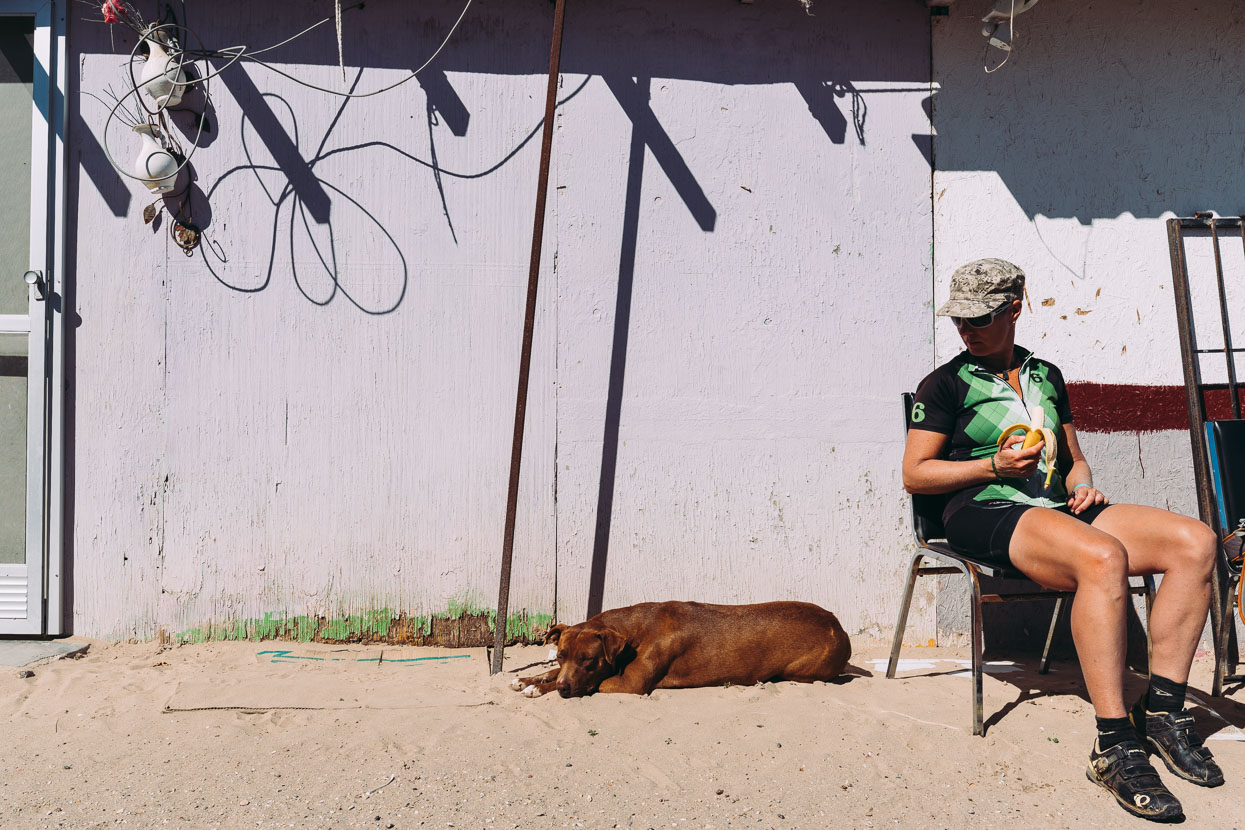
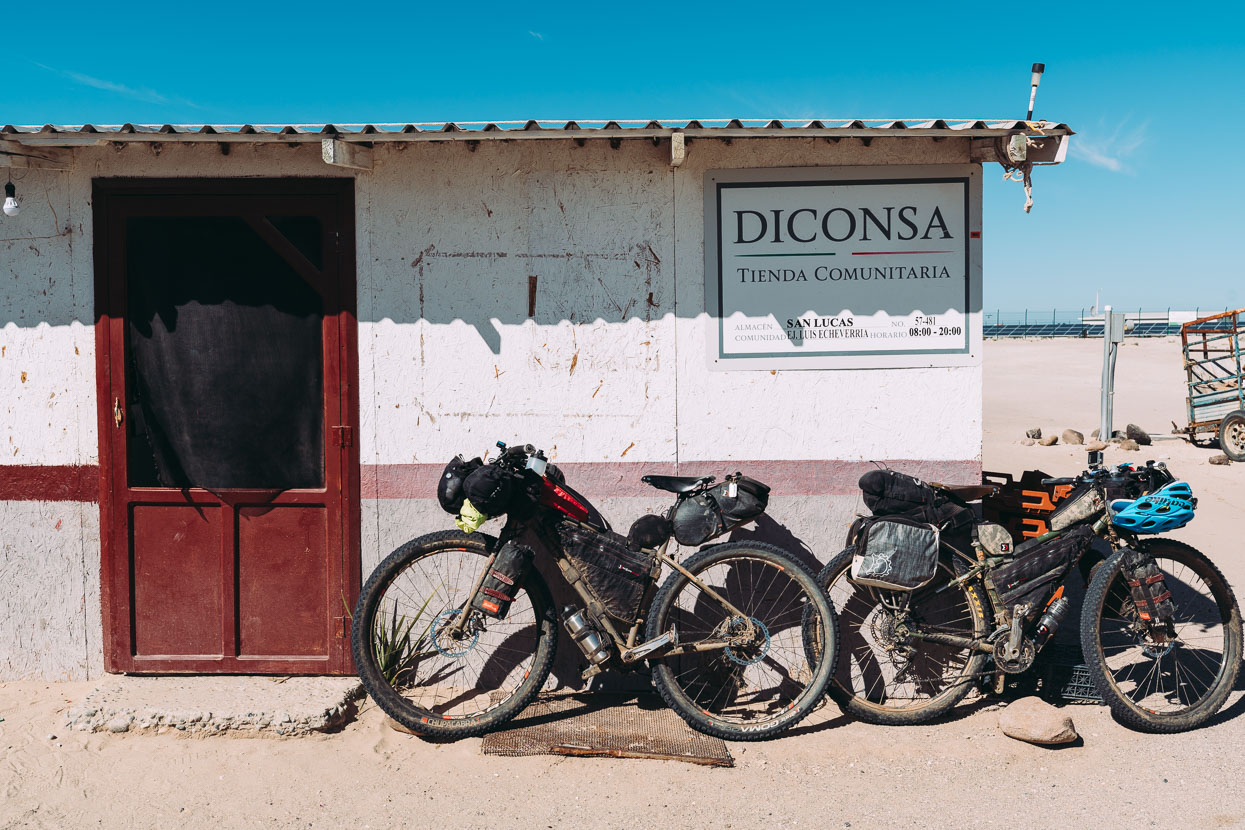
The route onwards took us back out the Pacific coast on paved and dirt road, before following salt flats south towards El Datil.
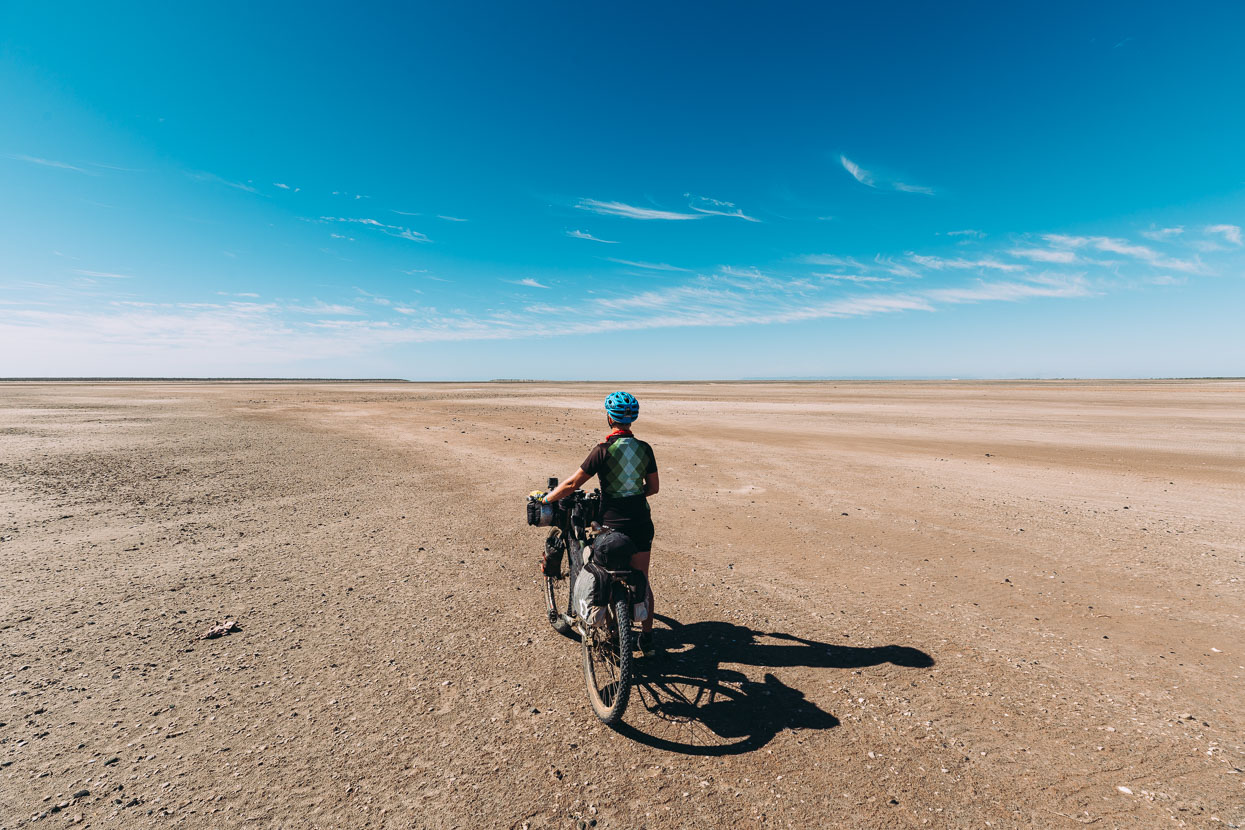
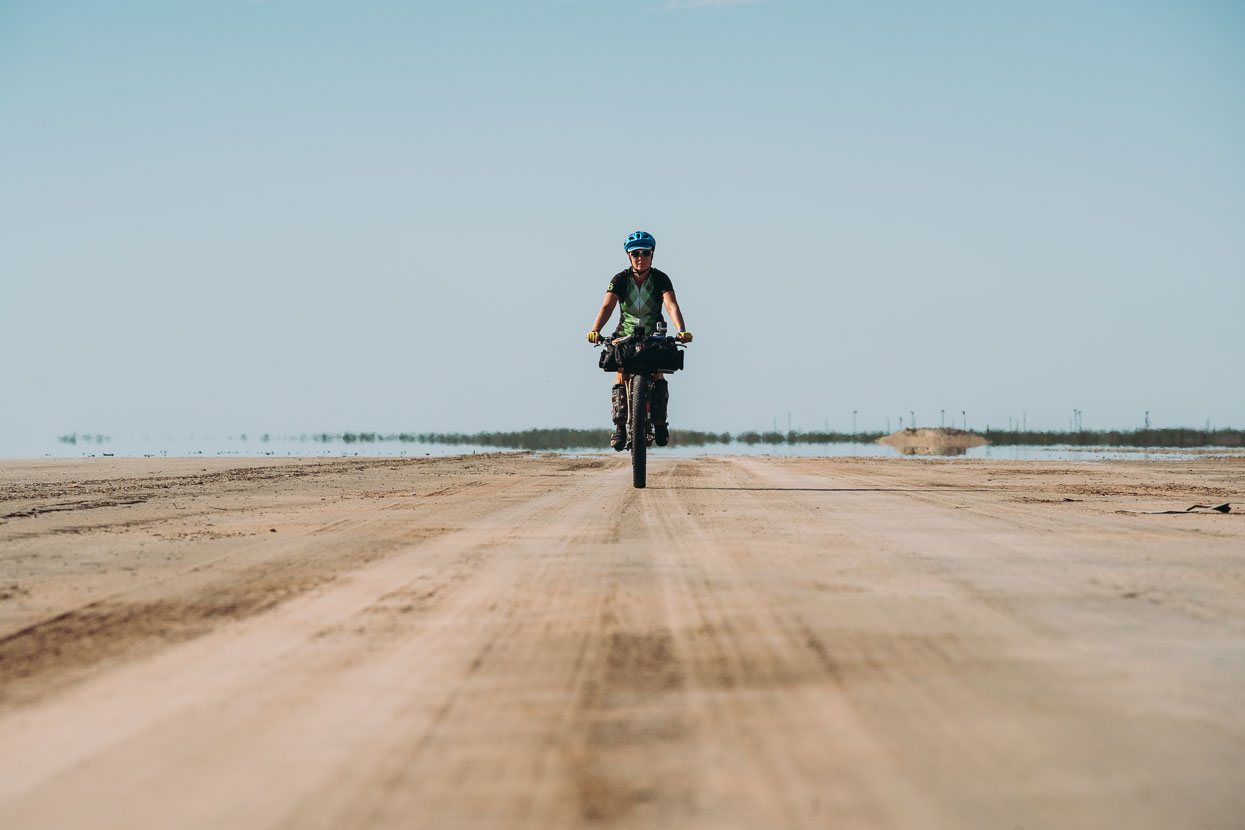
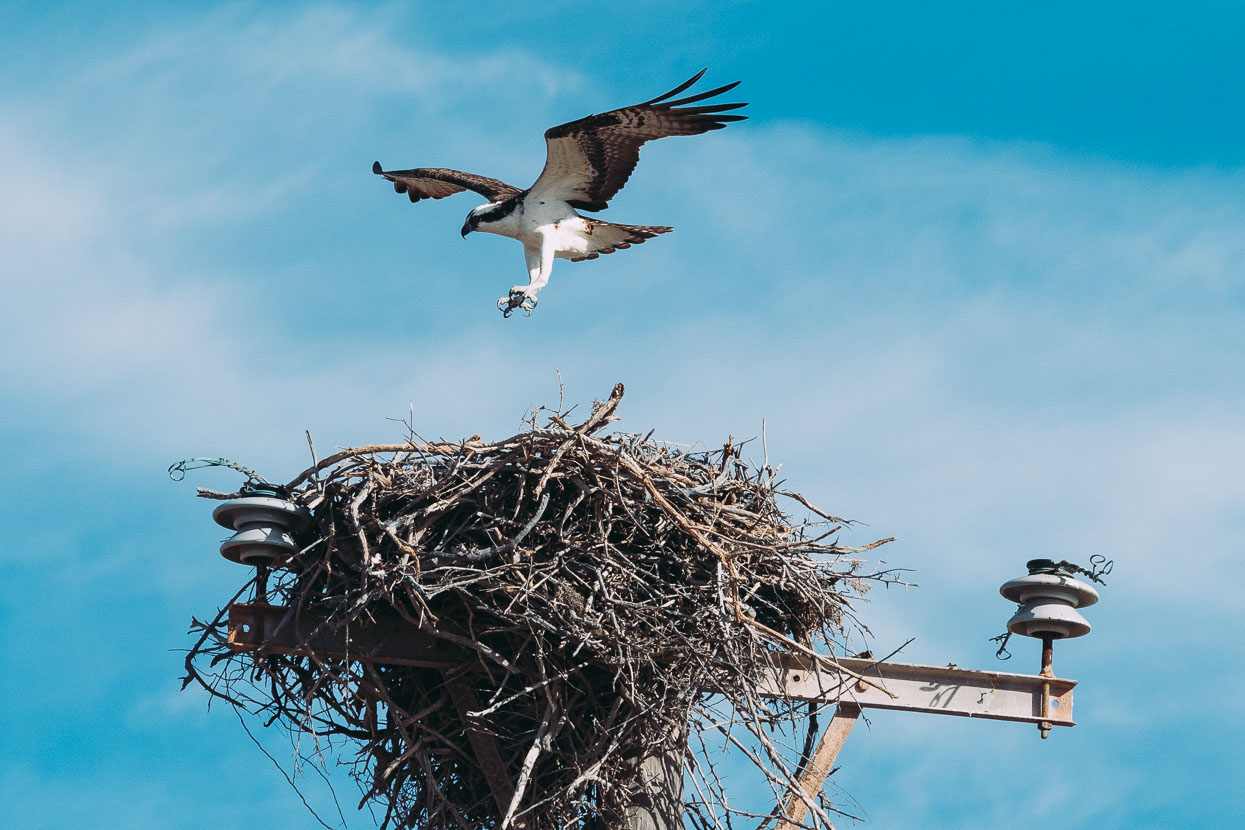
A row of power poles with cables yet to be attached had become home for osprey.
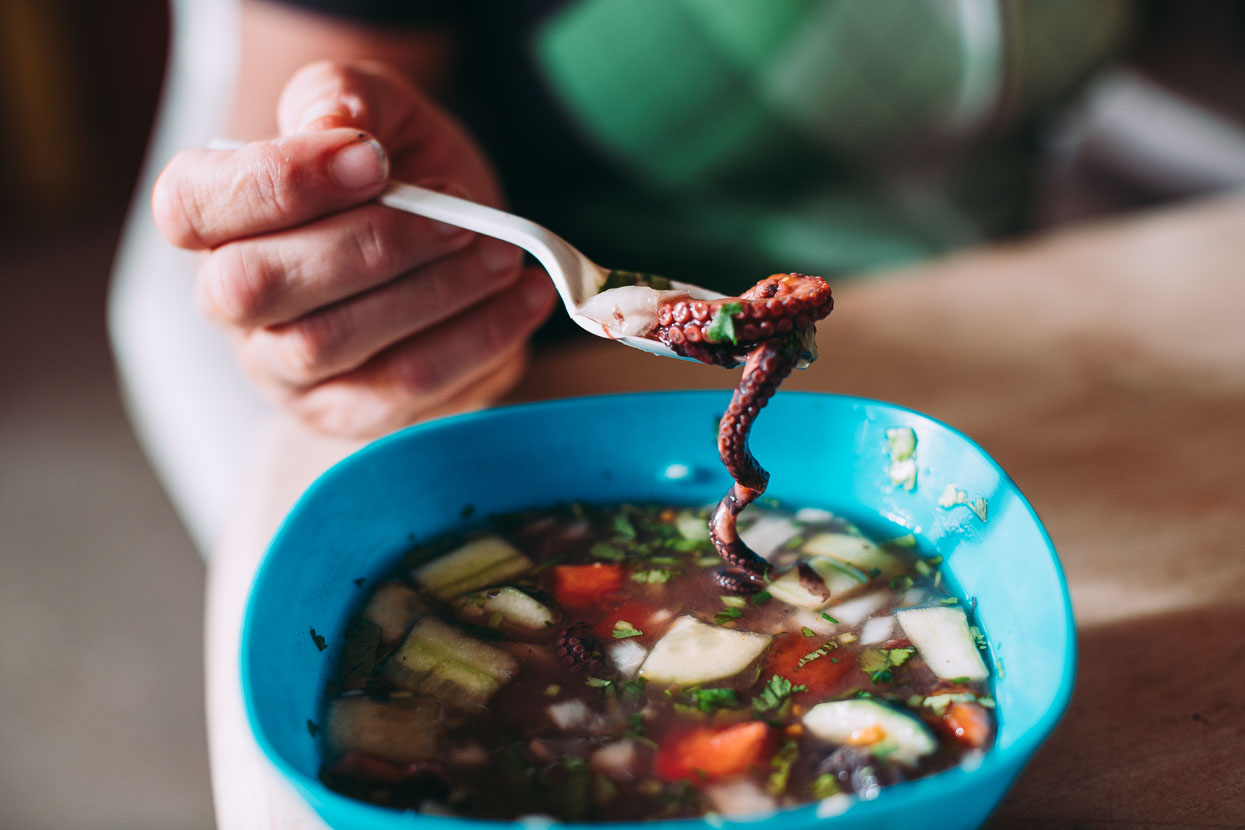
There’s an ‘unofficial’ restaurant in El Datil. It’s a kitchen and a couple of plastic tables in a lean-to attached to the shop. Petrol strikes had stalled deliveries, so the menu on offer was coctel pulpo (octopus cocktail) which is fished for locally, tinned spaghetti, scrambled eggs and wieners and lentil soup. We ate all four and stocked up on whatever we could find in the shop for the next couple of days riding back to the opposite coast.
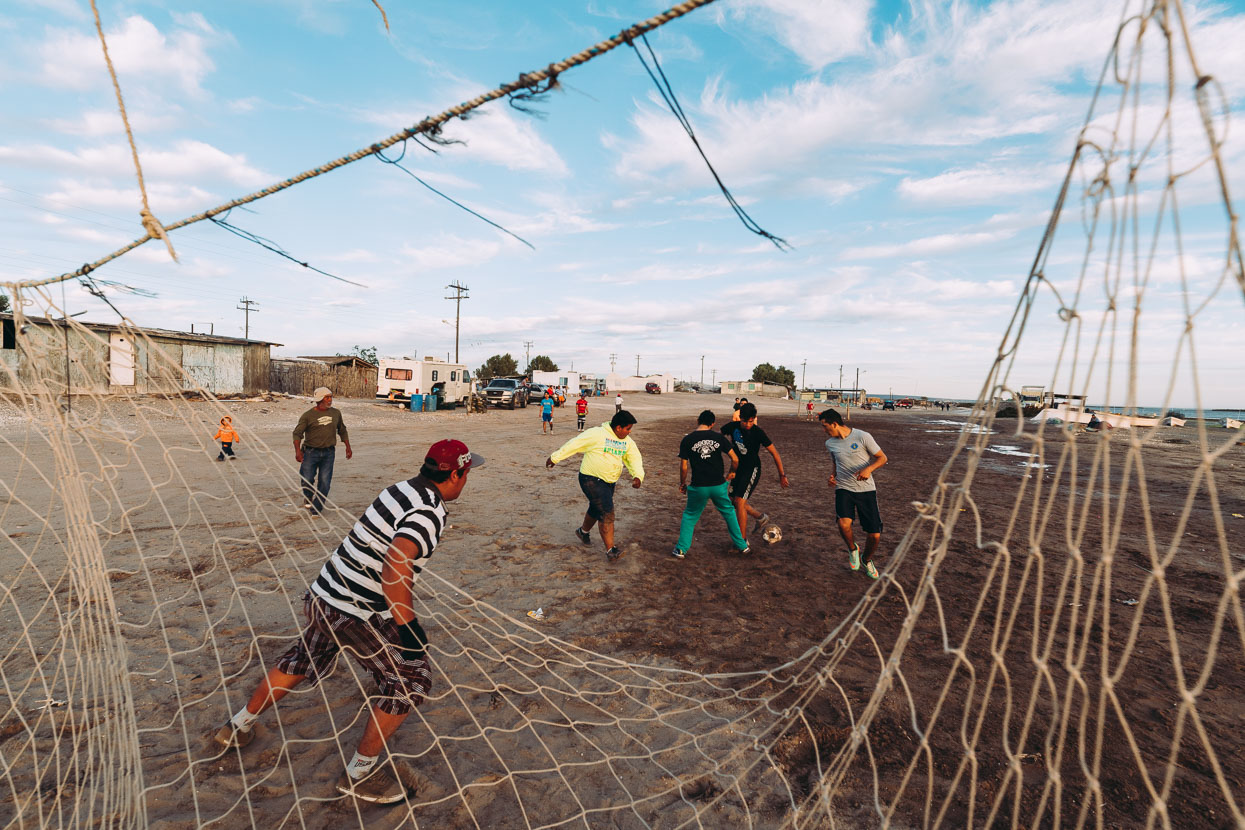
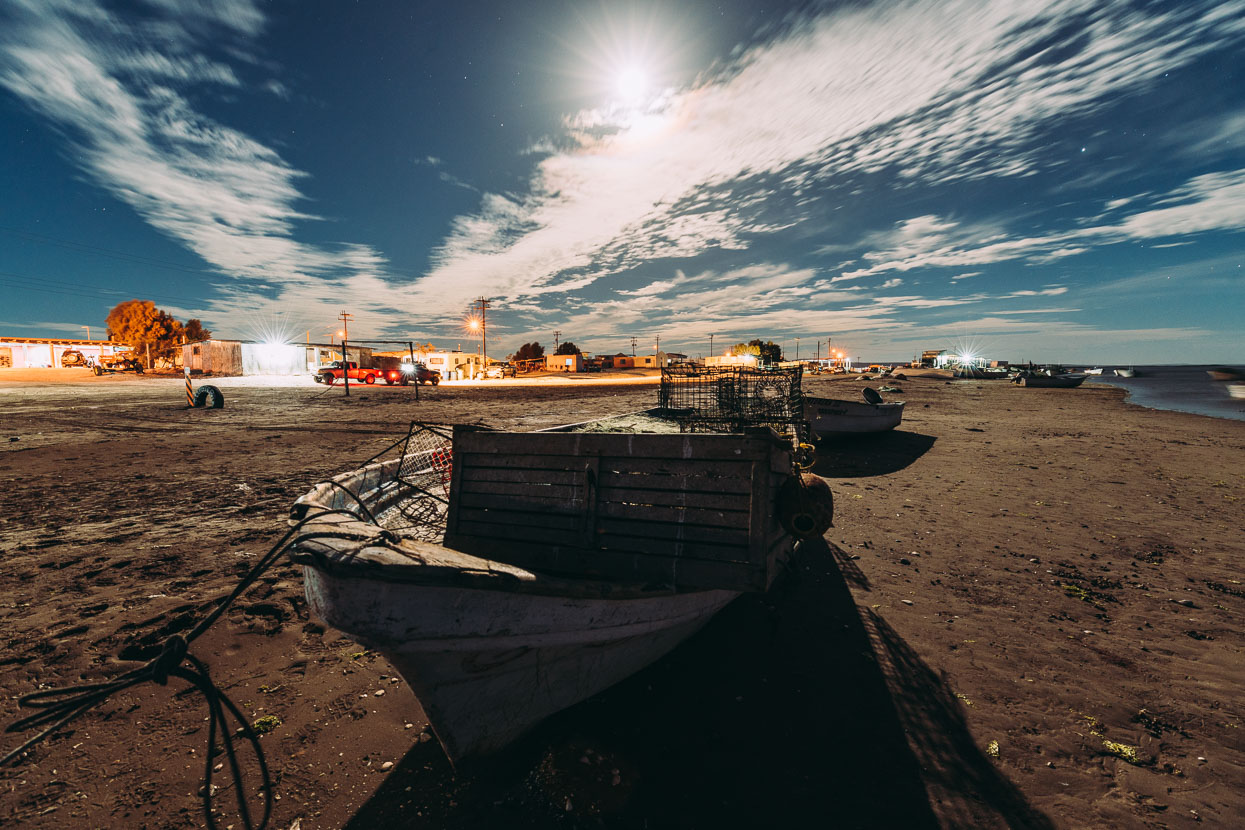
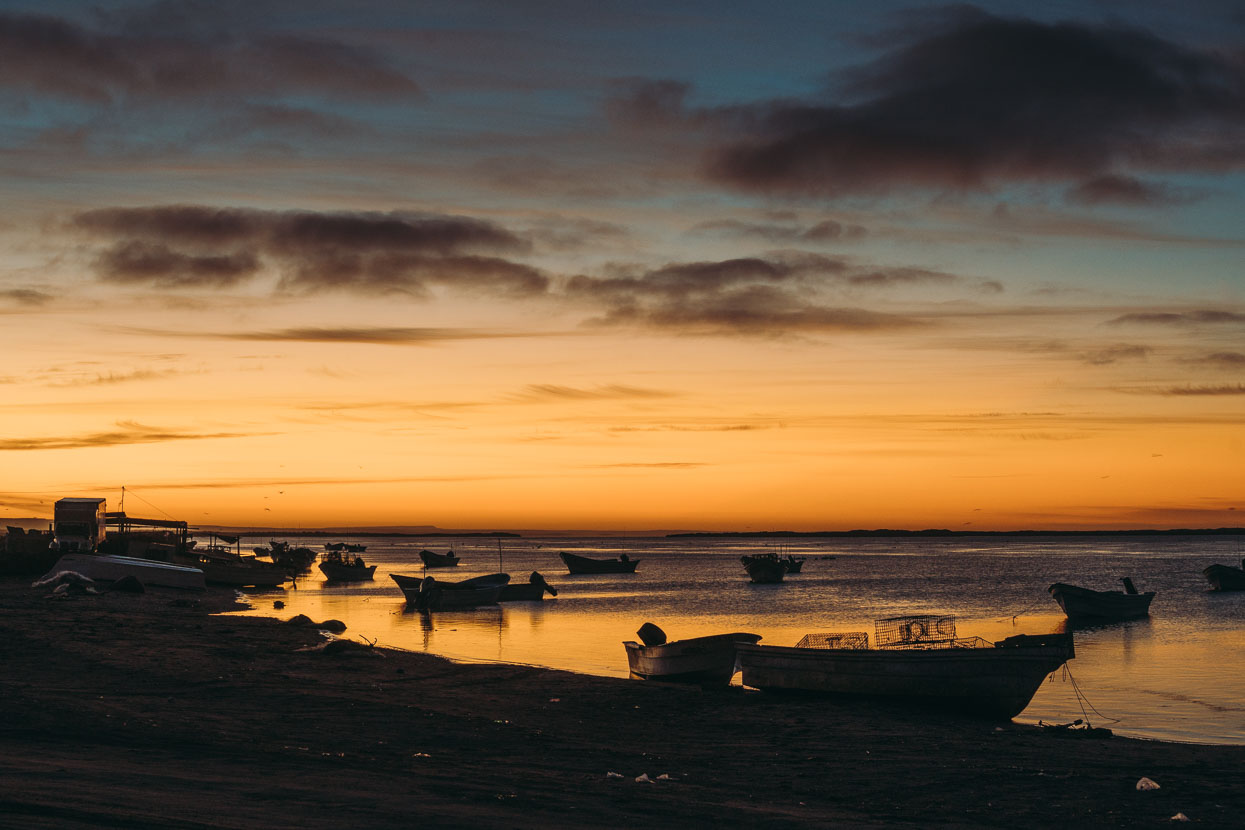

El Datil was a fishing village through and through. We bivouacked for the night in a shelter in the middle of the village, but first got invited into a nearby home for a cup of tea, and back again in the morning for coffee. Three generations lived under the one roof: with grandma looking after the kids while the father and grandfather were out fishing and mum was running chores.
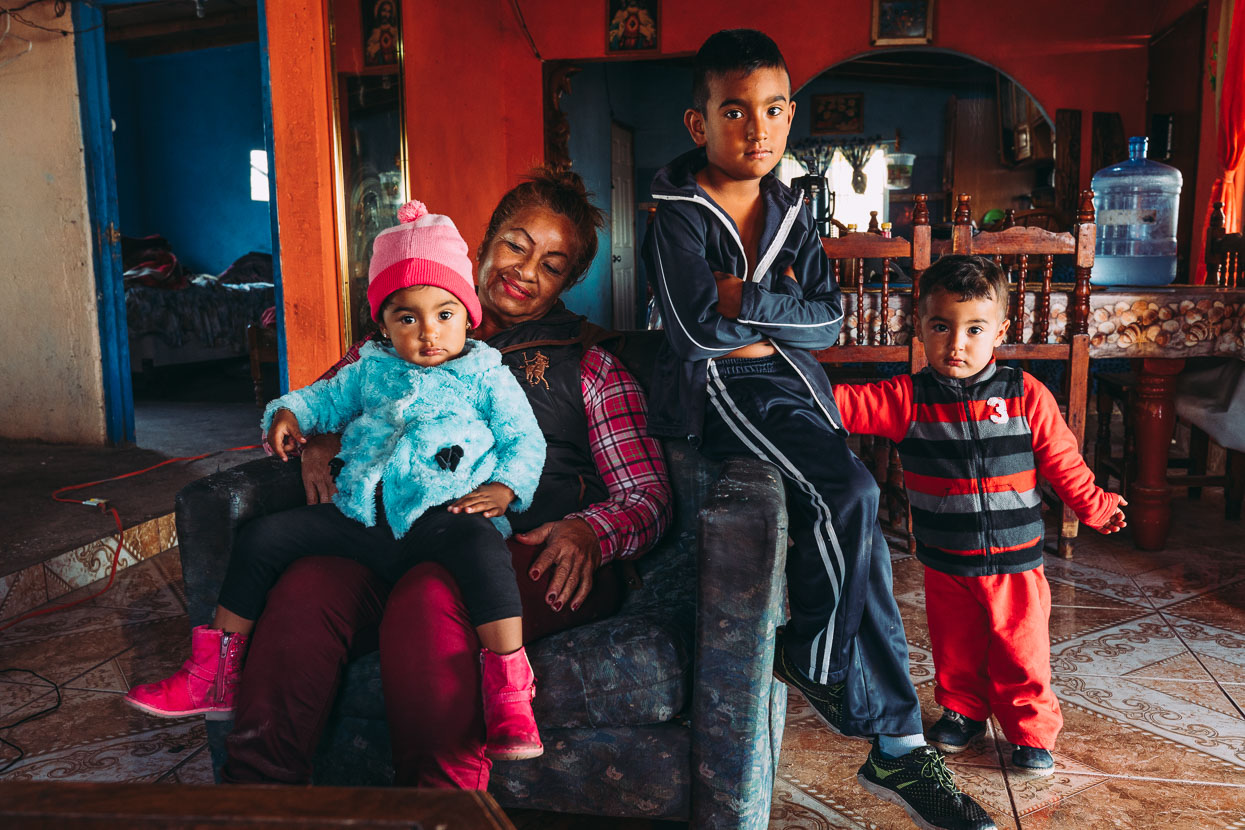
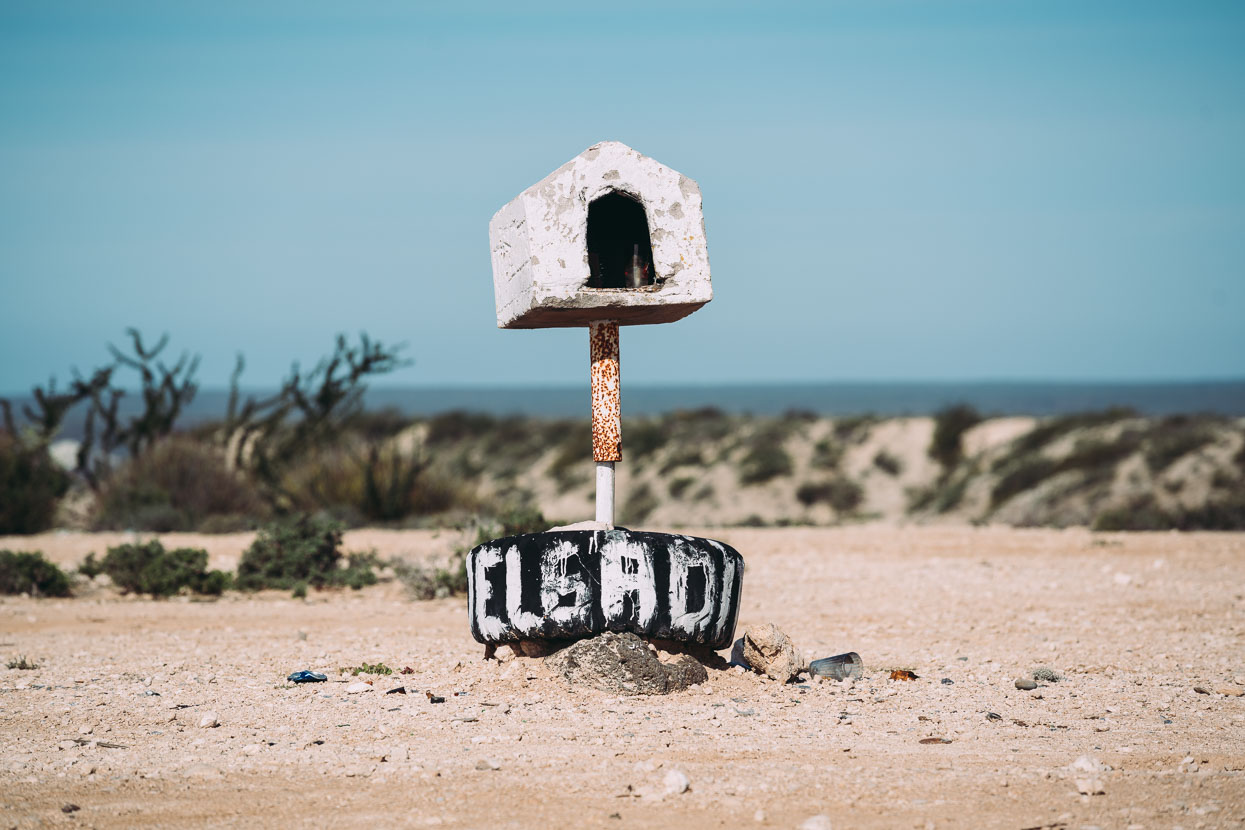
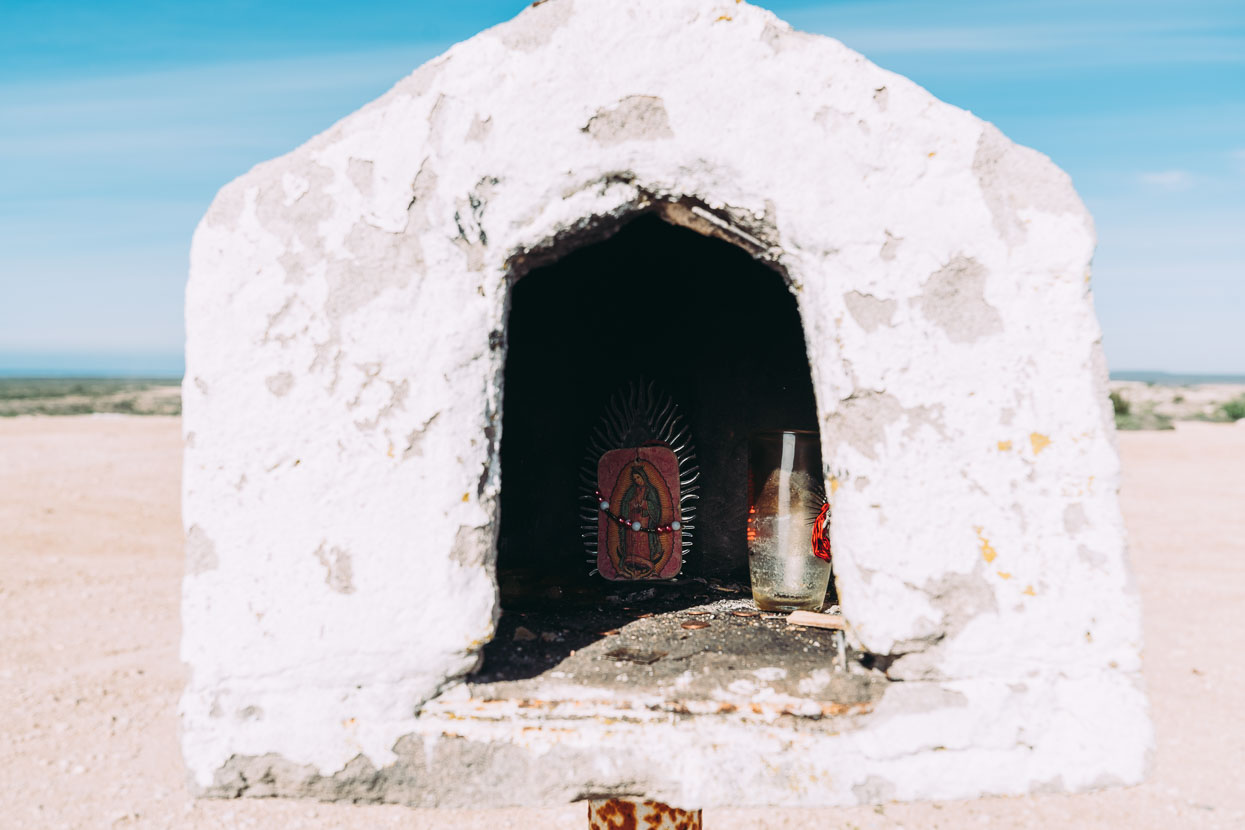
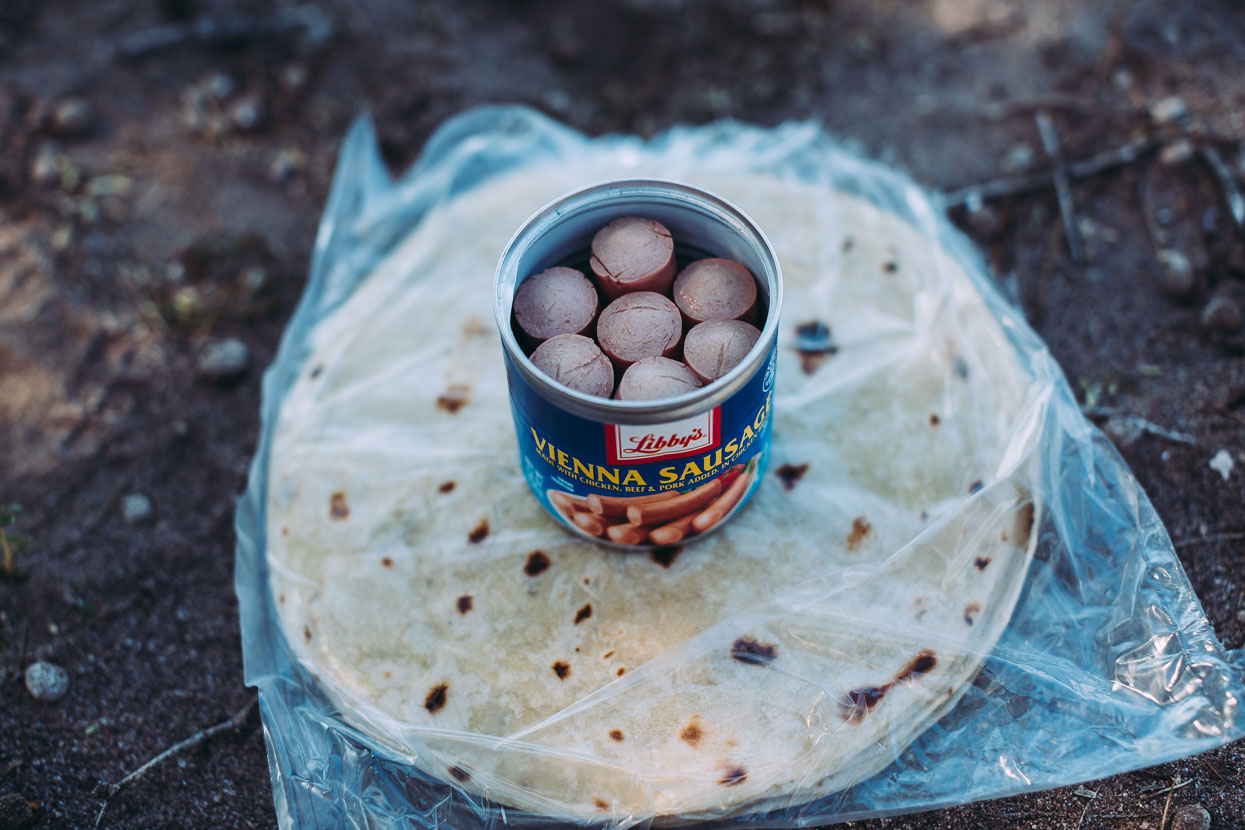
Slim pickings from the shop in El Datil. No frijoles, no meat, no avocado, few vegetables and no fruit made for some basic lunches and dinners the following days: tortillas and vienna sausages (which are gross!).
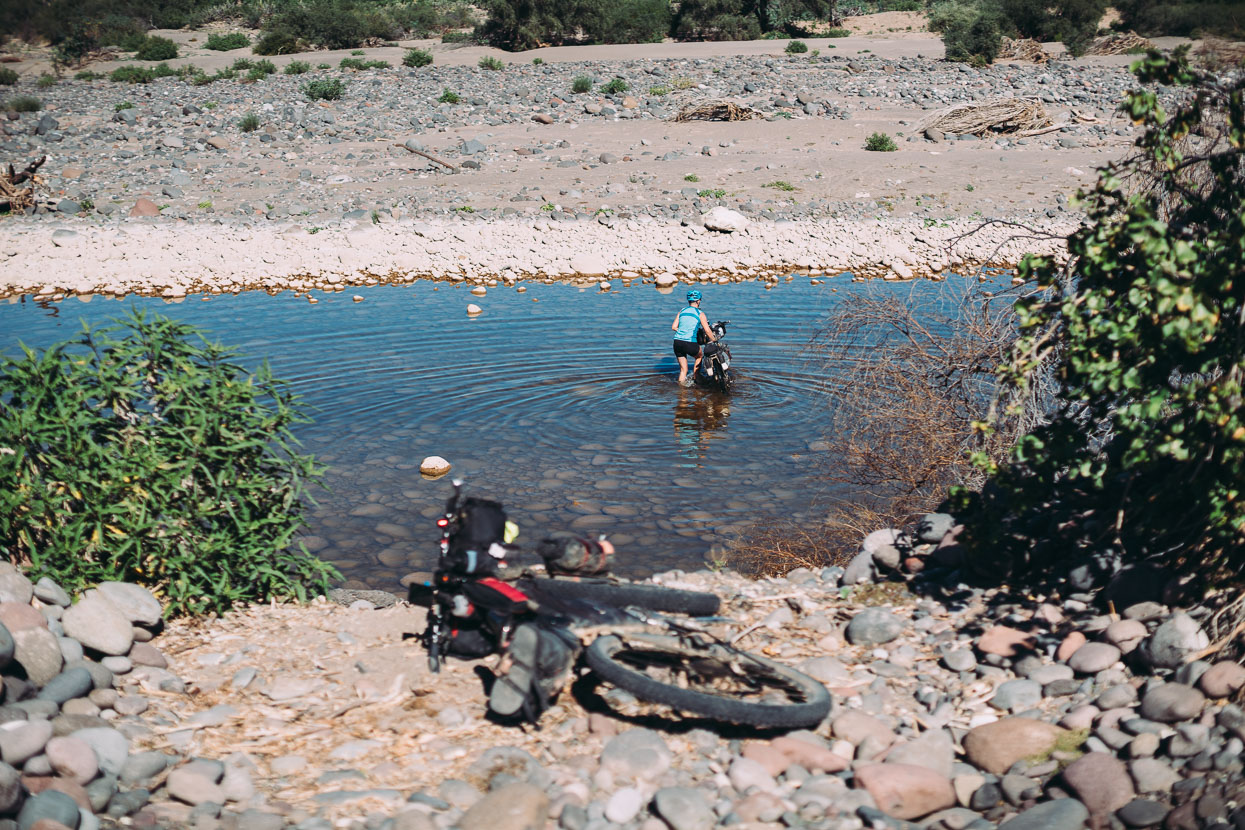
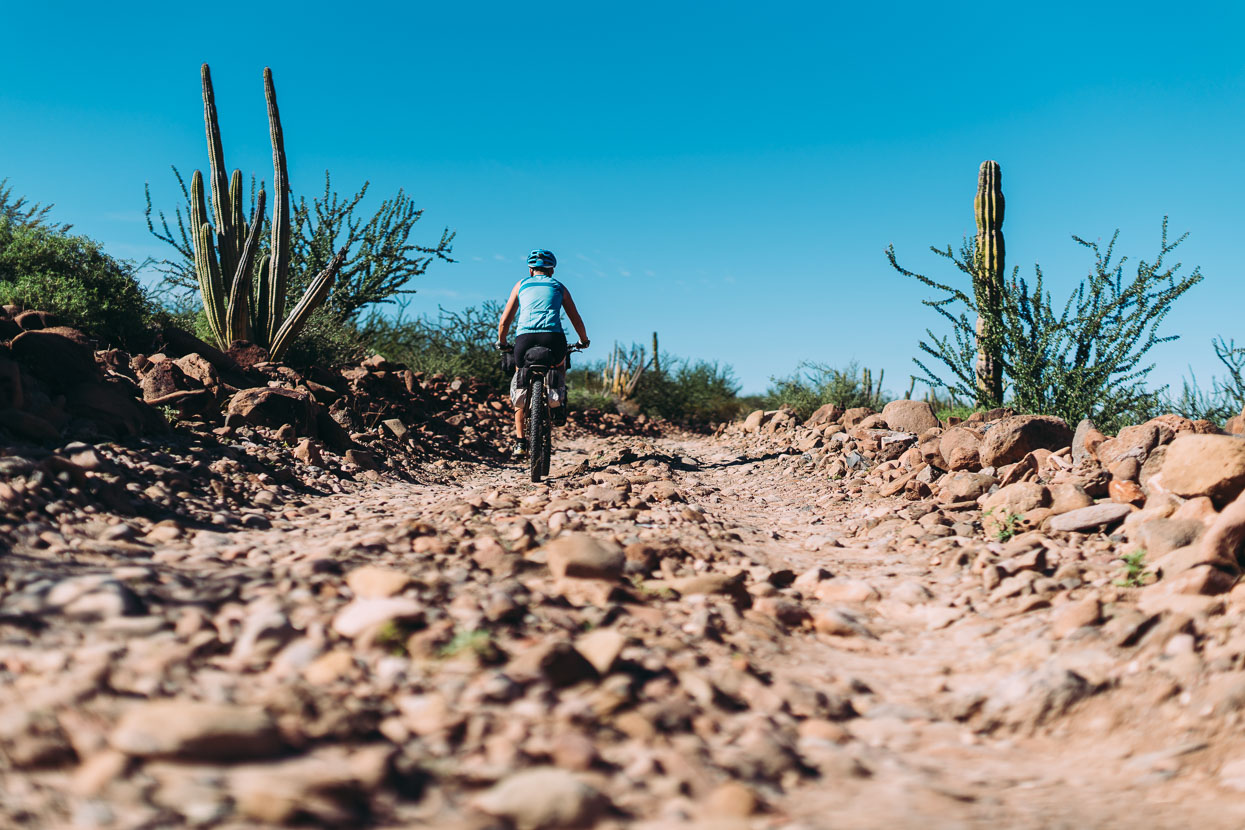
Regarded as the toughest section of the Baja Divide route, the ride from the Pacific Coast south of El Datil over to Mulege follows a major canyon system inland, exiting through the northern Sierra de la Giganta to the Sea of Cortez. The valley is sporadically populated with small goat and cattle ranches, accessed via a road that has suffered substantial storm damage. Much of the time the route follows the remains of the road and sometimes more recently bulldozed sections. The surface is usually either loose river stones or sand and there are lots of water crossings.
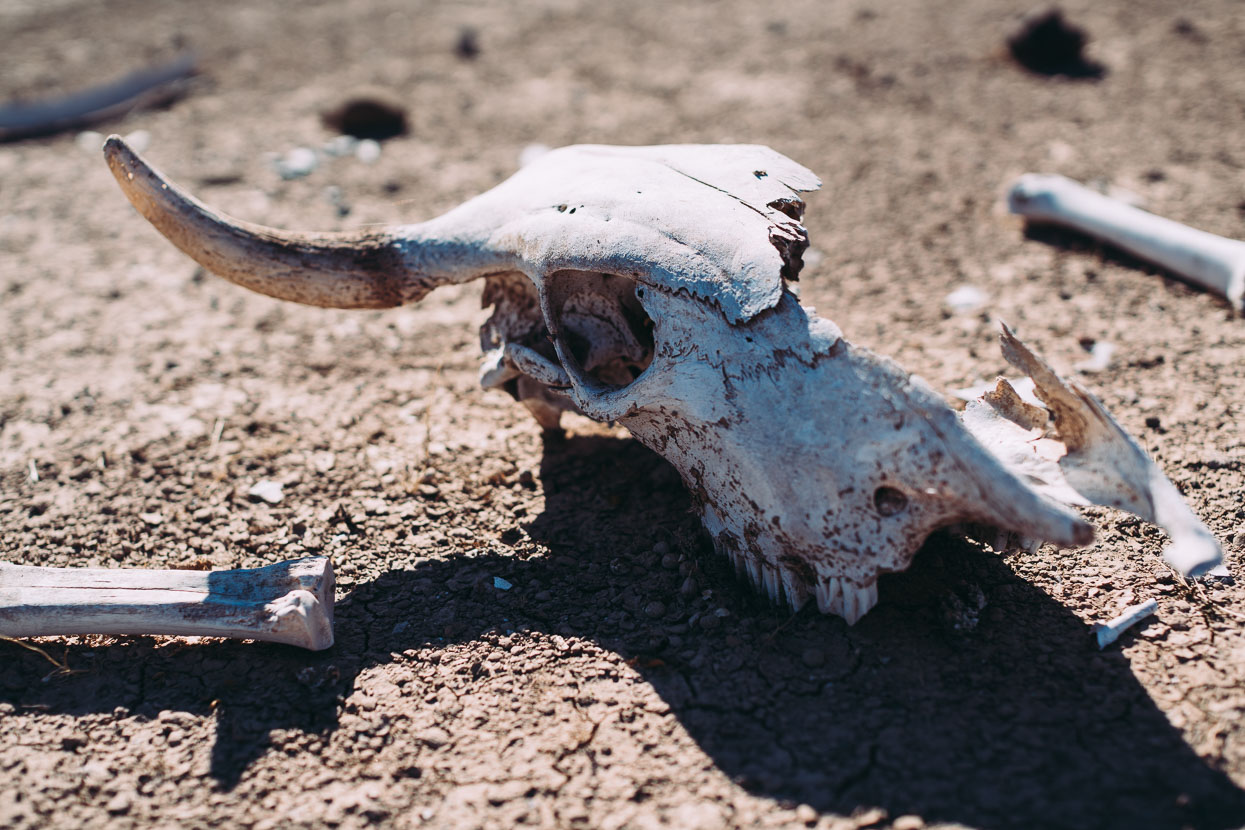
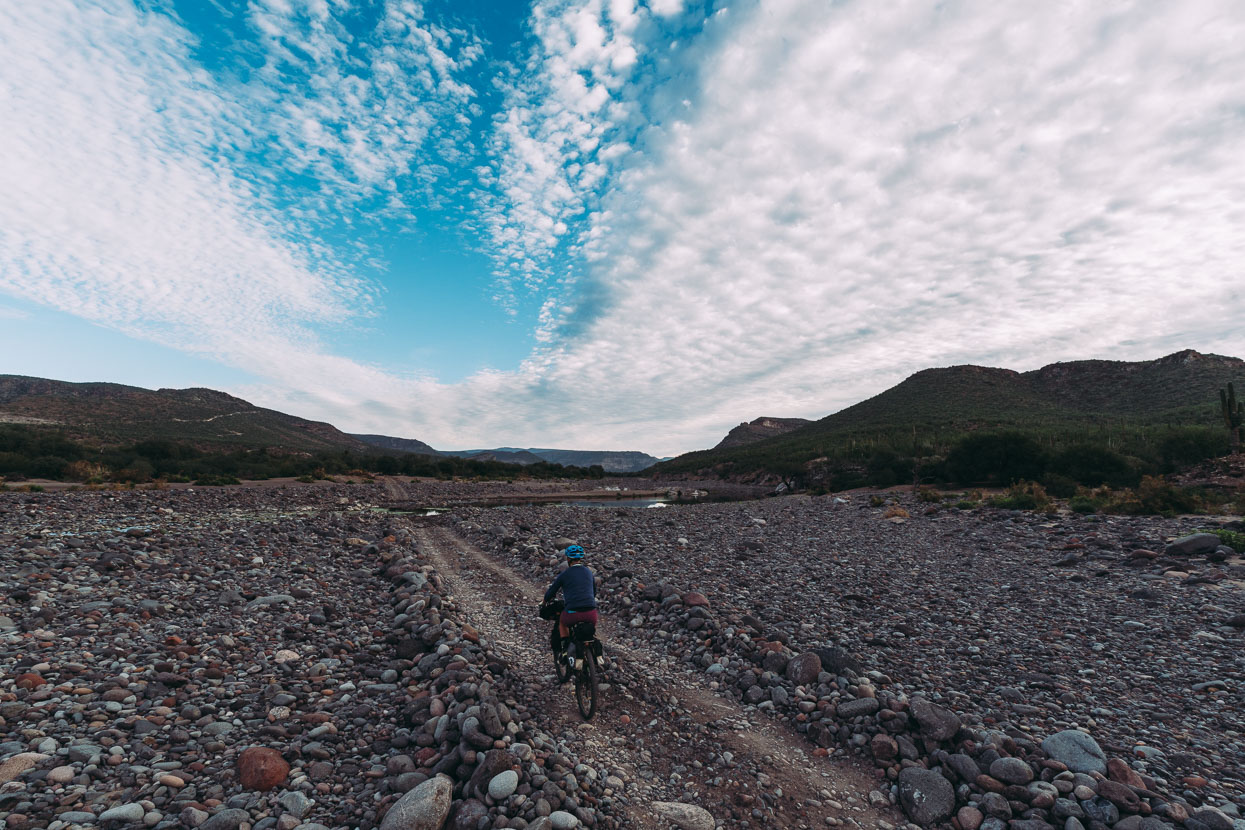
Frequent surface water makes a change from typical Baja conditions and it’s nice to have less weight on the bike. Especially as the rugged riding seems to gradually suck the power from your legs.
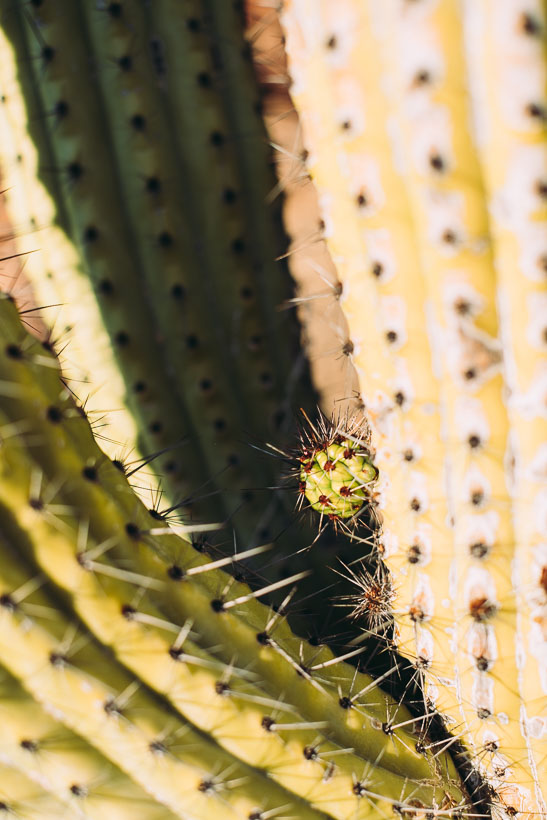
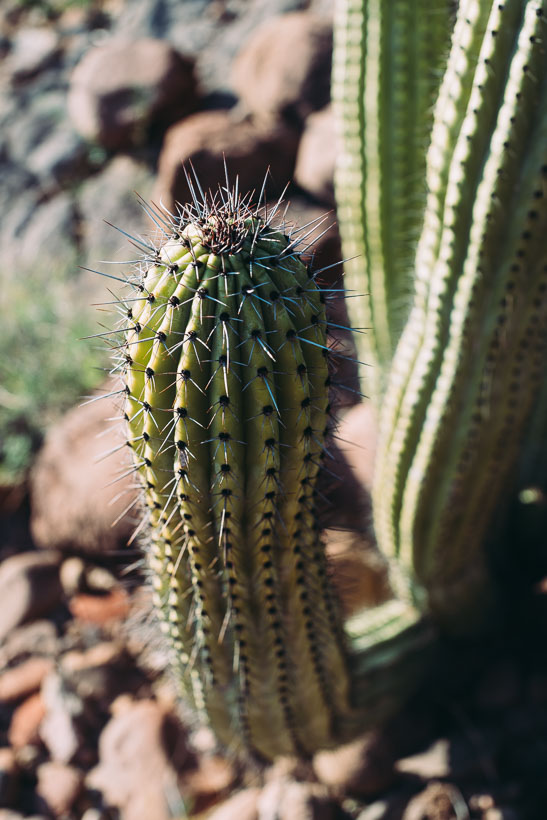
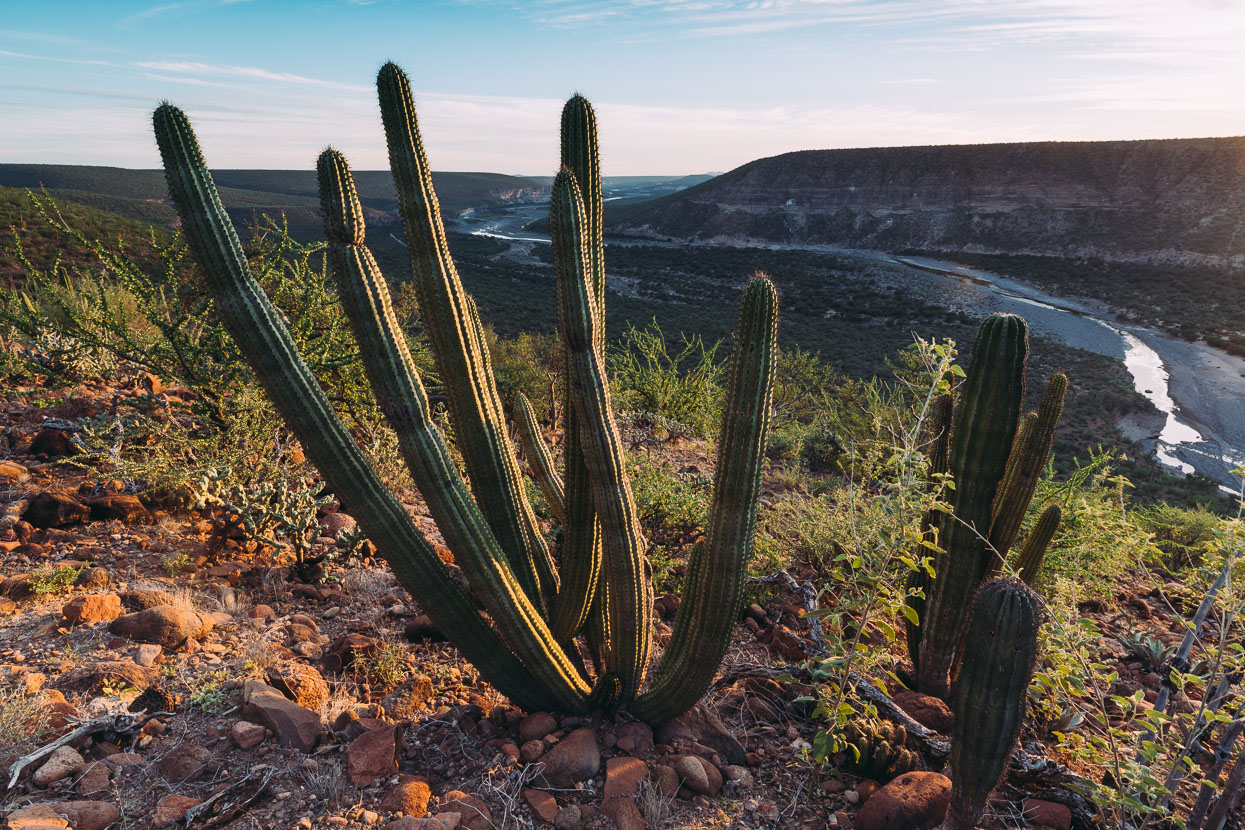
In the evening we hiked up a hill above our camp site to get this view looking down on the canyon followed by the Baja Divide route
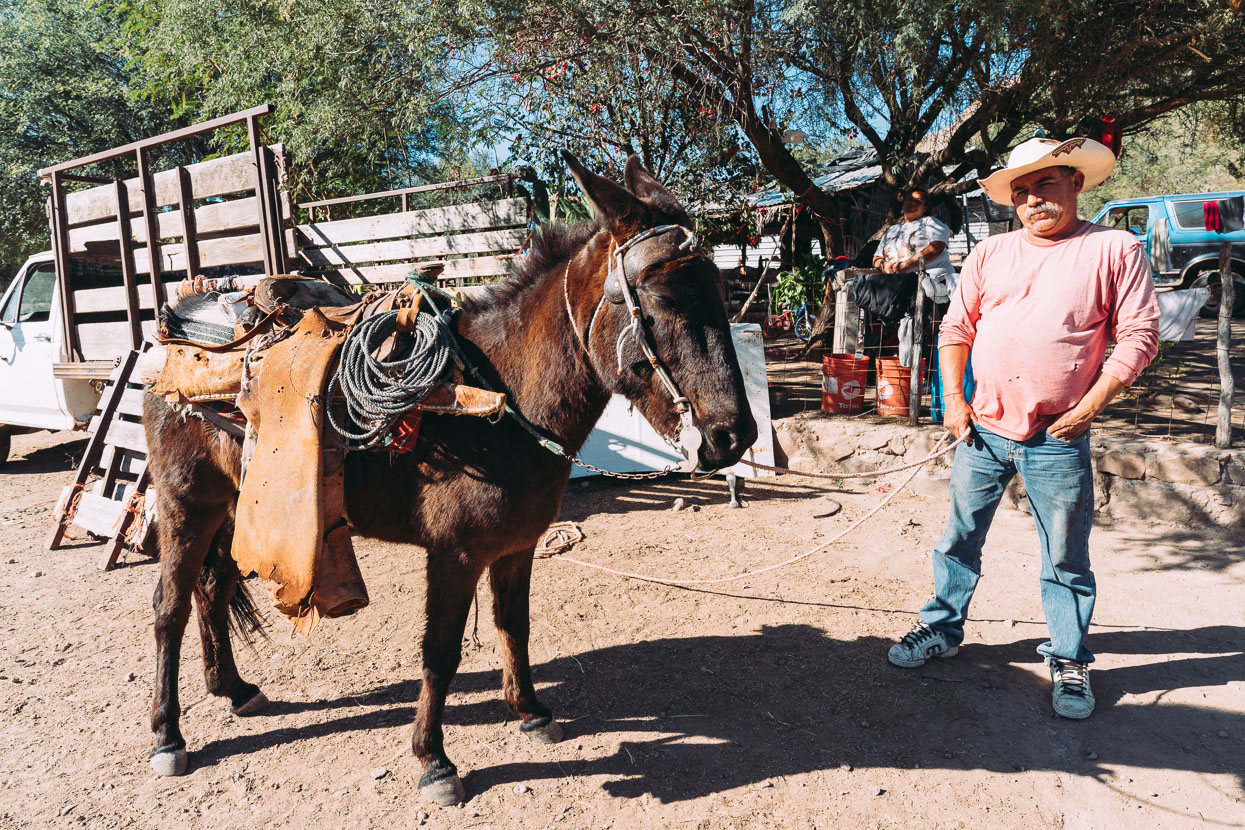
A local caballero about to head out to round up his vacas (cows) on his mule. The saddlery, chaps and rifle holster are all locally made.
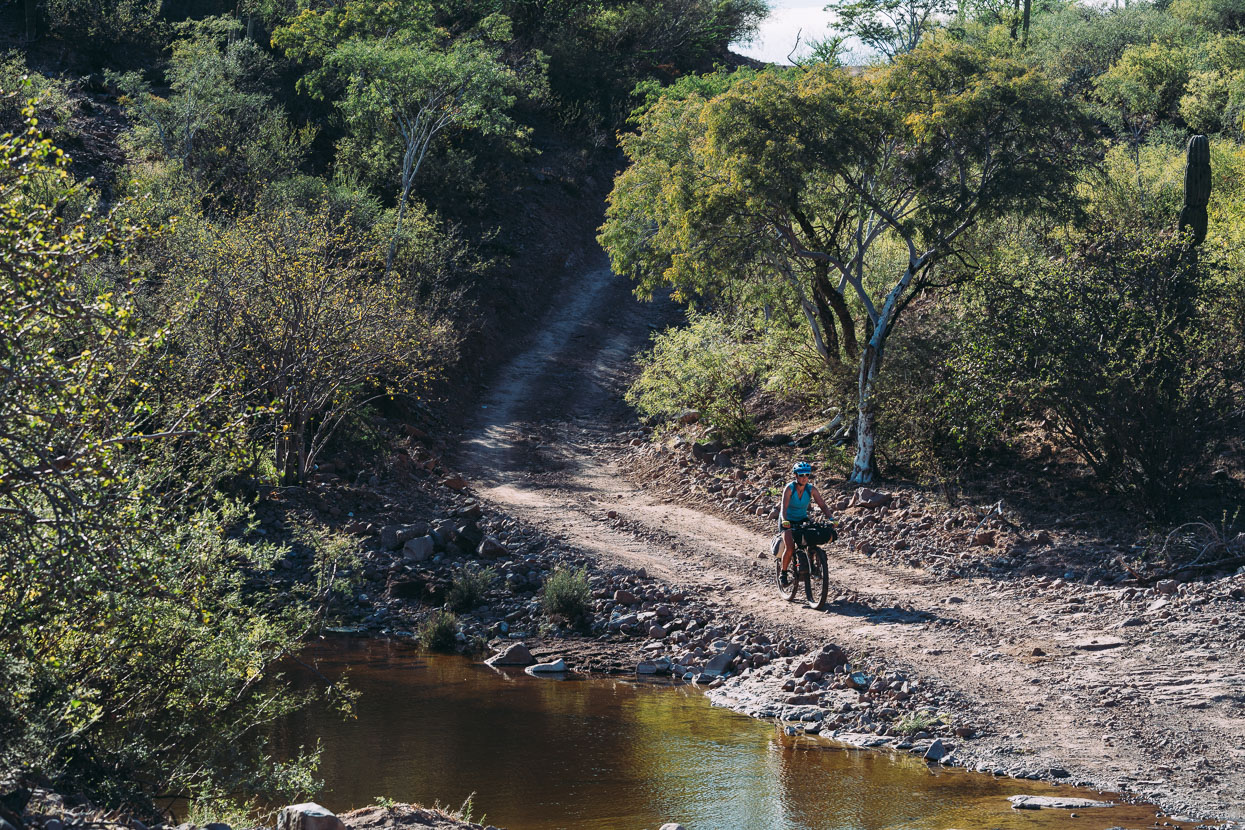
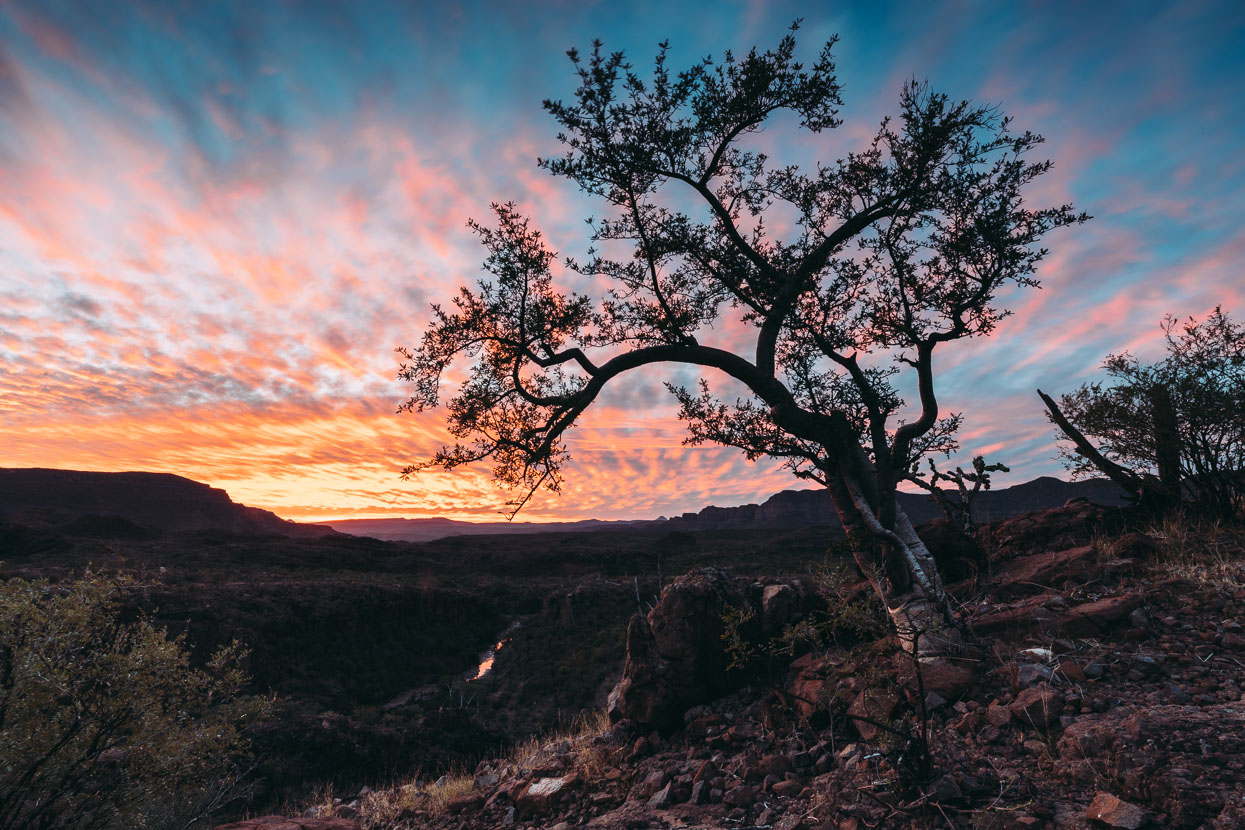
Eventually the road departs the canyon and climbs over small passes as it crosses the range. We camped a second night on the range – a perfect spot to witness an epic sunset.
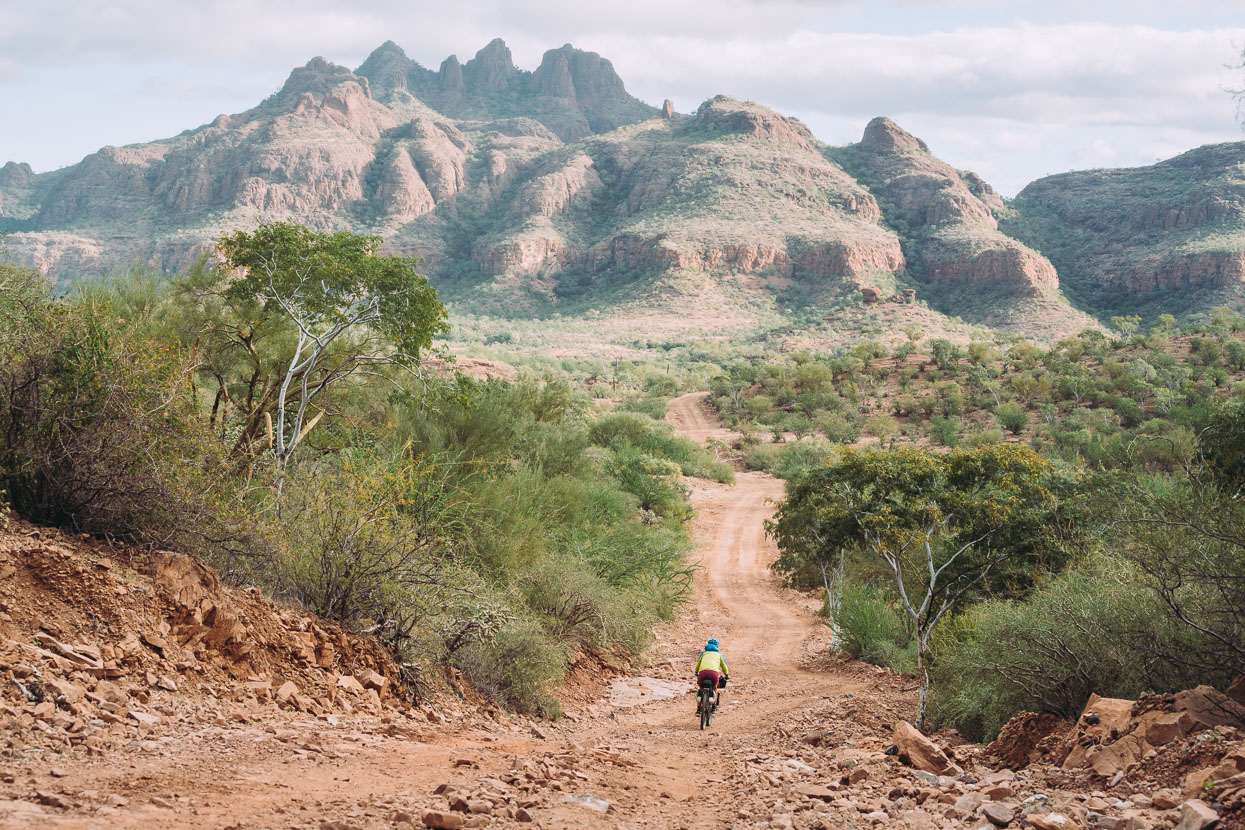
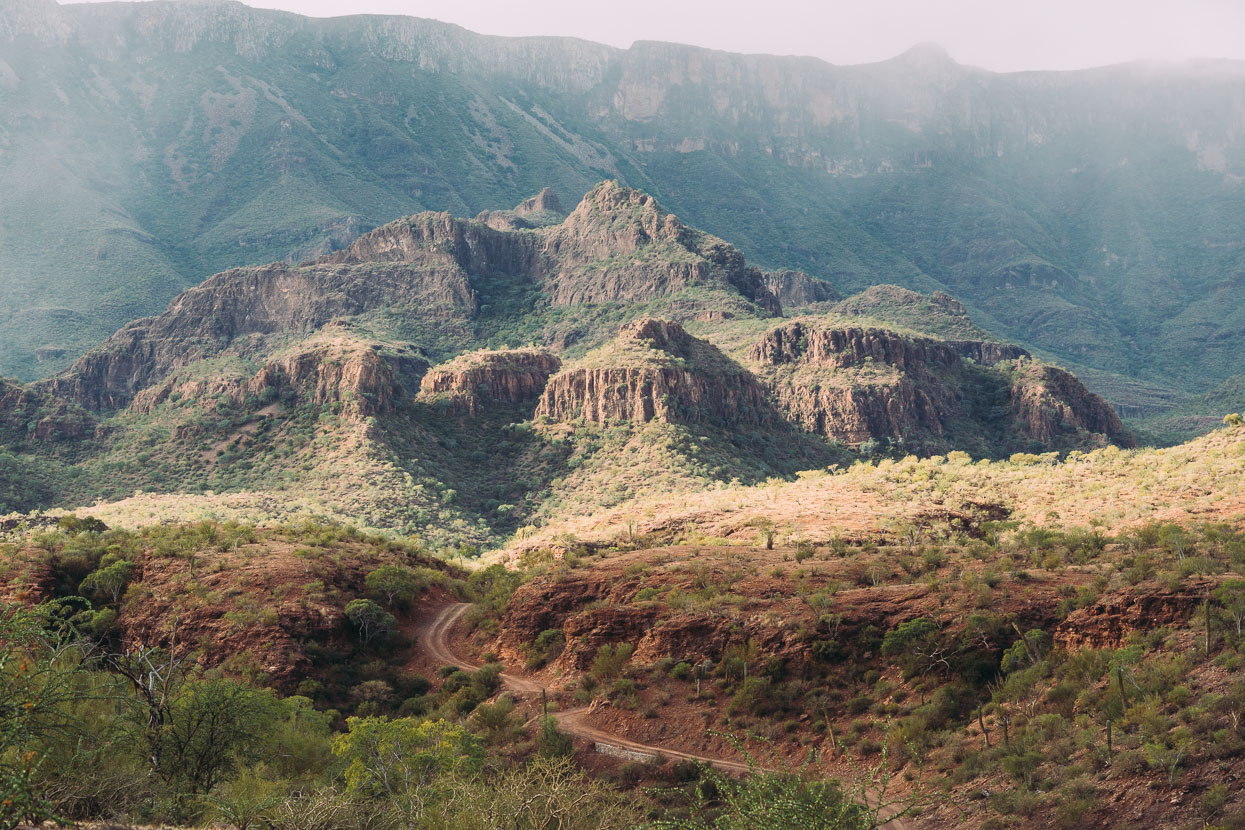
The final ride through the Sierra de la Giganta is nothing less than spectacular as the road descends (in a rolling sort of way) towards the coast.
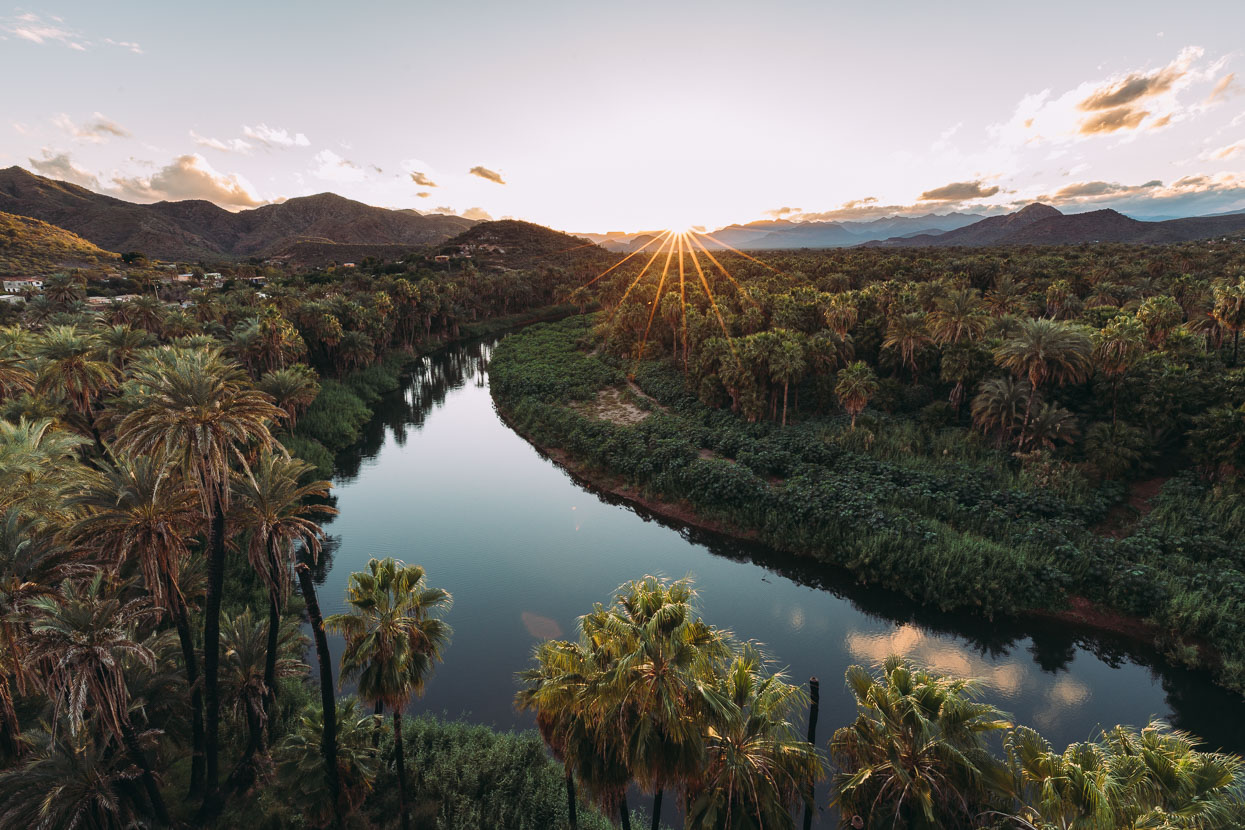
Like San Ignacio, Mulege is another oasis town with a very relaxed feel and an interesting maze of streets. The lush palms a marked contrast to the dry desert country.
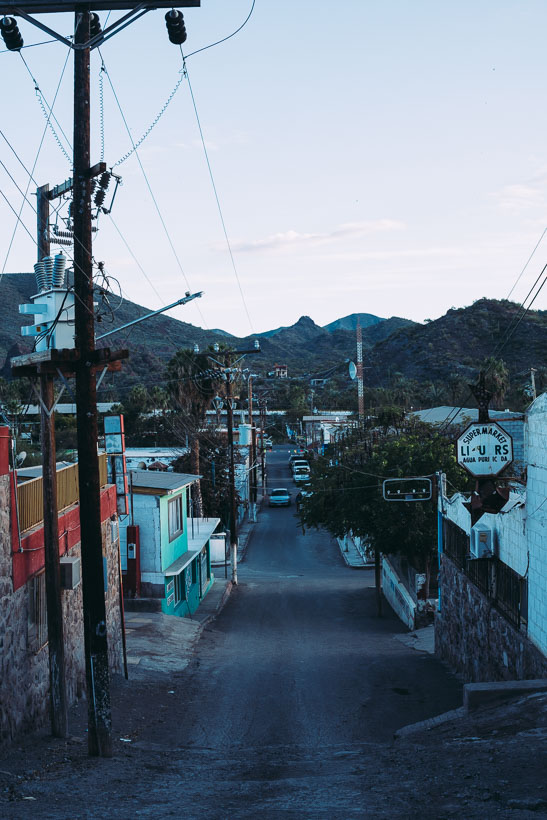
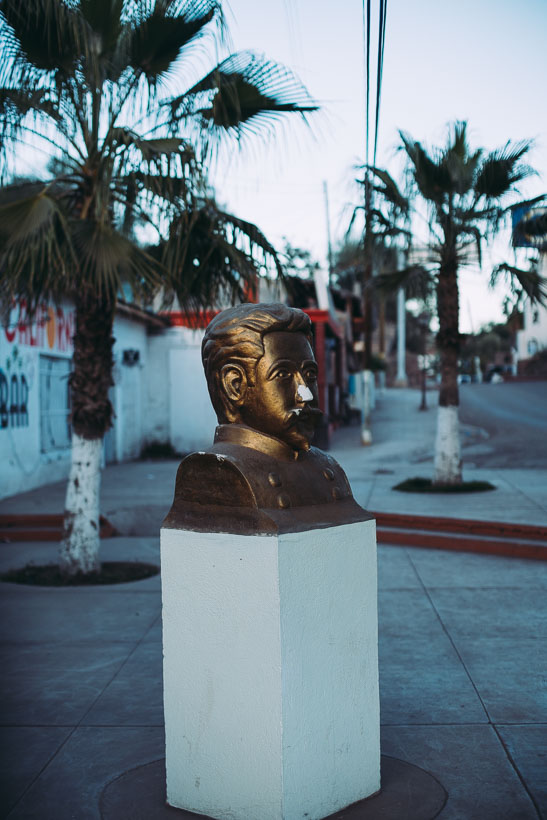
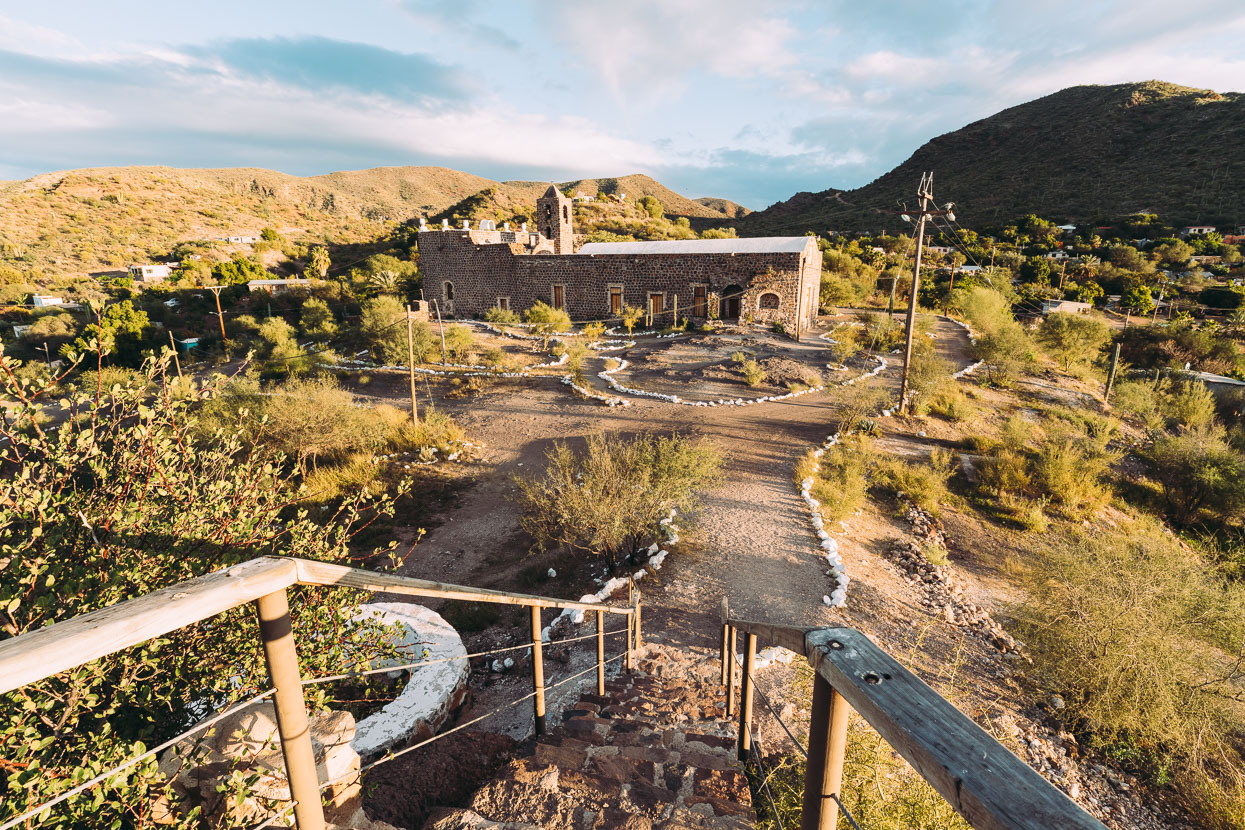
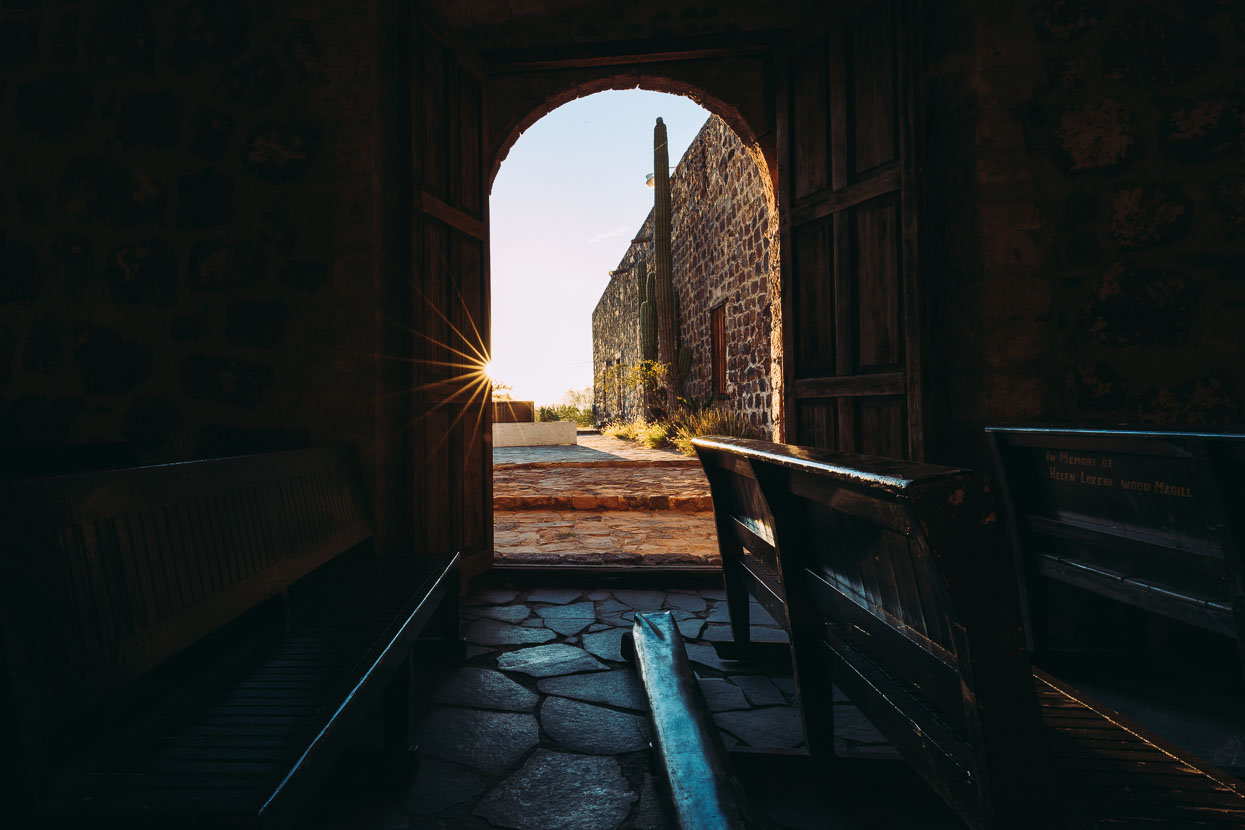
The Misión Santa Rosalía de Mulegé, founded 1705.
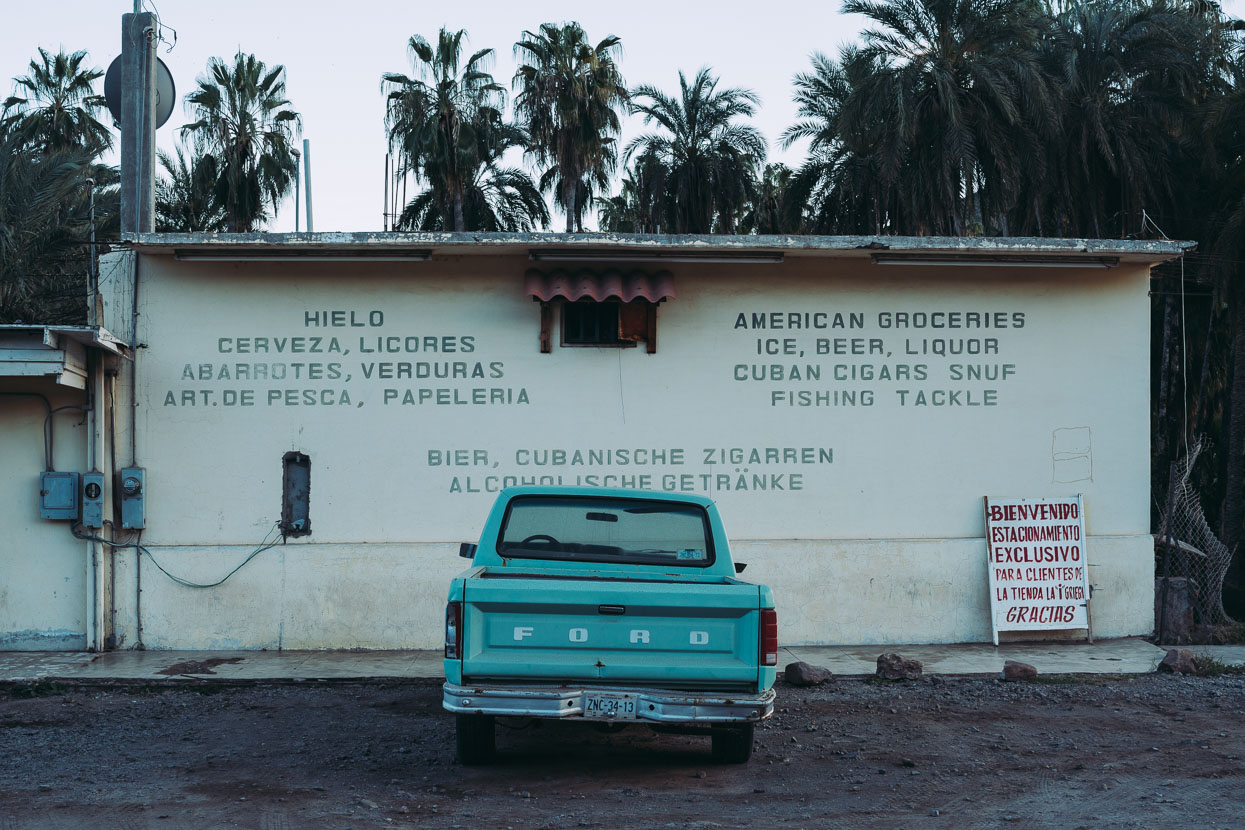
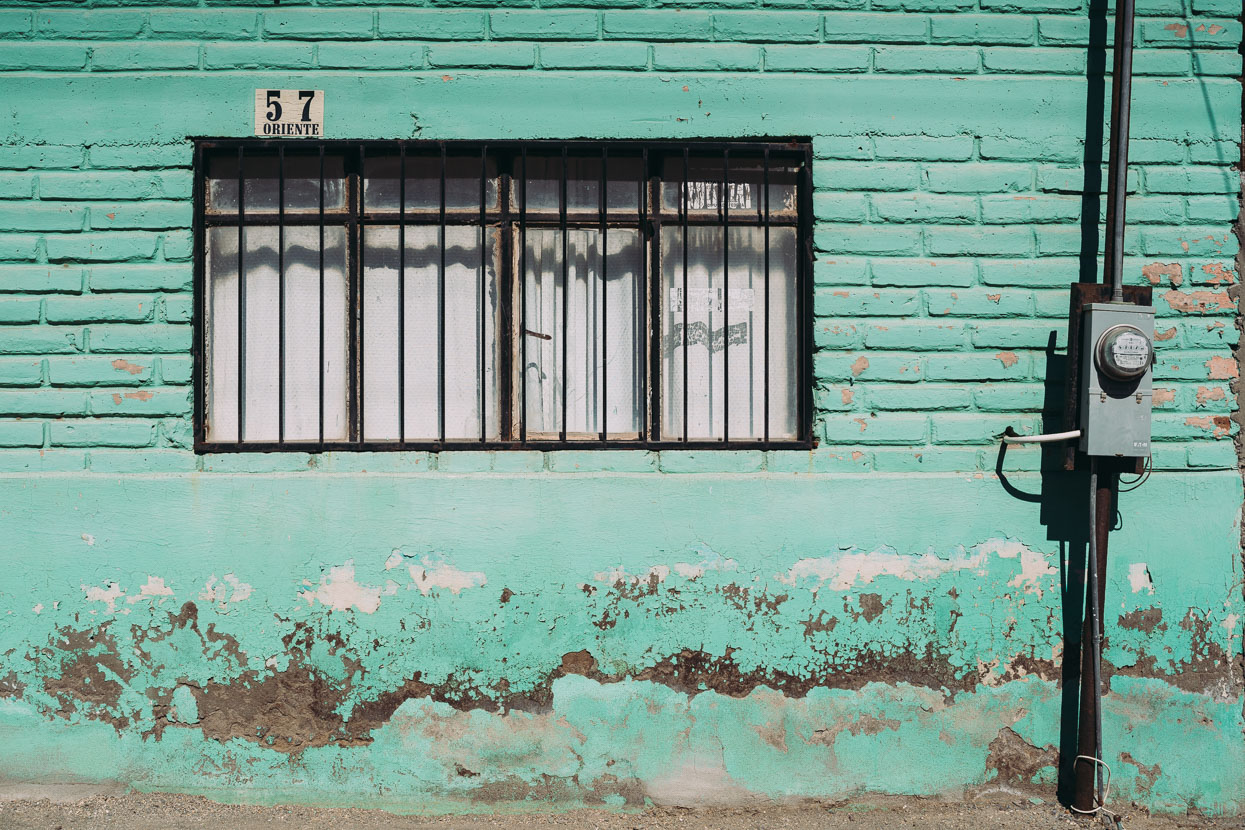
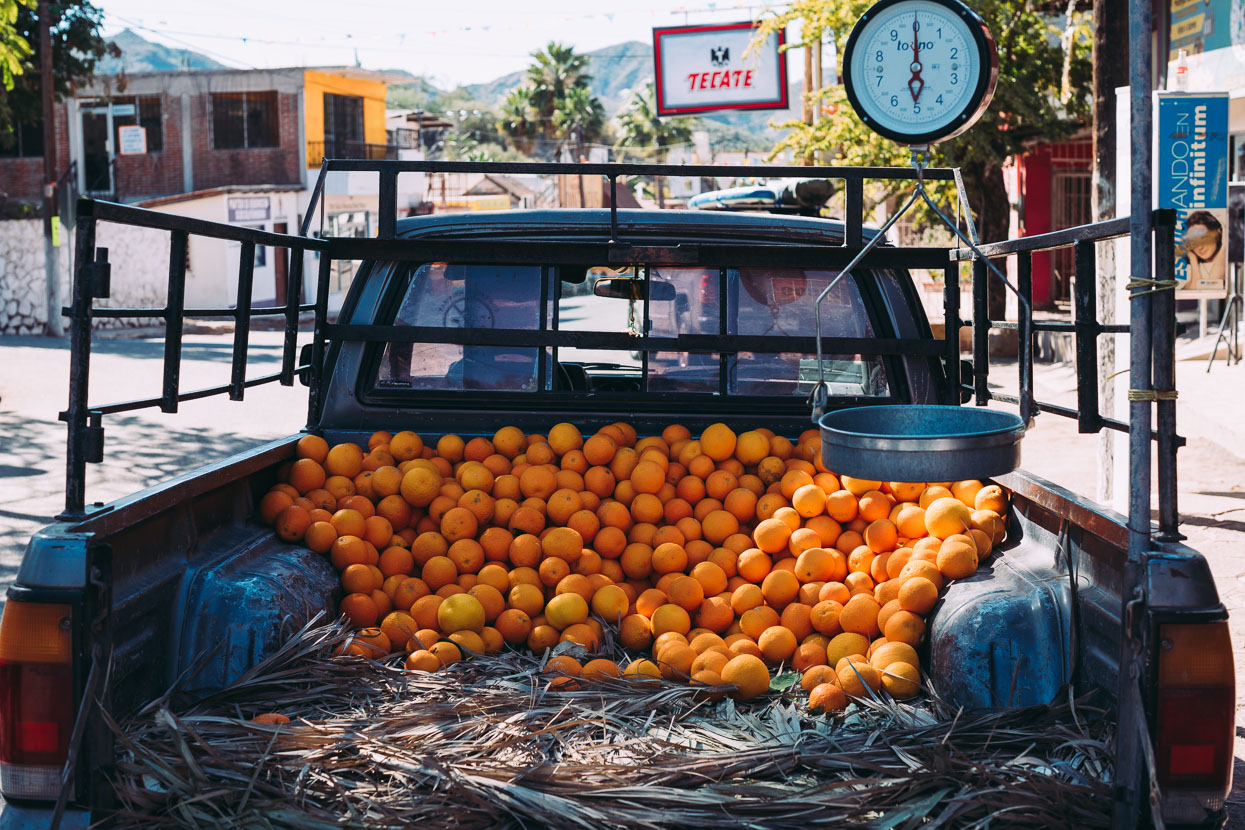
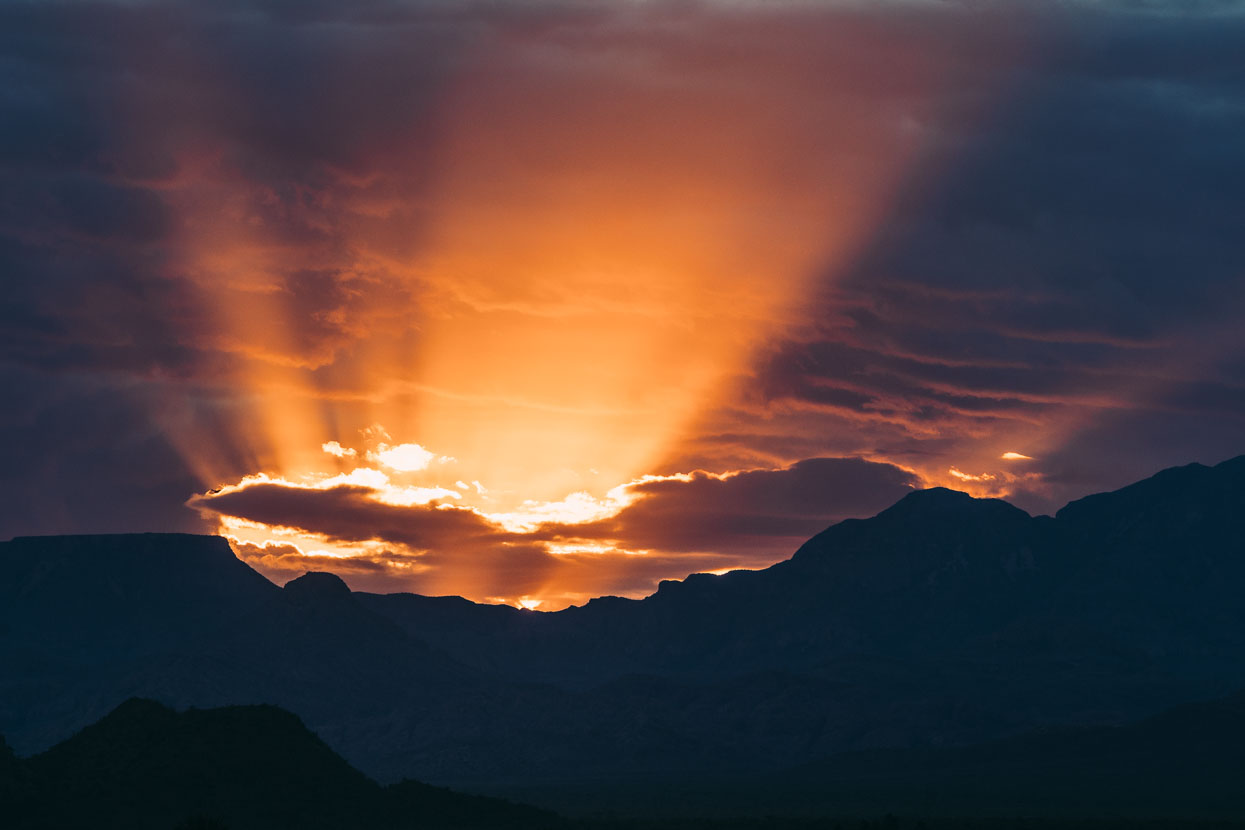
The sun sets behind the Sierra de la Giganta.
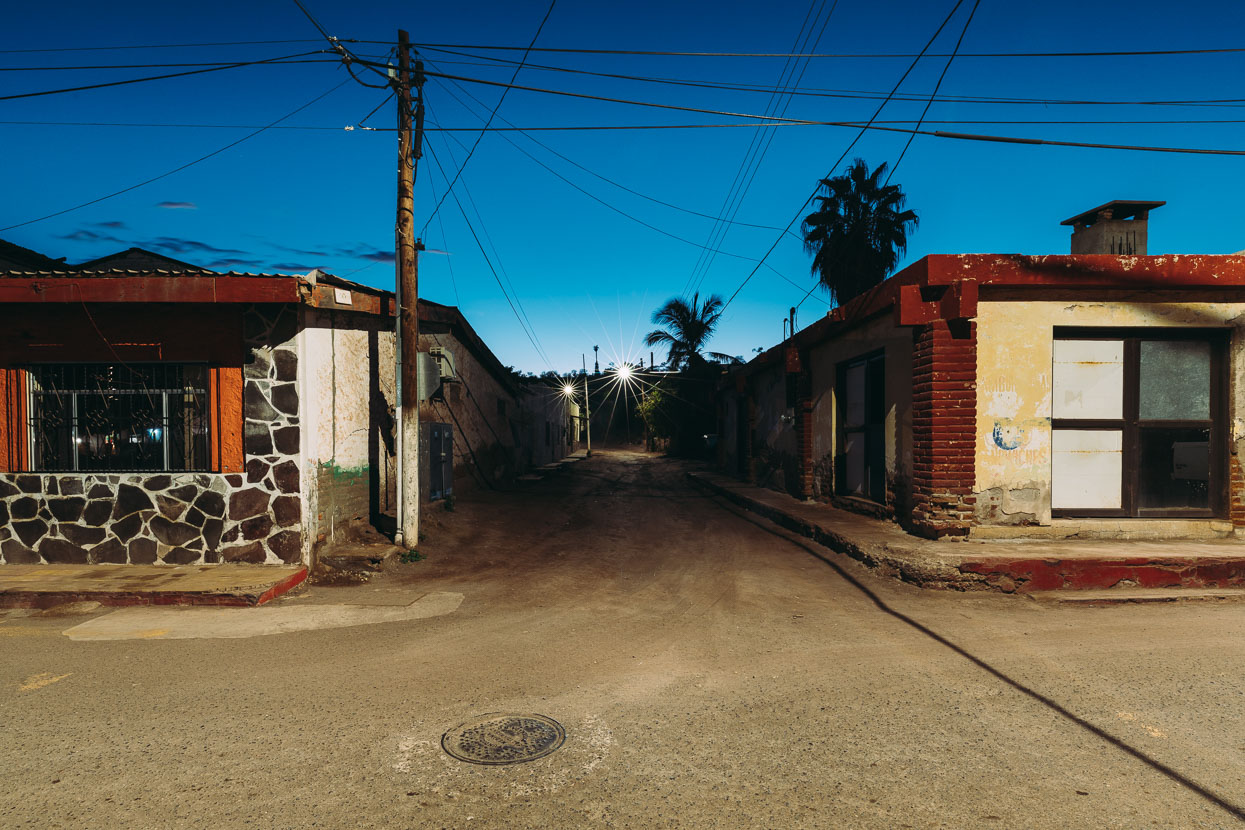
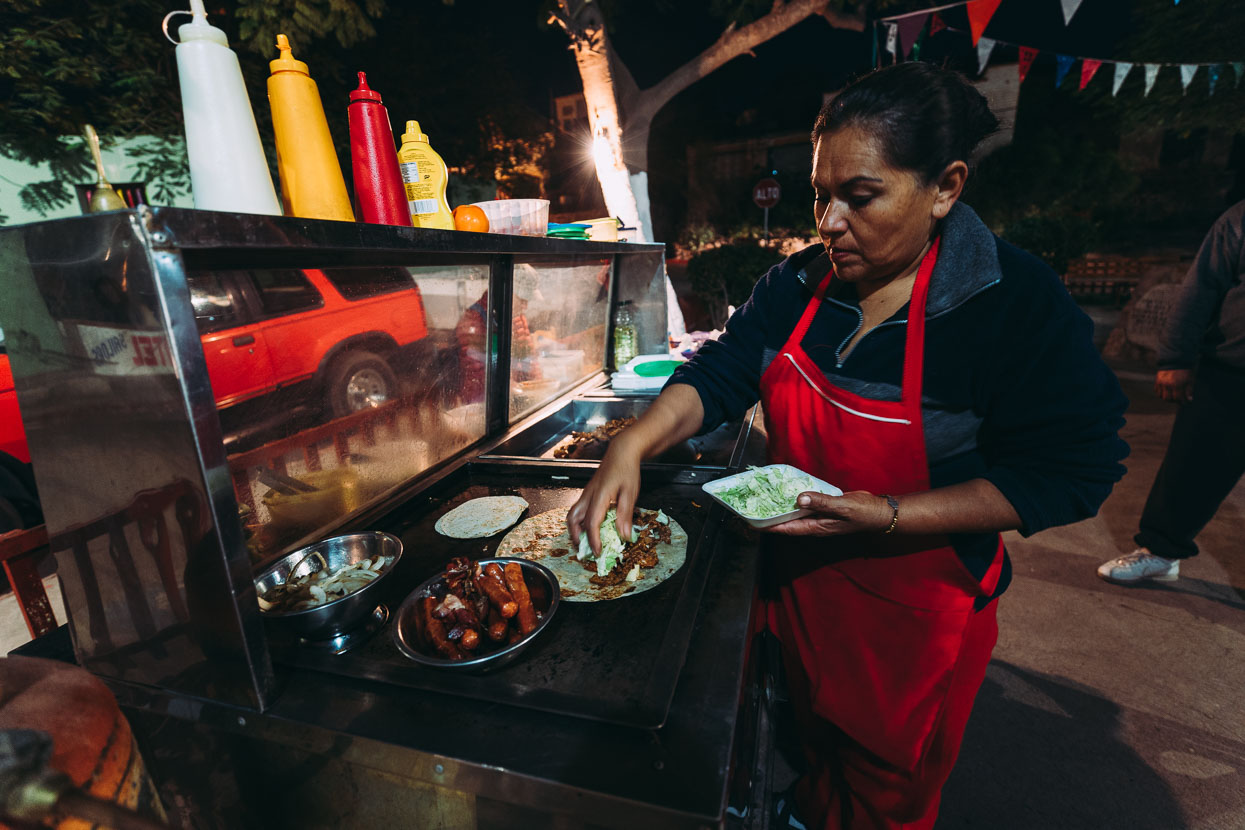
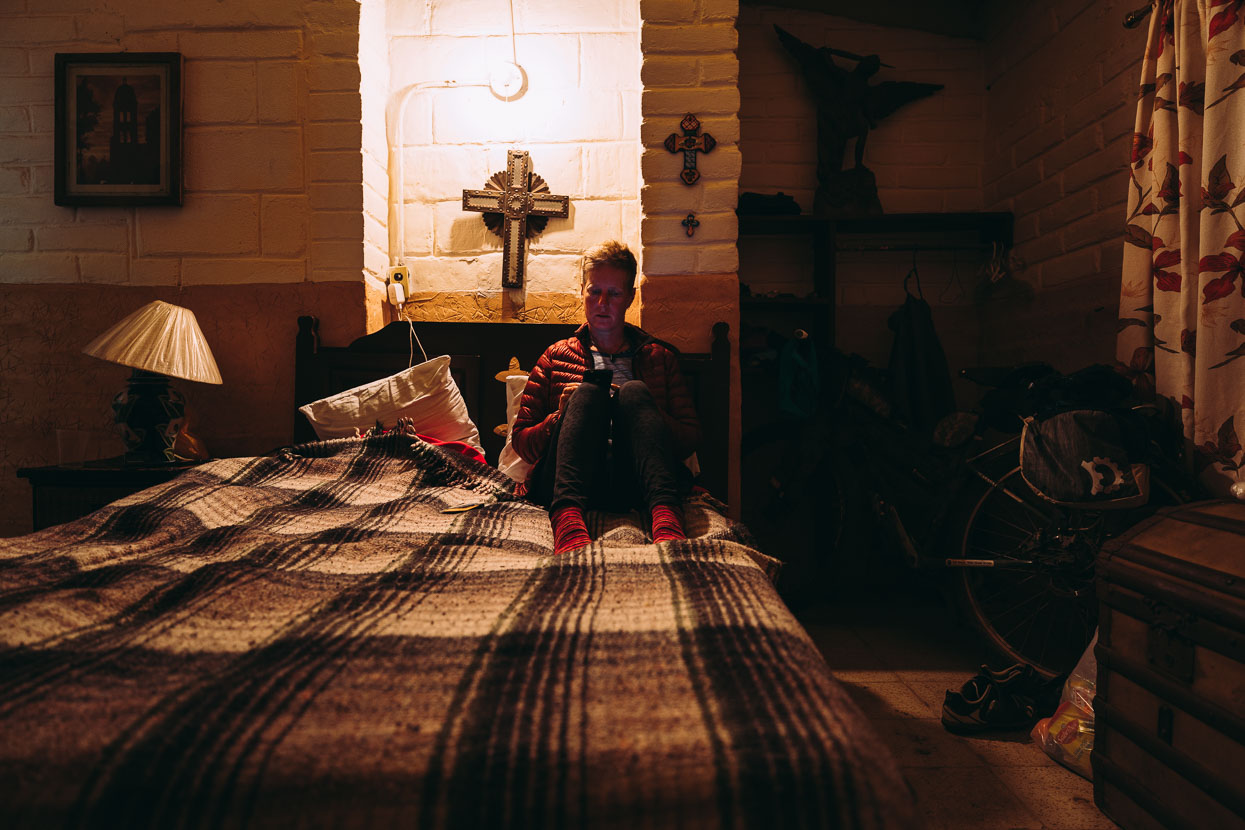
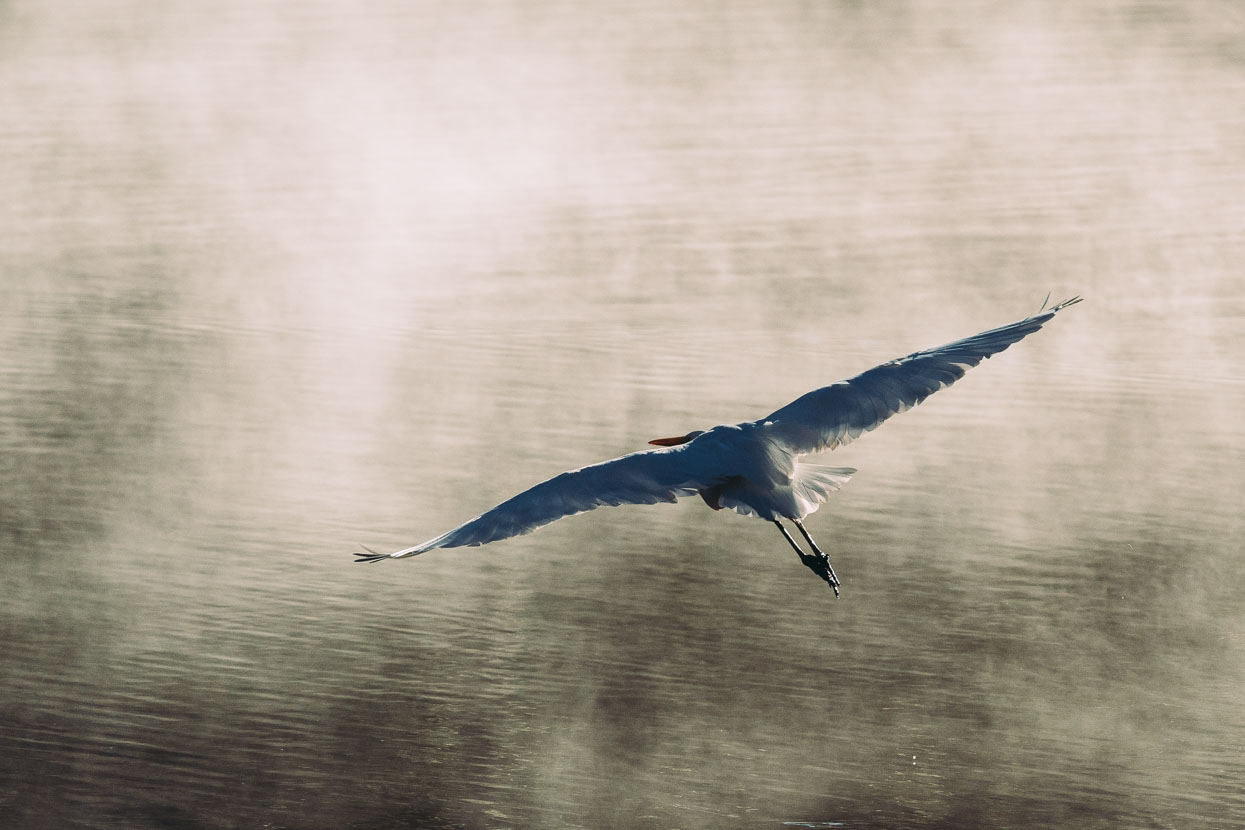
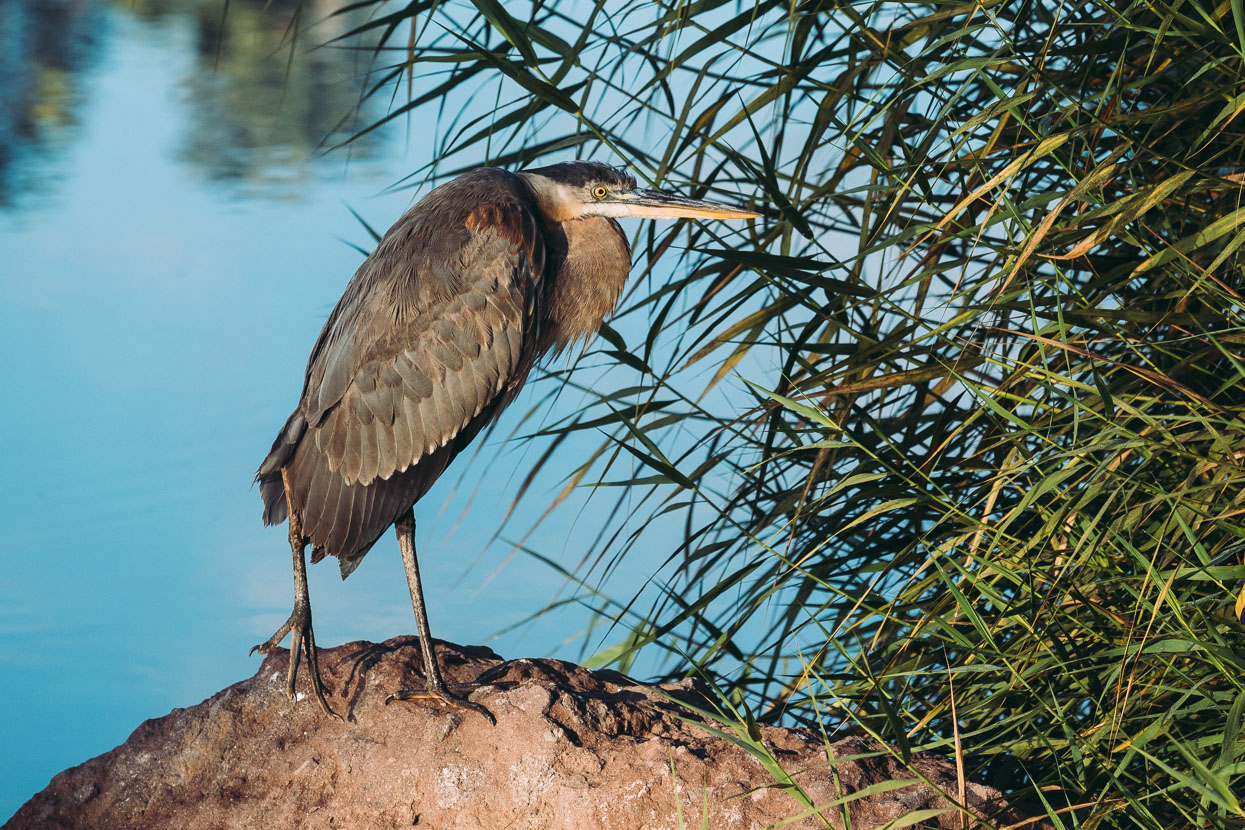
Thanks to Biomaxa, Revelate Designs, Kathmandu and Pureflow for supporting Alaska to Argentina.

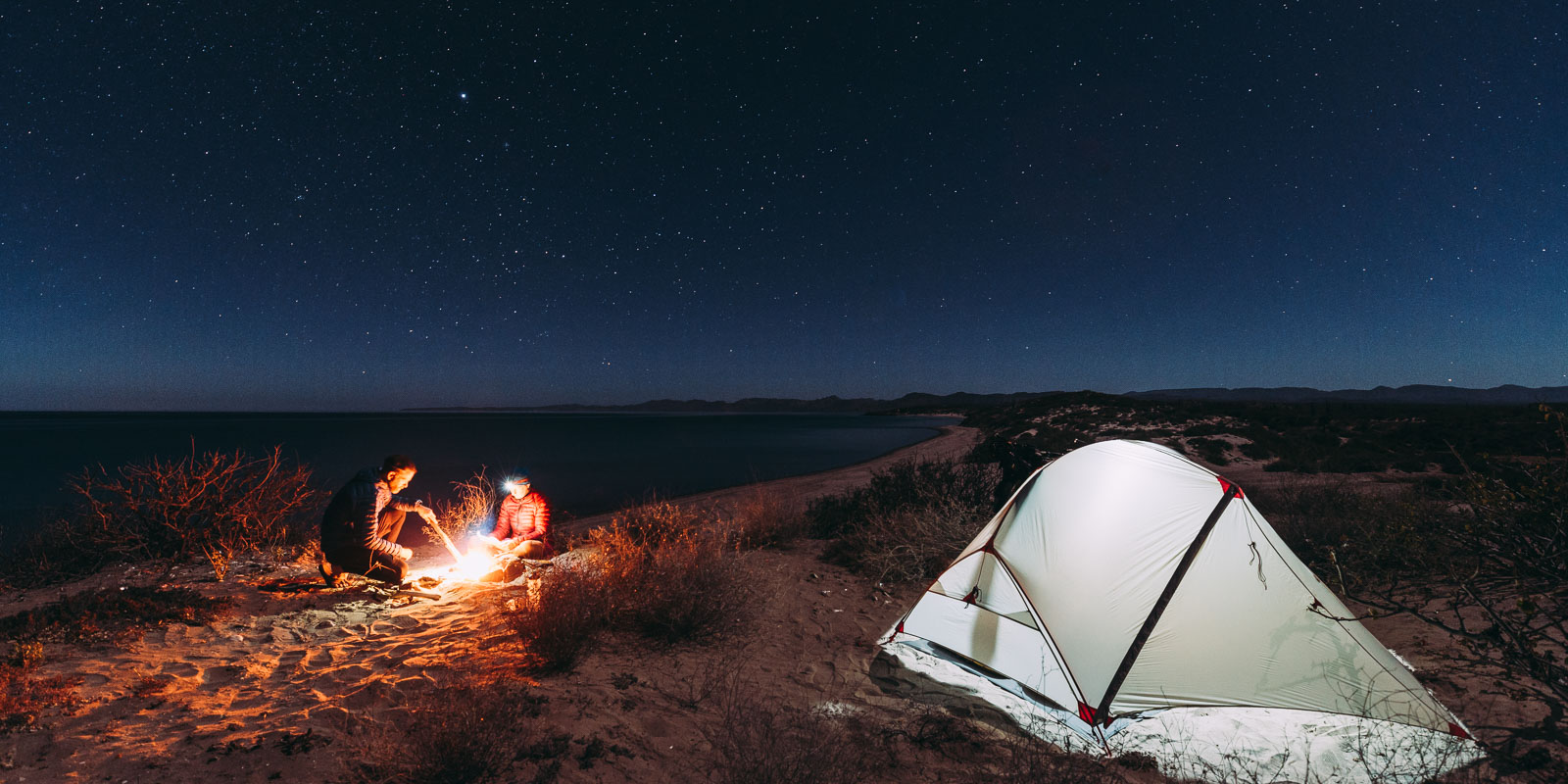







Fantastic photos!
srsly gorgeous photography. I’m already dreaming of doing the Baja Divide. Your photos are just making it worse ; )